the



My name is Nhan Phan, and I am the author of this collection of stories. A Saigon native, I have practically lived in the city for most of my life until recently, when I had decided to study in America under the backdrop of a global pandemic. After two years, I have returned to Saigon with a mission; a mission of self re-discovery.
After 1975, when the two halves of Vietnam were reunified after the end of the Vietnam War (or the American War from the perspective of Vietnamese natives), Vietnam entered an age of rebuilding and improvement. 11 years after the reunification of Vietnam, a “renovation” movement (Đổi Mới) introduced a new way of living for the country and forever transformed its image. The Vietnam I was born into was a result of the movement’s effects on everyday life. The Vietnam tourists see today is the culmination of decades of reformation in Vietnamese society as well as its image to the international community.
I was inspired by a conversation I had with my grandfather to begin this project. He asked me this question, “how can you better understand the Vietnamese culture and story? how do you define what “Vietnam” is?”
I was determined to answer this question. So I asked myself, “how do others see Vietnam?” Well, to tourists and foreigners alike, Vietnam is probably best known for Phở, or Bến Thành Market, or for its tourism in beach cities and historical ones alike. Over the past several decades, the image of what Vietnamese culture is like has been commodified, remolded, and stereotypicalized into something that does not fully encapsulate the true hidden beauties and intricacies within Vietnamese history and heritage. Then, I asked myself, “how do I see Vietnam?”
There is something that feels innately missing from the Vietnamese narrative that I had mentioned: a narrative about how Vietnam, after numerous hardships, had found its way to becoming a unified, modern nation. This notion of Vietnamese development is a notion that’s understood by most Vietnamese natives; yet, it is also a notion that’s not usually explored. Within this scope of rapid economic, infrastructural, and societal development are stories of the evolution of Vietnamese values and culture. Within the facade of a modern Vietnamese landscape are historical relics, wreckages, or remnants of a forgotten time.
Whether those relics be the permanent scars of soldiers who traversed forests to mountains, historical prisons and detention houses from wartime, to wreckages and ruins of cultural, communal symbols that had defined the communities it surrounded, all of these relics are in many ways vessels that contain valuable, unrecorded stories of past societies as well as earmarks of progress since post-war Vietnam. These are relics of Vietnamese history and heritage that I’m determined to rediscover in this collection.
I would like to acknowledge my own positionality as I embark on this project. Coming from a place of privilege, I acknowledge that I am privileged enough to have the resources available in order for me to travel, record, and produce this collection. I also acknowledge that the stories that I am trying to represent and discover are under different circumstances from my own; some circumstances include socioeconomic status, ethnicity, tribal identification, language, gender, etc. The retelling of these stories is not coming from a place of power, but instead from a place of empathy. I understand that representations are inherently unfair and unjust if the subject of representation does not have a say in how they are being represented; hence, I have made it a priority to ensure that the representation of the stories I come across throughout my journey is the fairest and most accurate representation possible.
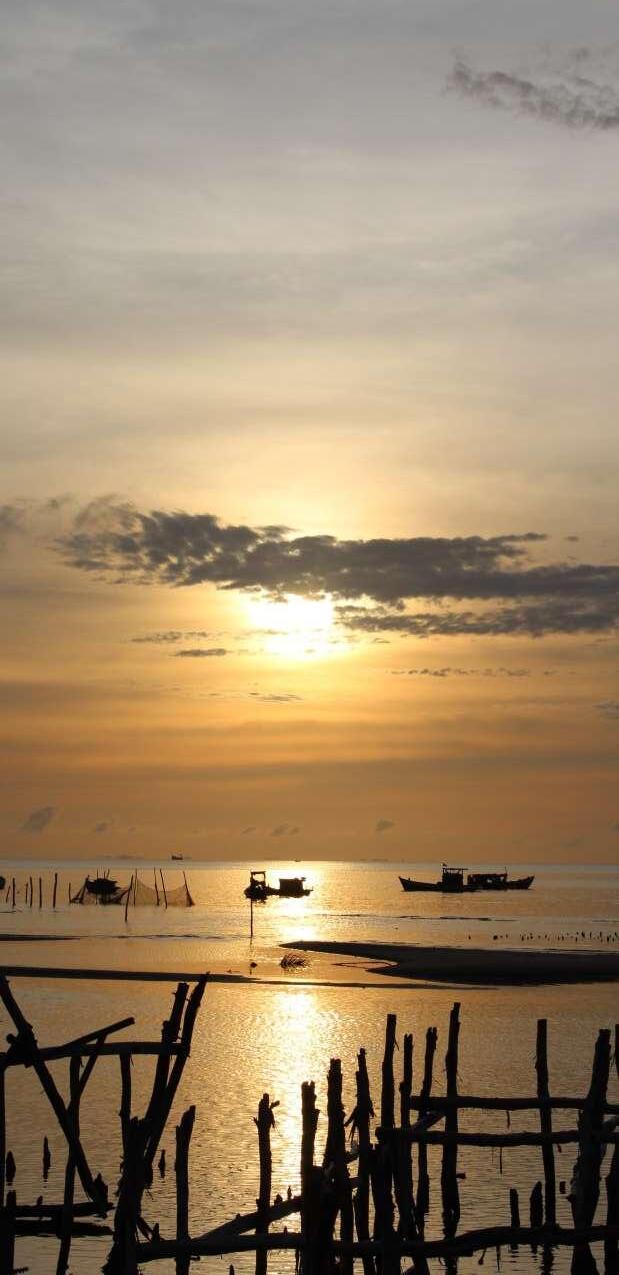


Lần đầu về Phú Quốc thân yêu


Mảnh đất vườn tiêu trổ lưng đồi
Rừng sim chín mọng tươi đằm thắm
Ngọc trai lóng lánh ánh trăng trôi
Hòn đảo lung linh trước biển khơi
Lặng lẽ hiên ngang giữa đất trời
Vươn mình như đà đang lướt sóng Đảo ngọc long lanh thật rạng ngời!
Nguyễn Quang Tuyến, from his poem “Phú Quốc Thân Yêu.”
A map of Phu Quoc and auxiliary islands during 1897.

Source: BNF Gallica, Cochinchine francaise. Arrondissement d’Hatien. Plan topographique de l’ile de Phu-Quoc, 1897 by Henry Barrer (1865-1930)
Phu Quoc is Vietnam’s largest island. It is thought that the first settlers upon the island were fishing populations migrated South and settled on the island for its vast supplies of natural resources. The name Phu Quoc back then meant “land of riches.” When the French ruled over Vietnam, Phu Quoc was designated as a commercial hub down in the South within the Kien Giang region. After the French rule ended and through several territorial disputes with China and neighboring Cambodia, Phu Quoc finally belonged within Vietnamese sovereignty. In 2020, Phu Quoc was officially designated to be a part of Kien Giang province.

Bún Quậy is a staple dish of Phu Quoc, though it originally was not invented on the island. It is believed that when midland settlers moved to the island, they bought the dish with them. There are several main components to the dish. The picture above shows the chef spreading a paste which consist of minced shrimp and fish with a bit of rice and spicy herring eggs onto the side of the bowl. This paste is usually prepared and minced overnight; the fish is usually bought either the night before or during midnight when fishing boats load fish and other seafood onto the island. Afterwards, the chef puts freshly boiled rice noodles into the bowl, whole squids, shallots and/or spring onions into the bowl. He then pours boiling water into the bowl, which cooks both the fish paste and the squid.

The dipping sauce is usually a mix of sugar, salt, lime juice, and fish sauce. Chili or chili oil is usually added for those who would enjoy a little bit of spice. The result is a flavorful, delicious, tender bowl of noodles with fresh, chewy meat-paste made from local seafood. There are several restaurants to eat this staple on the island, but this place, Bun Quay Binh Dung 2, is among the oldest on the island itself: a testament of timeless taste.
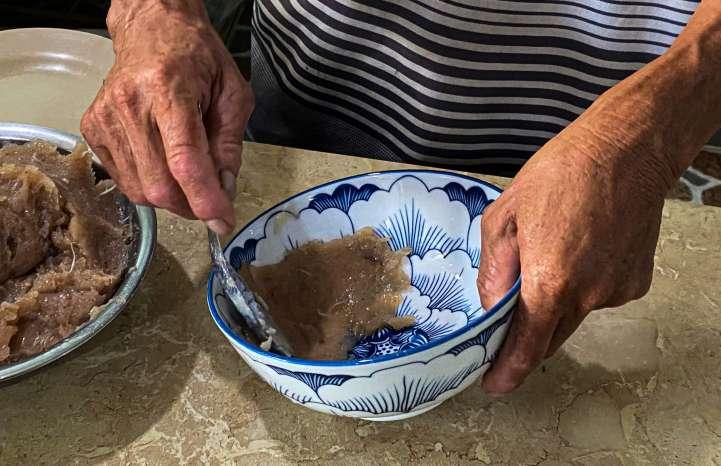

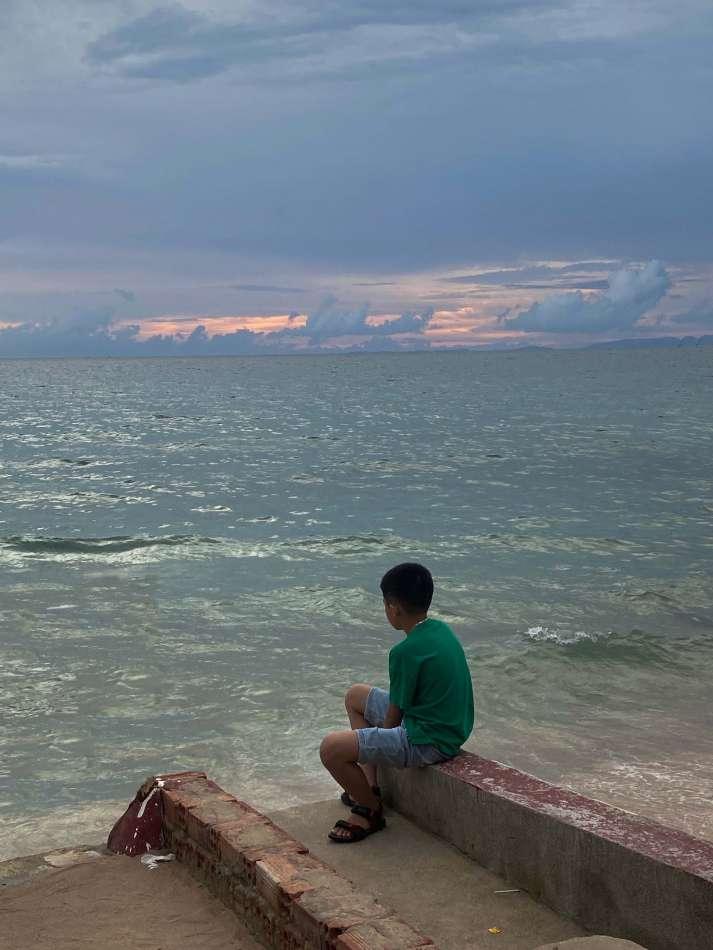




Phu Quoc carries within it an ethereal beauty, a beautiful combination of nature and humanity, of culture and serenity, of peace and noise. Only from looking at the city in the sky can one truly appreciate the authentic identity of this island beyond its initial tourist appeal.
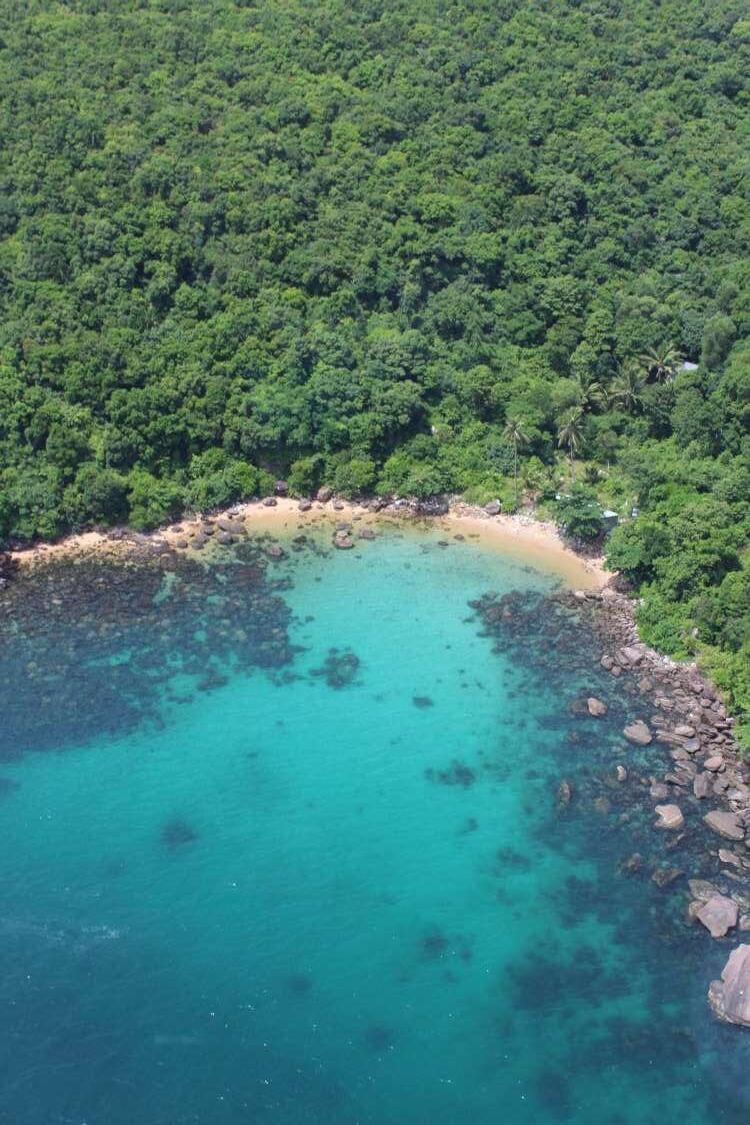
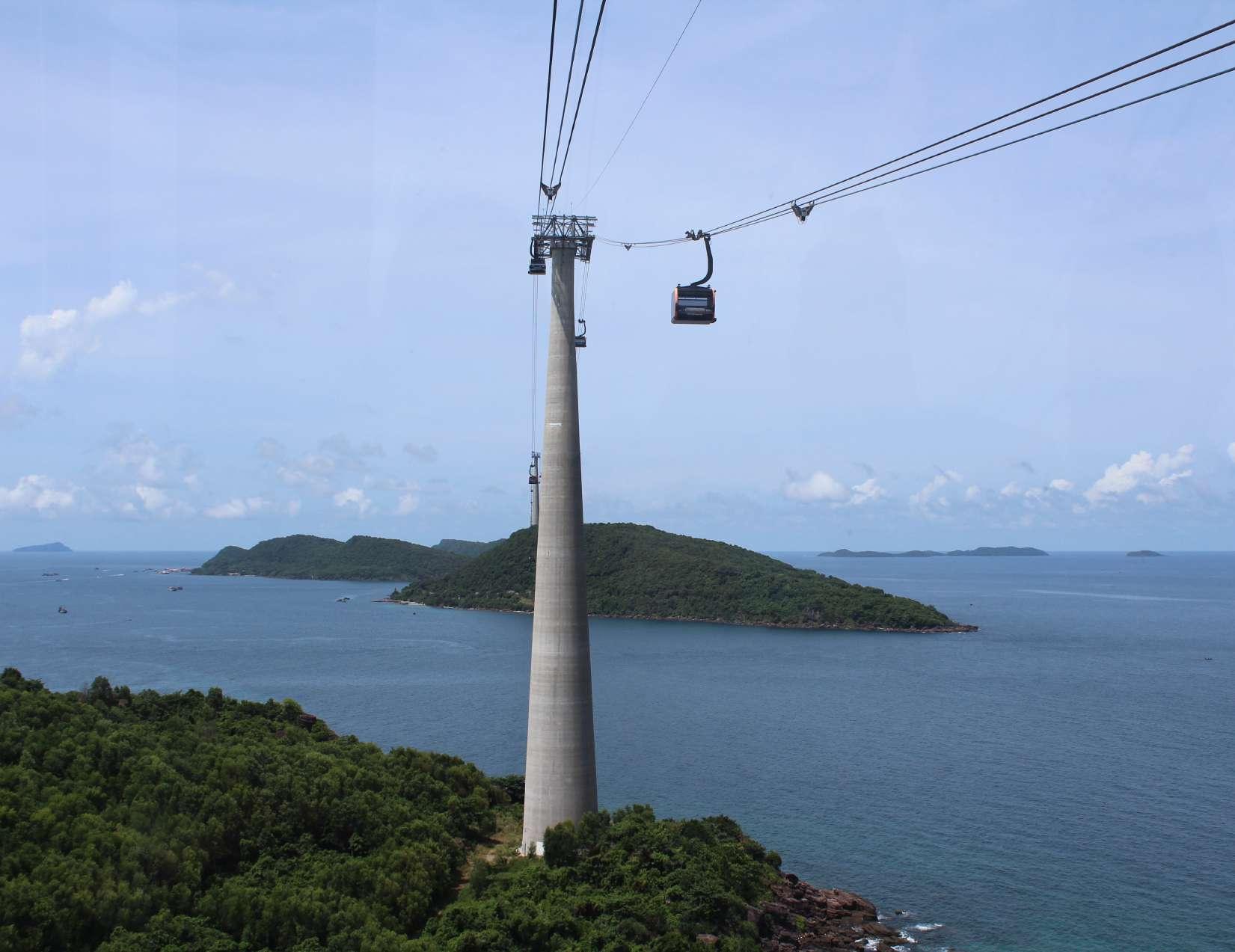
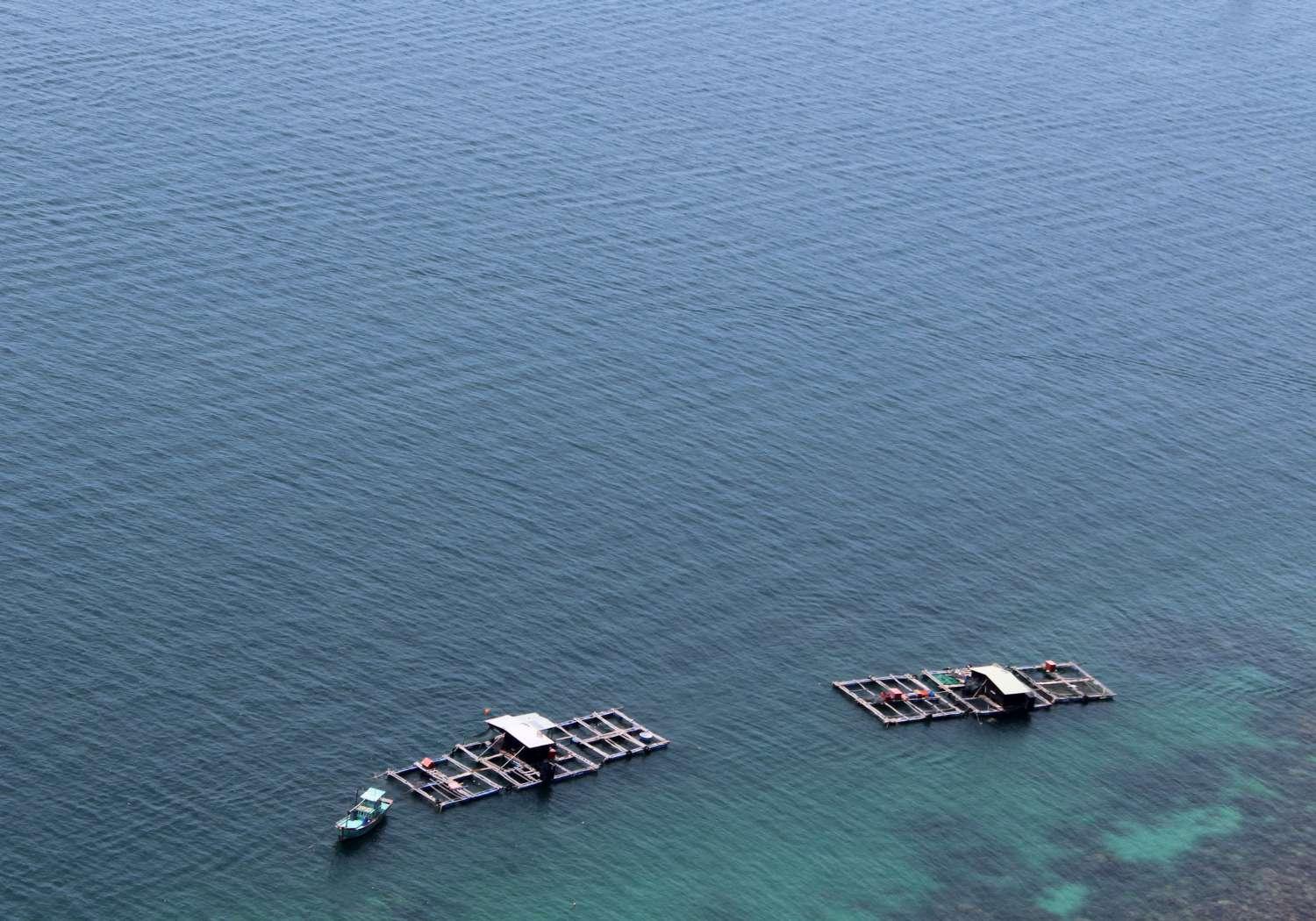
At the break of dawn, sleepy locals awake from their slumber and prepares their market stall for a busy morning...

...carrying freshly cut flowers in their best yellow and orange coats, wearing fancy plastic dresses...

… and freshly caught fish and shrimp and squid from the previous night by fishermen in navy coats and straw hats…


… into the local market. A local had just arrived with her boxes of fresh fruits and vegetables from the main market, as vibrant as ever.


And then I saw this bridge.
 Ham Ninh Pier Bridge, Phu Quoc
Ham Ninh Pier Bridge, Phu Quoc
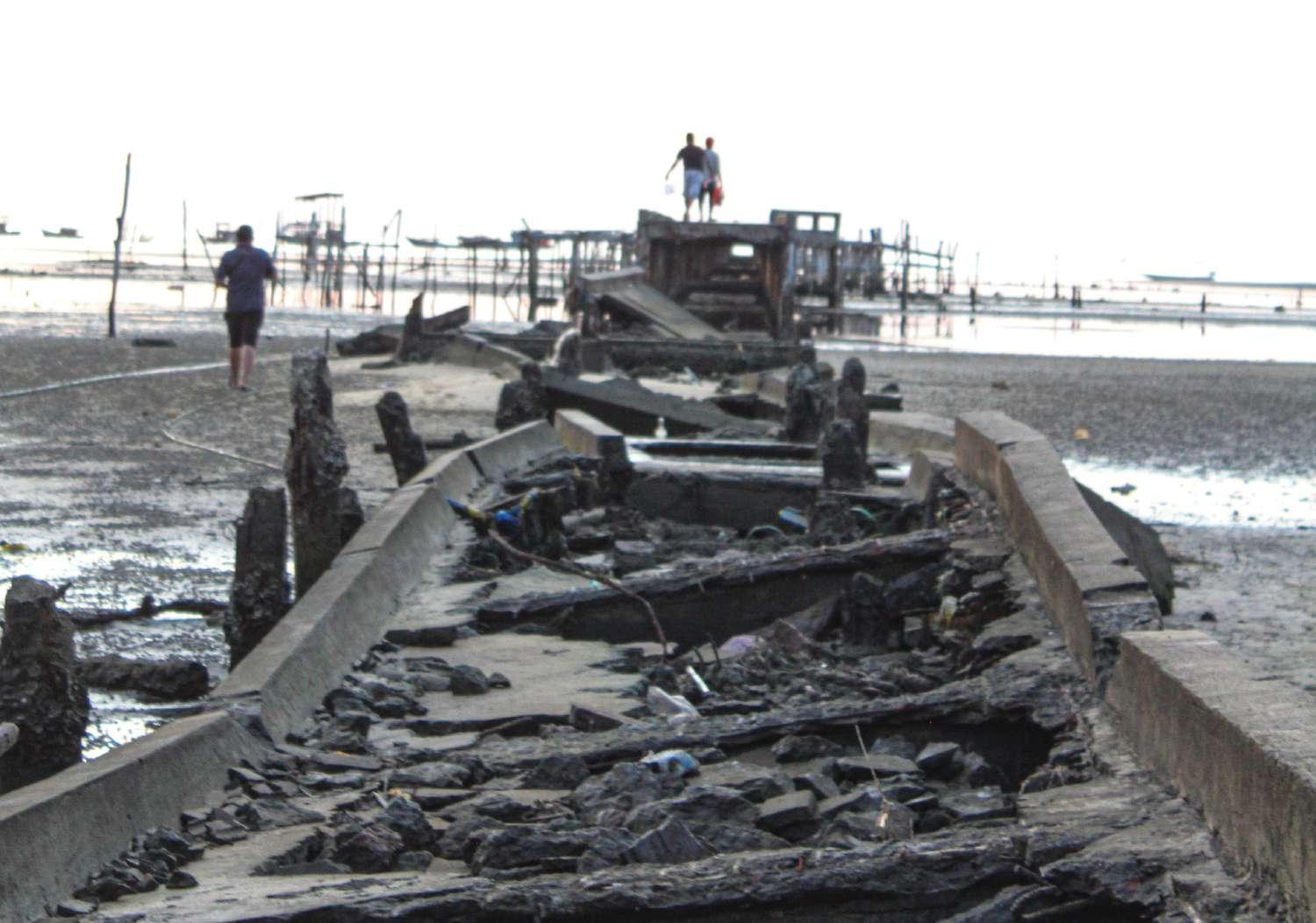
I saw the ruins of a bridge that meant a lot to the people who once lived nearby, trashed in plastic bags, candy wrappers, and thrown into oblivion.

This bridge was the childhood of many people. Some used this bridge to go to school. Some used the bridge to play hopscotch with their friends. Some used to help fishermen collect fish on this bridge.

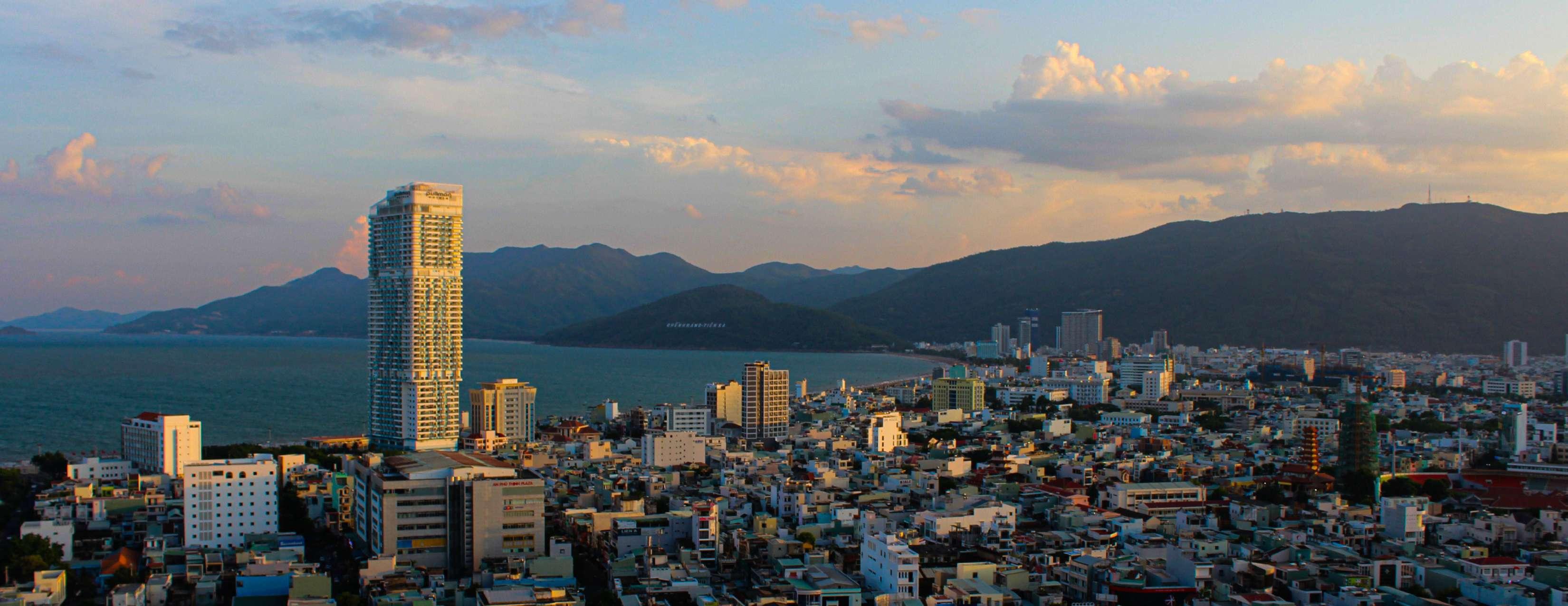


Quy Nhon, to me, is home. I missed its emerald beach and sitting on the beach itself at the Surf Bar (on the side of Xuan Dieu St.). I made my way back to Quy Nhon to reunite with my extended family. It is where my grandparents on my fathers’ side reside; my parents met each other in the city. Taking the train back home, I just can’t help but to feel excited to witness how the city changed since the last time I visited (over two years ago).
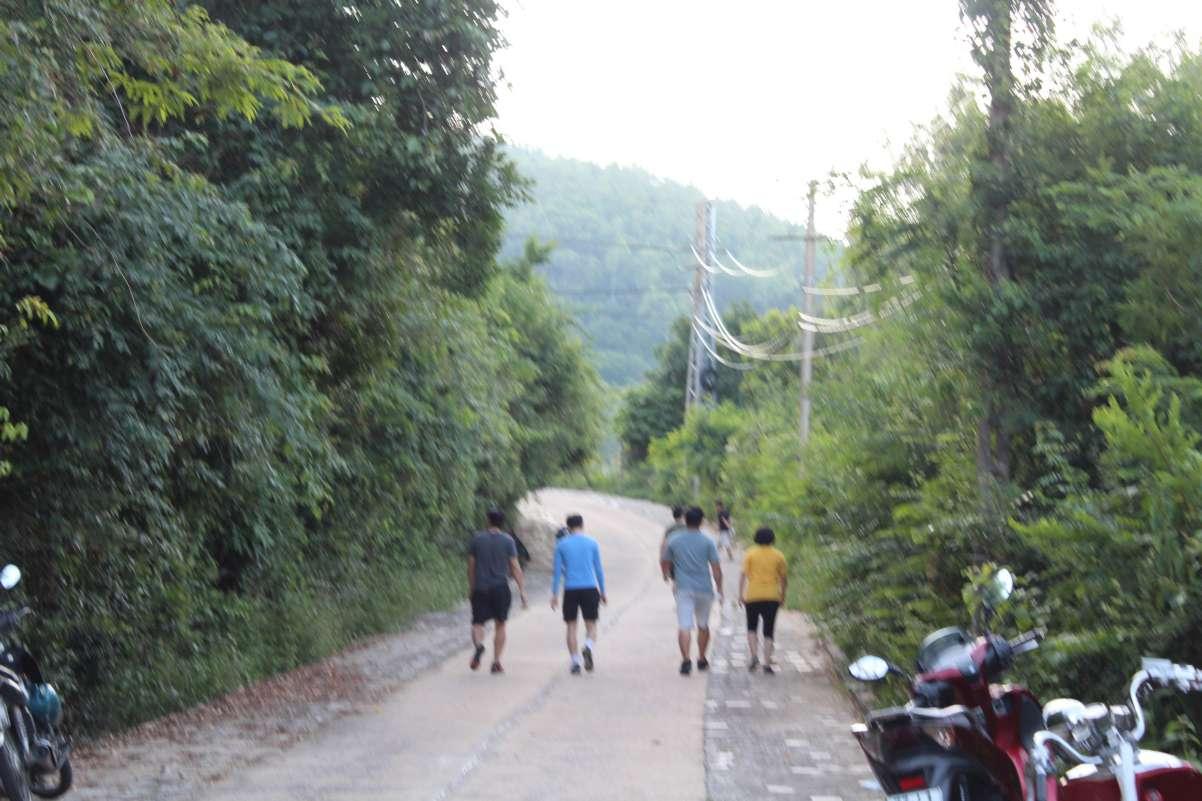
Quy Nhon’s history dates back to just over 400 years when the area was first established under a similar name. The Cham Pa civilization inhabited the area since the 11th century and handed it over to the rule of the Tay Son Dynasty from the beginning of the 18th century. At the beginning of the 20th century, Quy Nhon began its process of urbanization after King Thanh Thai declared Quy Nhon a city in 1898. Schools, hotels, restaurants, hospitals, and roads were erected, turning Quy Nhon into a fully developed hub in the area. Before 1975, Quy Nhon was part of the Southern territory and after the liberation in 1975, the city was a part of a designated prov ince. To this day, Quy Nhon is one of Vietnam’s most famous beach cities.

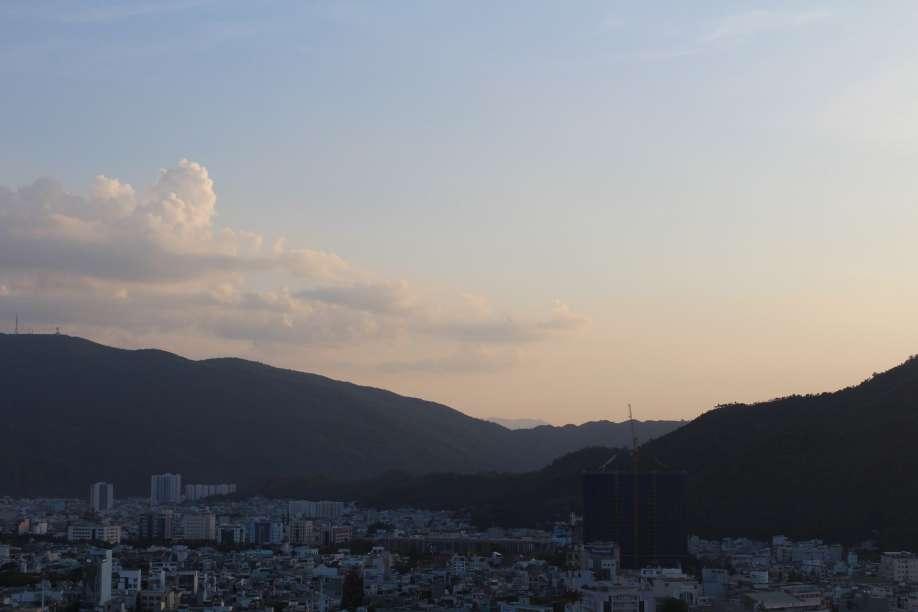
Busy travelers with their rucksack bags anxiously await their train...


Hearing the arrival bell, passengers rush to their cars like flocks of ducklings scrambling to their nest


Stopping on the way to buy loaves of Banh Mi and trackside snacks for their children



A family of three traveling to Dieu Tri for their summer holiday.

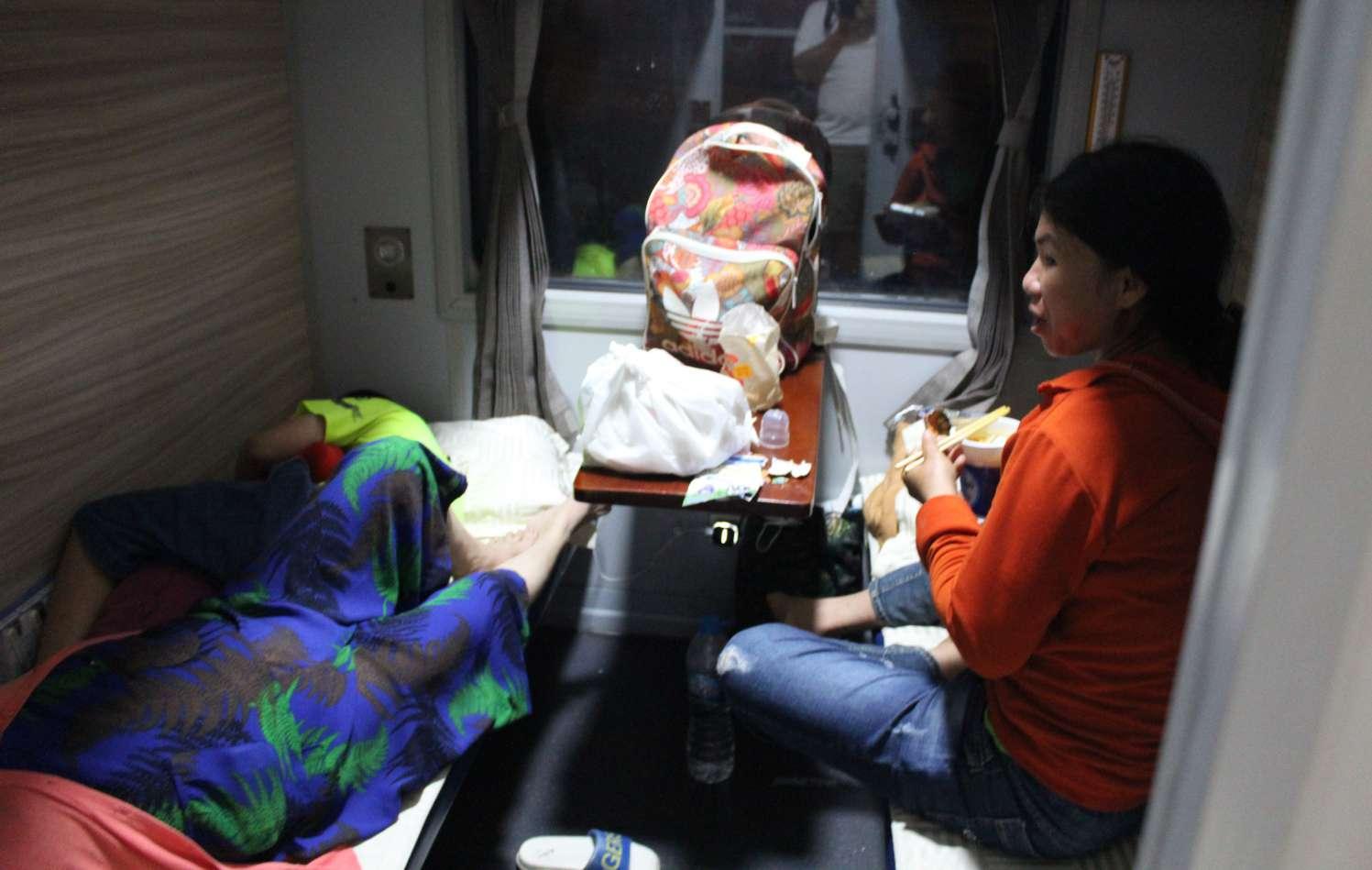

A family returns to Tuy Hoa to reunite with their extended family.
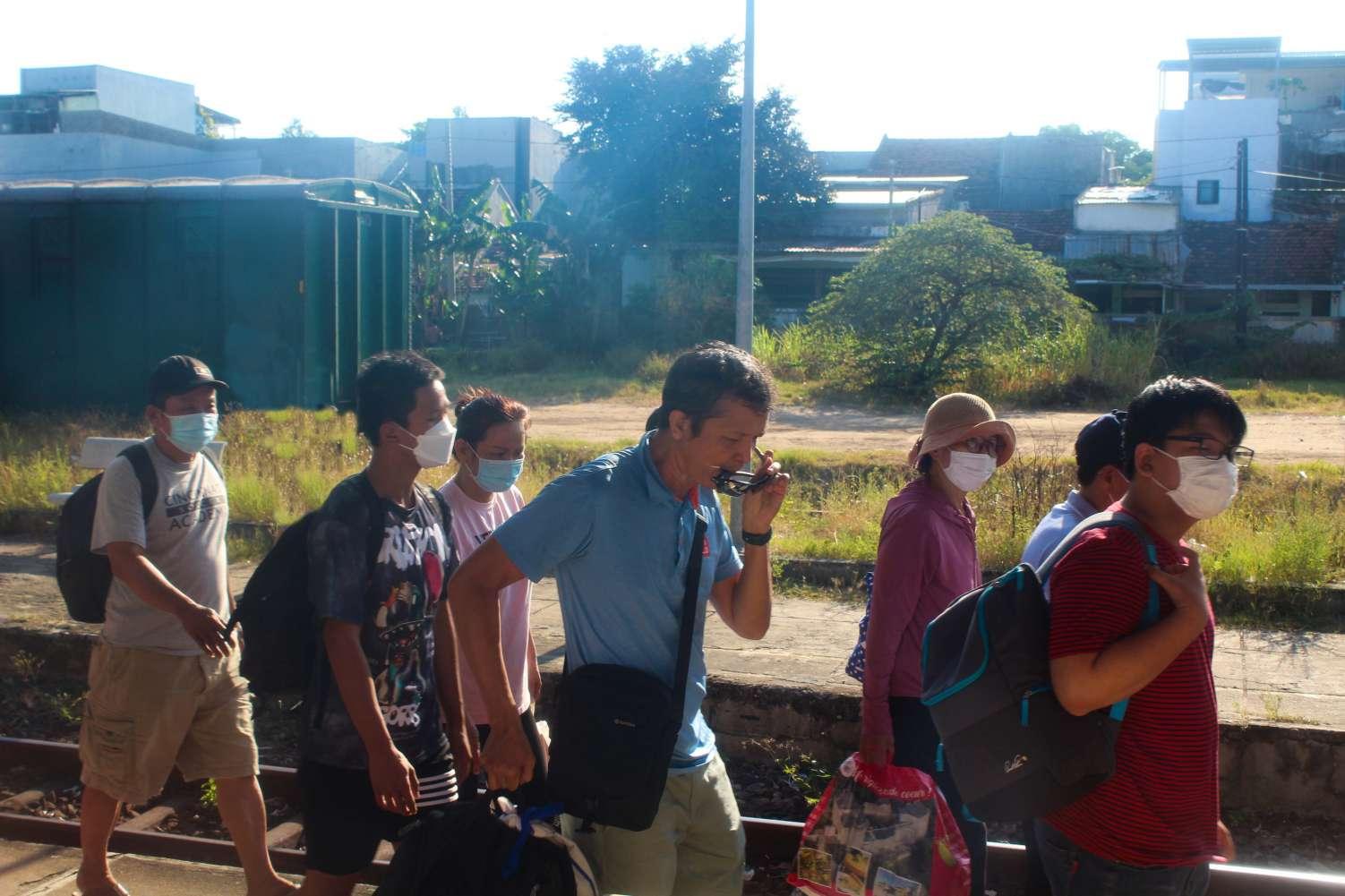


On the train, there is movement. Activity.
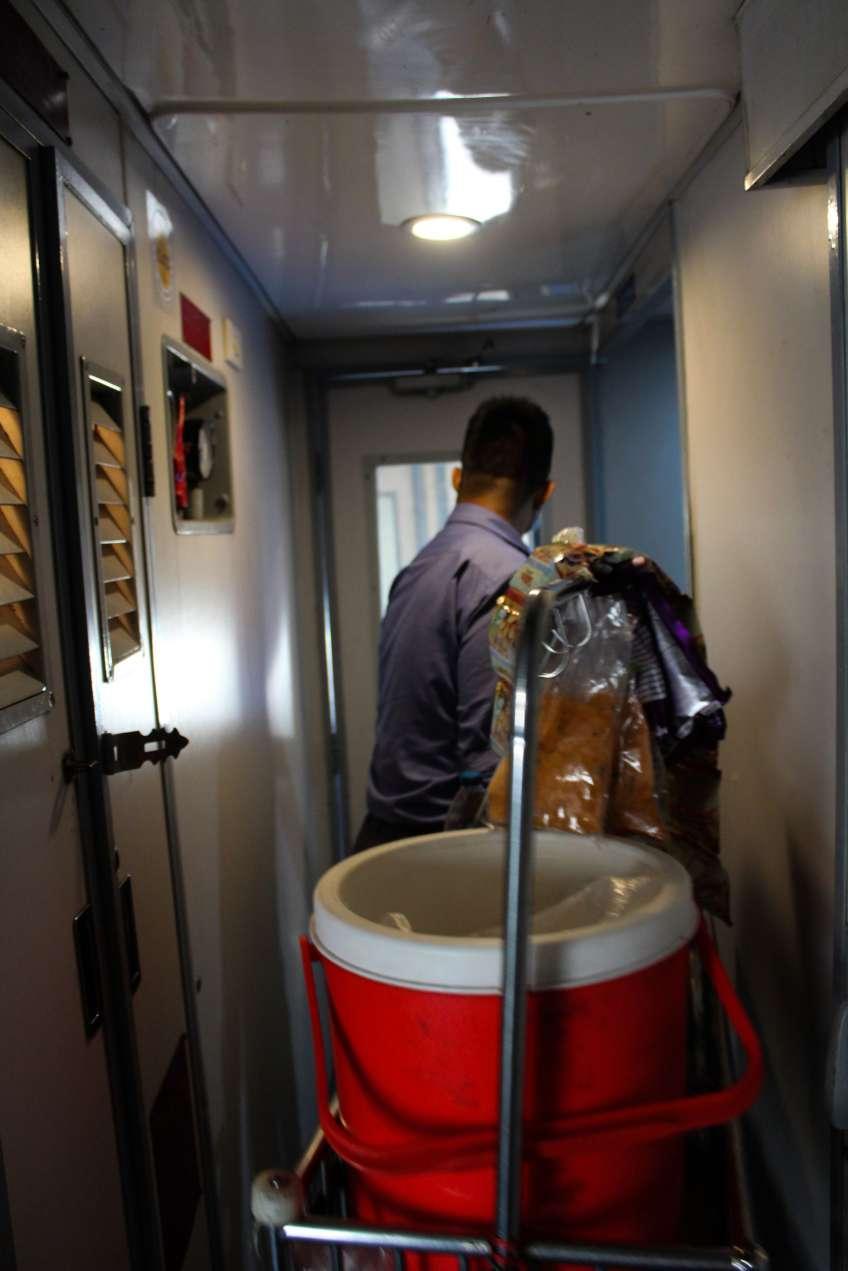
Noise, boisterousness. Of ordinary people.
Snoring, sneezing.
YouTube videos of Vietnamese Bolero.
Crying babies and whining children. Intergenerational conversations.


In a way, the train is a symbol of the Vietnamese narrative. The history of the train, the station, and the routes predate the Liberation of Saigon. Some even went as far as the French rule. The trains themselves have been operating for over 20 to 25 years. However, from the perspective of the train attendant that I met, the train seemingly is fading into people’s subconsciousness. The train’s glory and glamour are no longer what it once was, falling into oblivion. But the stories within this train, within the people who ride it, are a benchmark of the humanity of Vietnam or the essence of the people and their values. The stories within the train describe an image of a Vietnam seen from the ordinary eye, an image of Vietnam seen through hardship and elation. To me, the train, though mostly forgotten, is still a valuable treasure chest of people who define and shape the Vietnamese narrative on an everyday basis.





At noon, freshly caught fish gather at the fish market where vendors spring into life, facilitating bids from local marketgoers with their rhythmic chants like a masterful auctioneer.
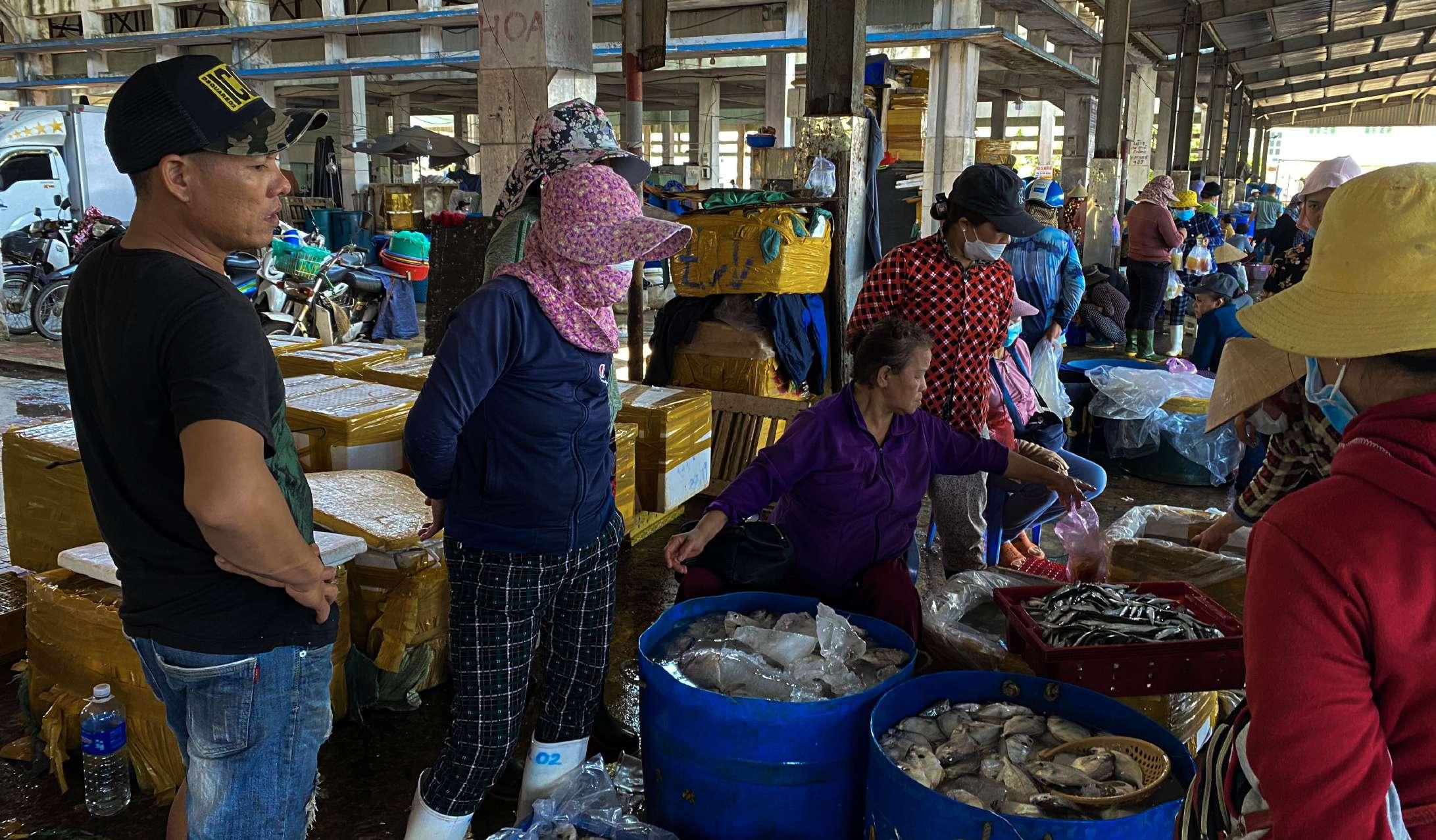



There is simply an undeniable beauty in the midst of the chaos of the action in the fish market.


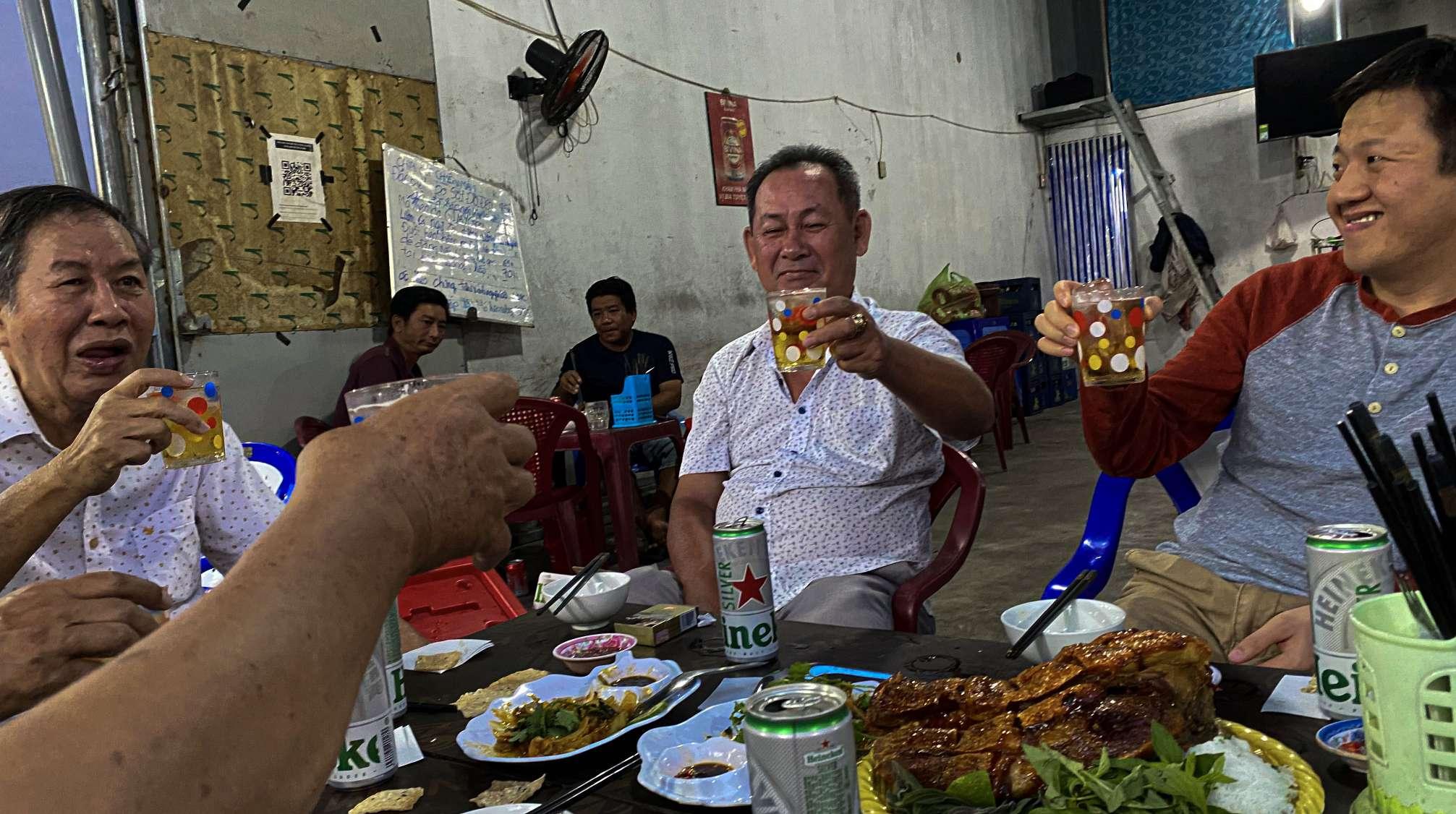
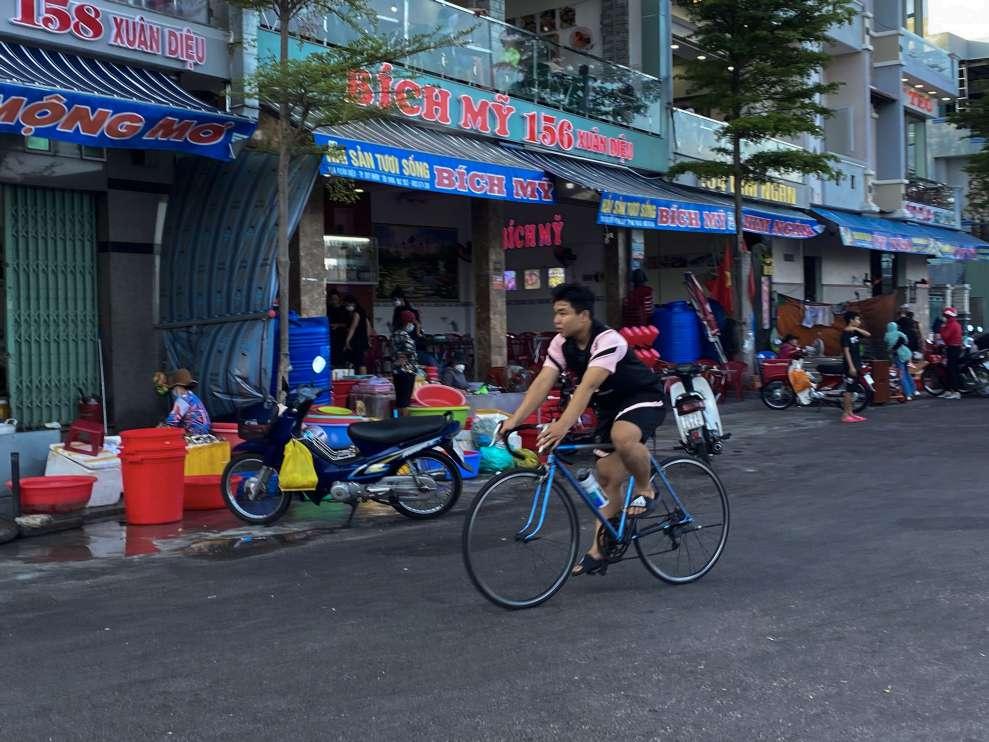






Quy Nhon looks more majestic from bird’s eyes views. A gradient sunset sets the scene for a picturesque evening. What a view to end the trip.


“Mỗi khi buồn tôi liền đi thật xa khỏi thành phố


đầy khói bụi, chọn cho mình một vùng quê
cây cỏ xanh nơi, bốn bề suối chảy róc rách tôi tự thấy được yên bình.”


Buon Me Thuot is a city that is part of Dak Lak province, the biggest city in the central regional province. The name has its roots in the traditional E De language, which means “the village of Ama Thuot.” Ama Thuot was a rich prison warden who had massive influence over the area. Other villages and cities then developed around the original village, which forms the city of Buon Me Thuot that we know of today.
When the French ruled over Vietnam, they took special interest in this general central area. Most importantly of all, they wanted to sever this region from the rest of the country, keeping them culturally and geographically isolated. According to a local historian, the Buon Me Thuot Exile House was originally built in the middle of this once-mountainous region. One side effect of keeping the tribes isolated from the rest of the country is that tribe members have no reason to assist escaping prisoners and, thus, they are then reported by the tribes people back to the prison. In 1945, a regional revolution ousted the French rule from the area after decades of abuse and isolation. As the French rule begin to end and the American war began, the locals began to demand more involvement with the national government and was then later included in the country’s government representative group.
To today’s times, Buon Me Thuot is not only the capital and the main city hub of Dak Lak province, it is the economic, political, and cultural hub of the entire central Vietnamese Tay Nguyen area.

The first stop is the Buon Me Thuot Exile House. It was built by the French during 1930-1931 to isolate and torture political prisoners, more specifically pro-liberationists, pro-freedom, captured State members, as well as heads of the Xo Viet Nghe Tinh revolution movement. It was placed in the middle of the forests so that local tribes can re port escaped prisoners; it was also a means to dissuade them from escaping since there was nowhere to go. Its ownership was transferred to the Americans during the war.
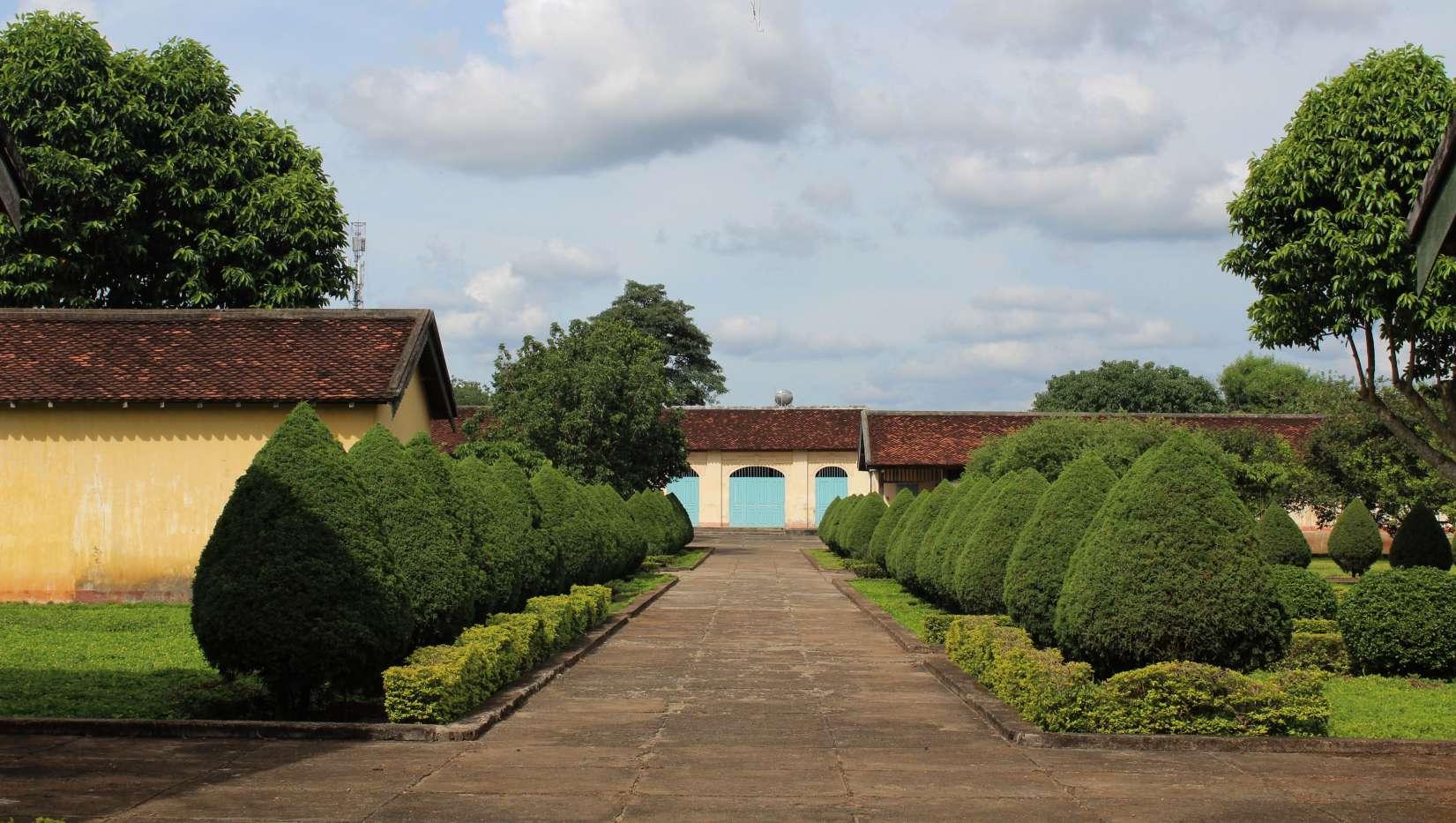




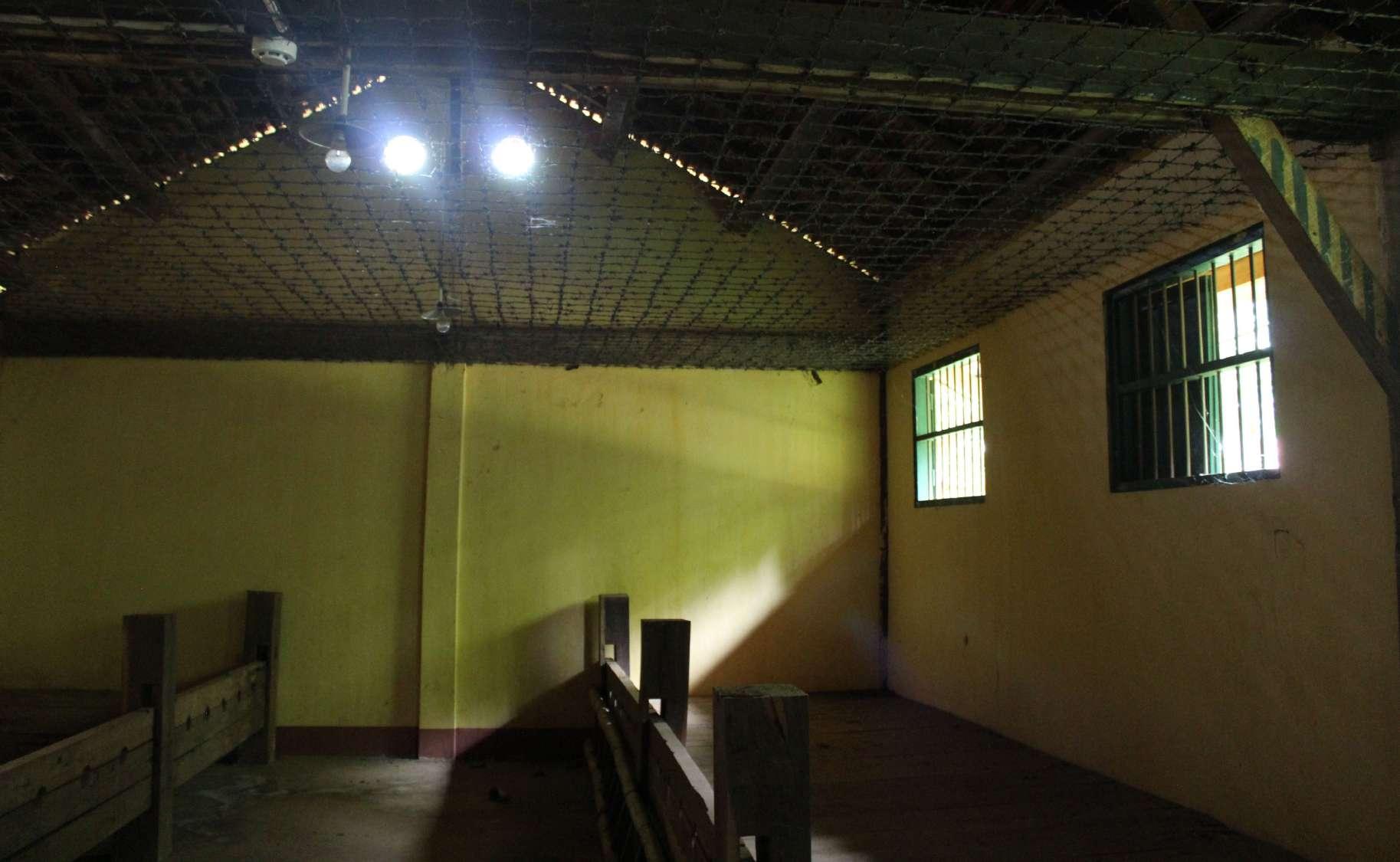
They used to sleep on solid, wooden beds, staring up at the mesh-wired ceiling as they hear birds chirp outside their steel-barred windows.


the wear and tear...

a true historical relic...
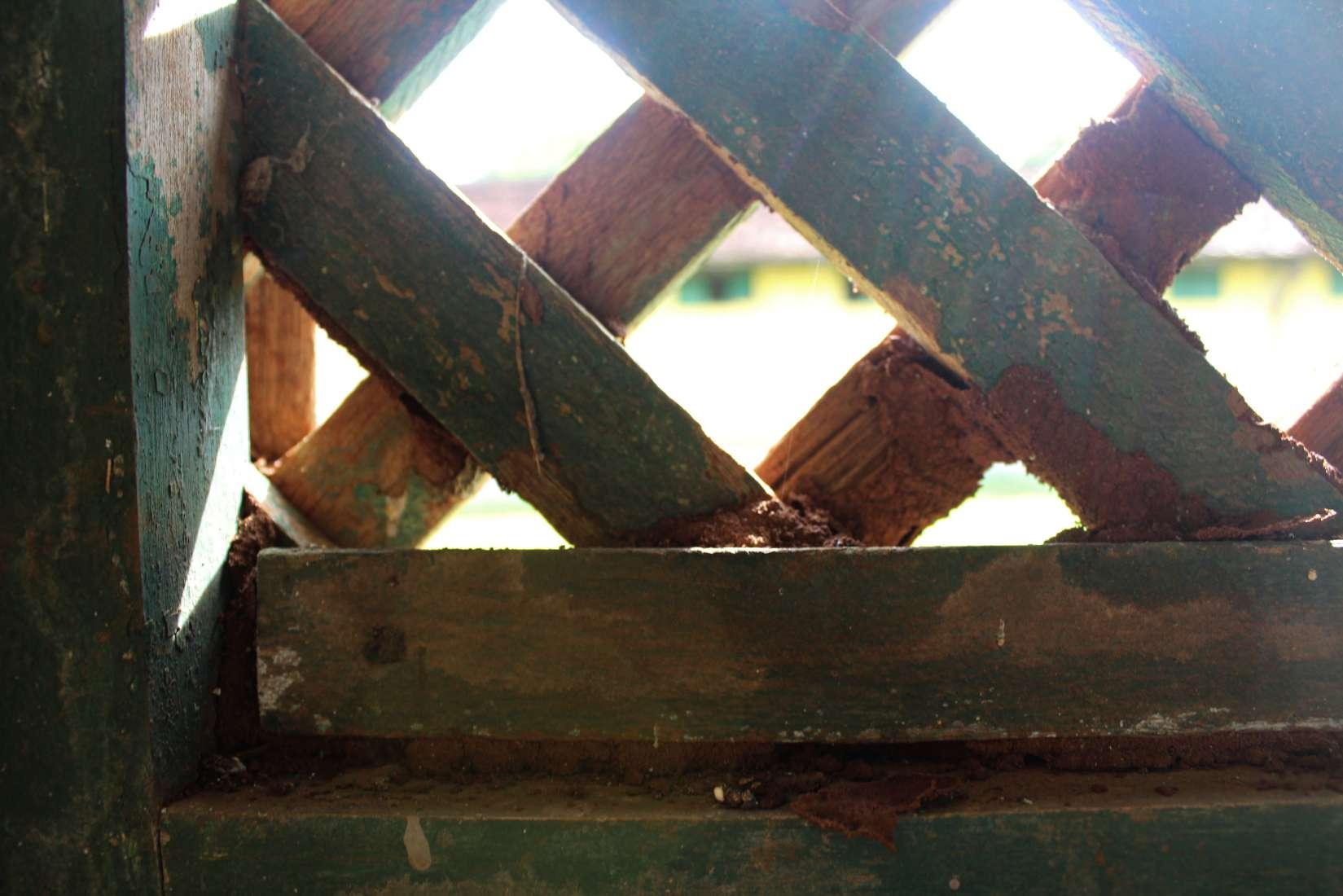
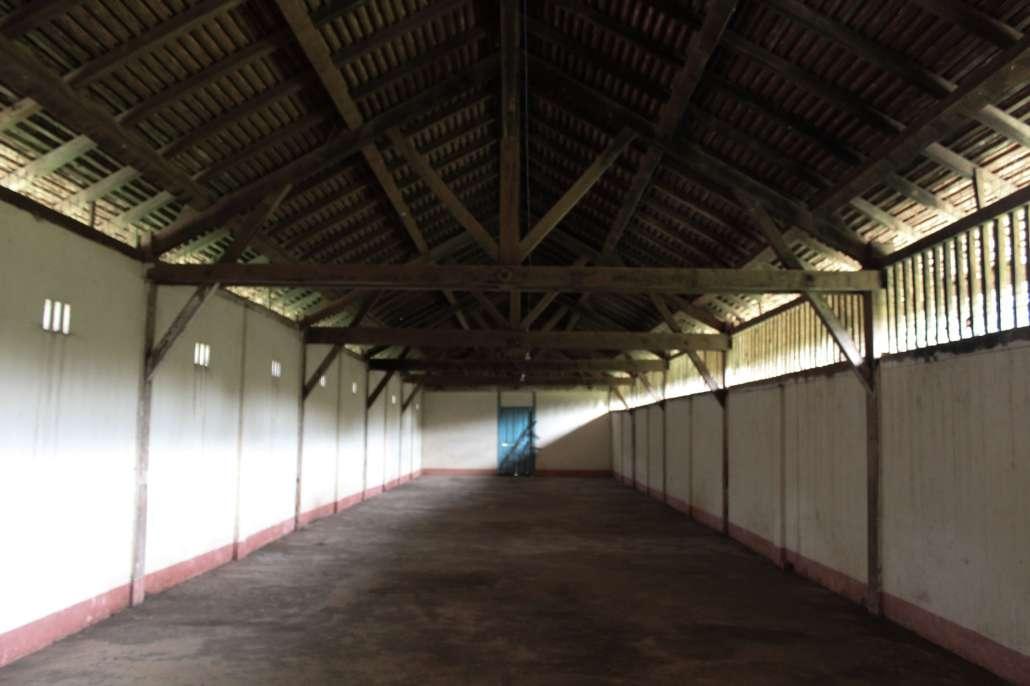
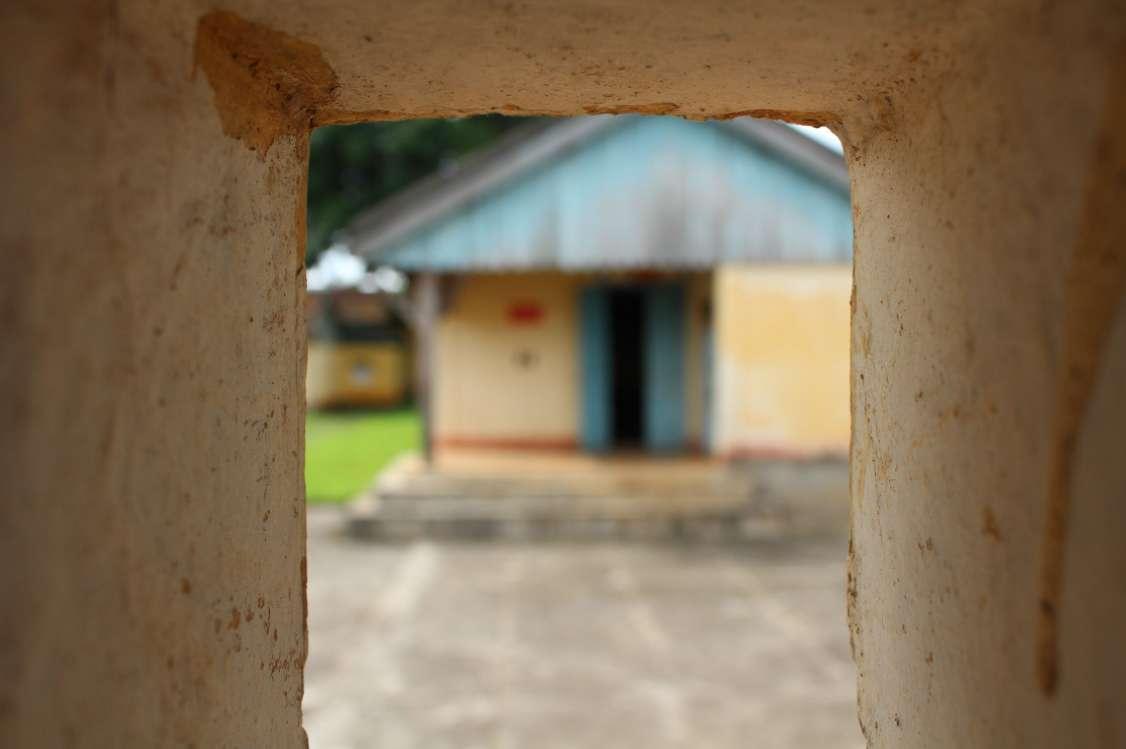
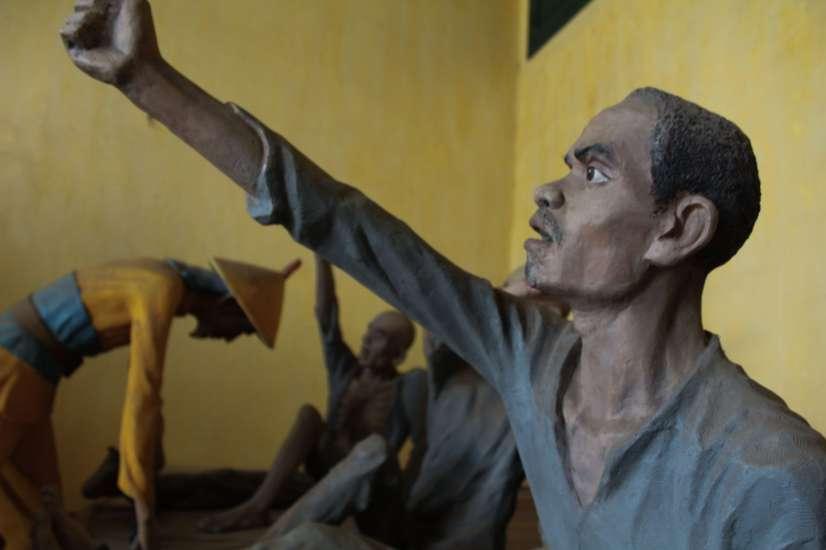



tiny glimpses of freedom, of the outside world, was a luxury.Buon Me Thuot Exile House


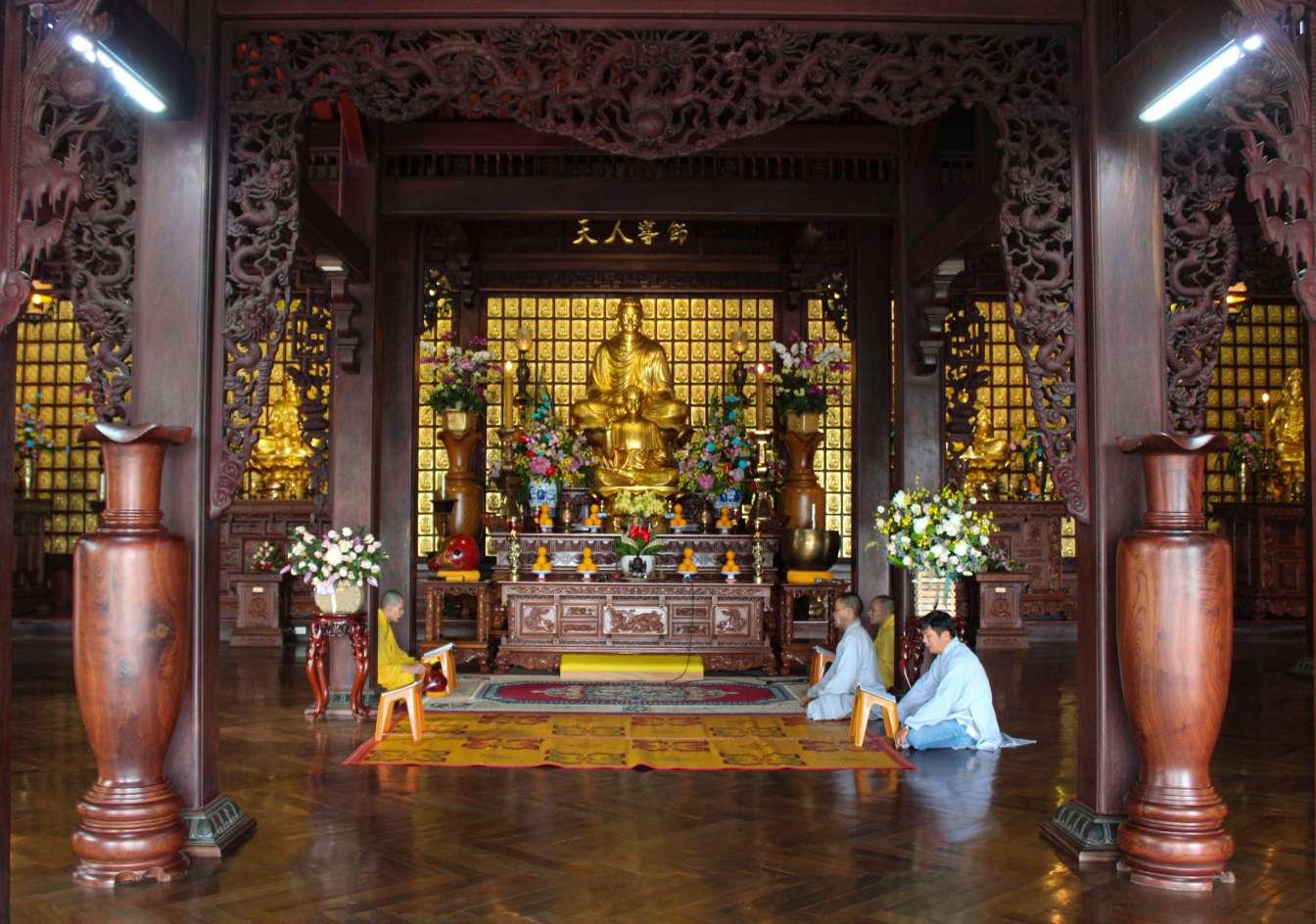

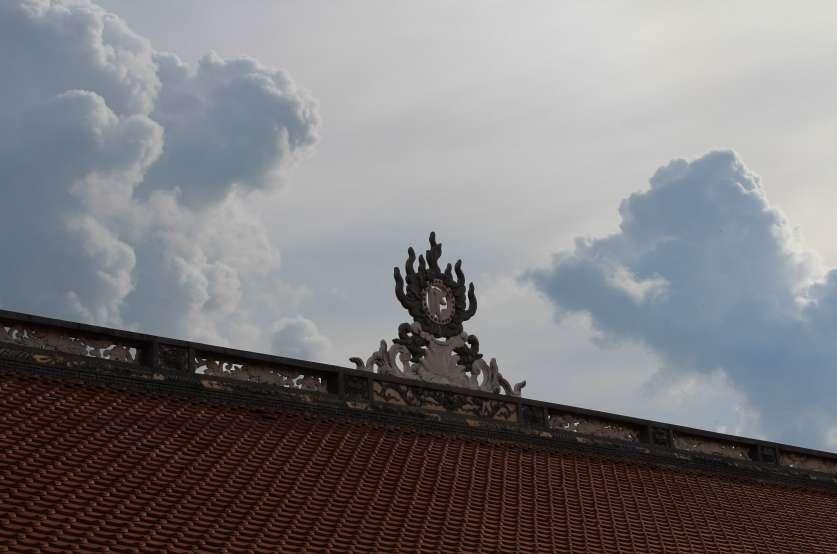
 Sac Tu Khai Doan Temple
Sac Tu Khai Doan Temple
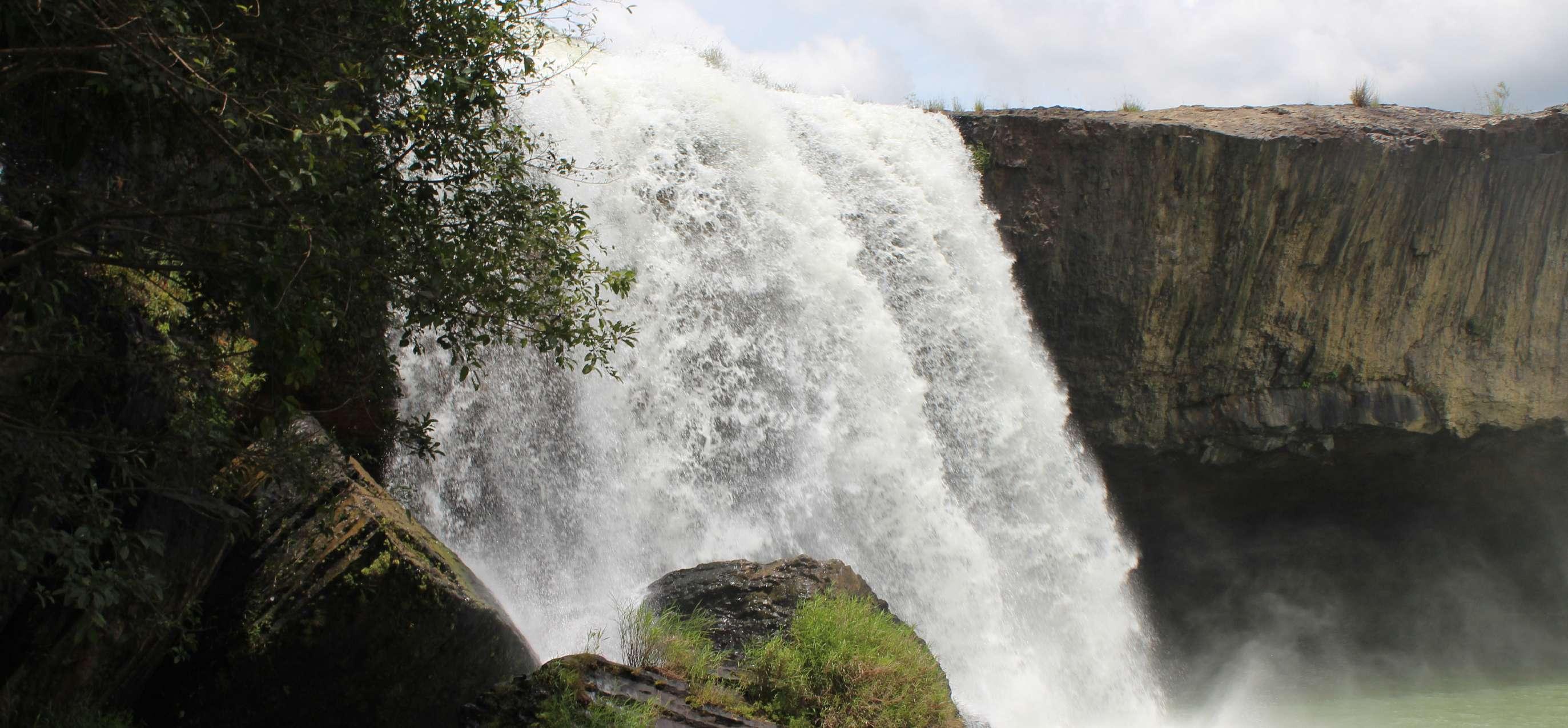


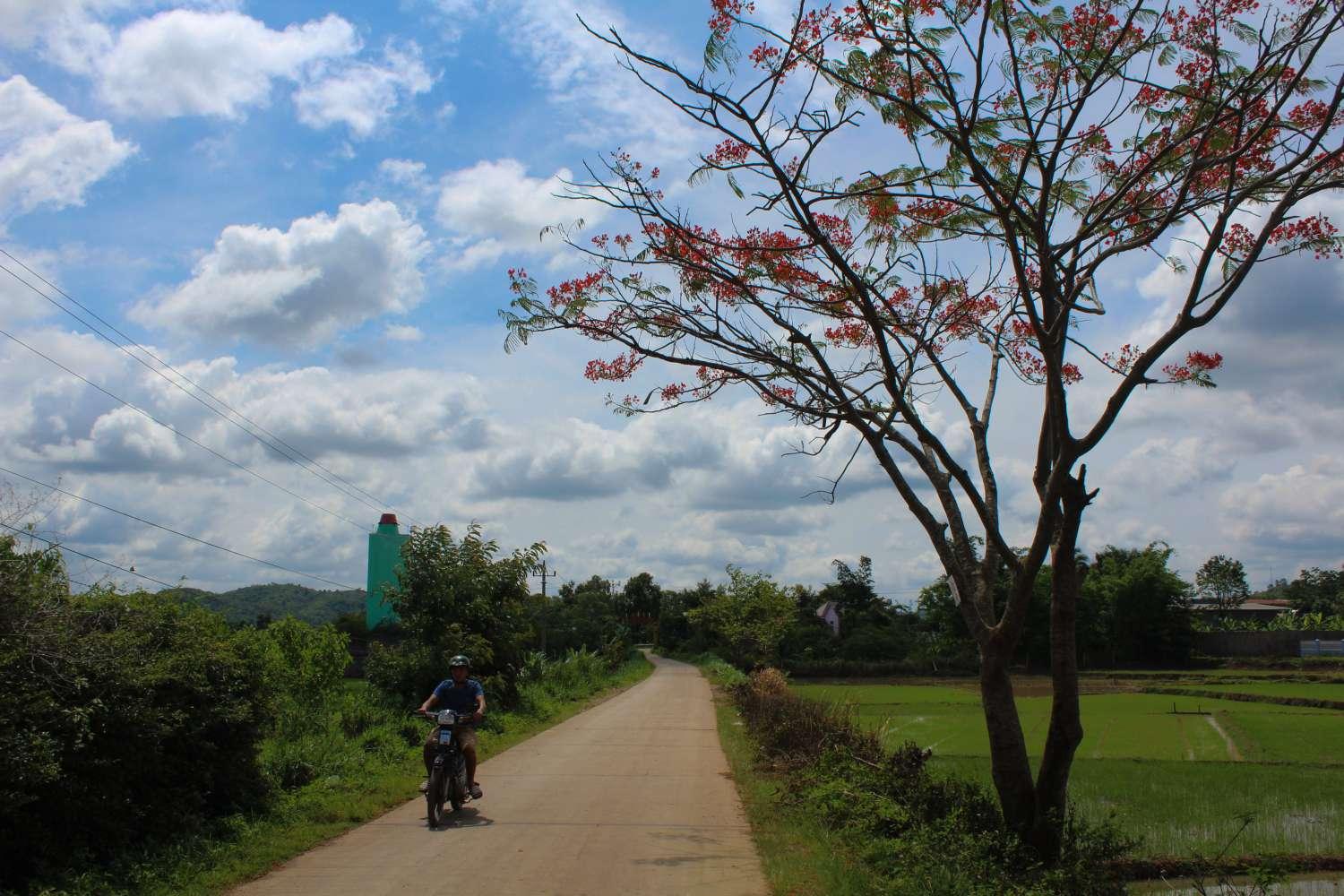
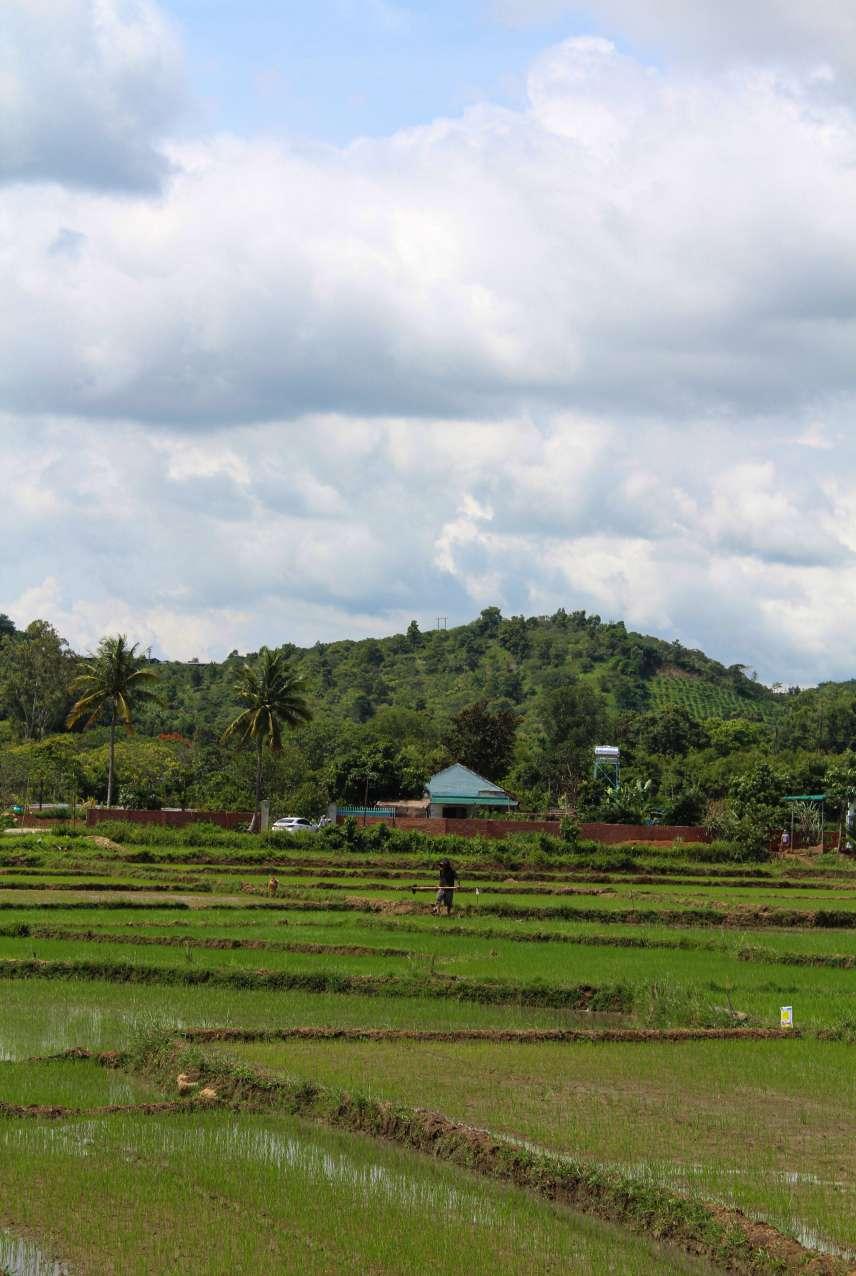
a peaceful village deep in its midday slumber





there was a family who planted peppers for a living

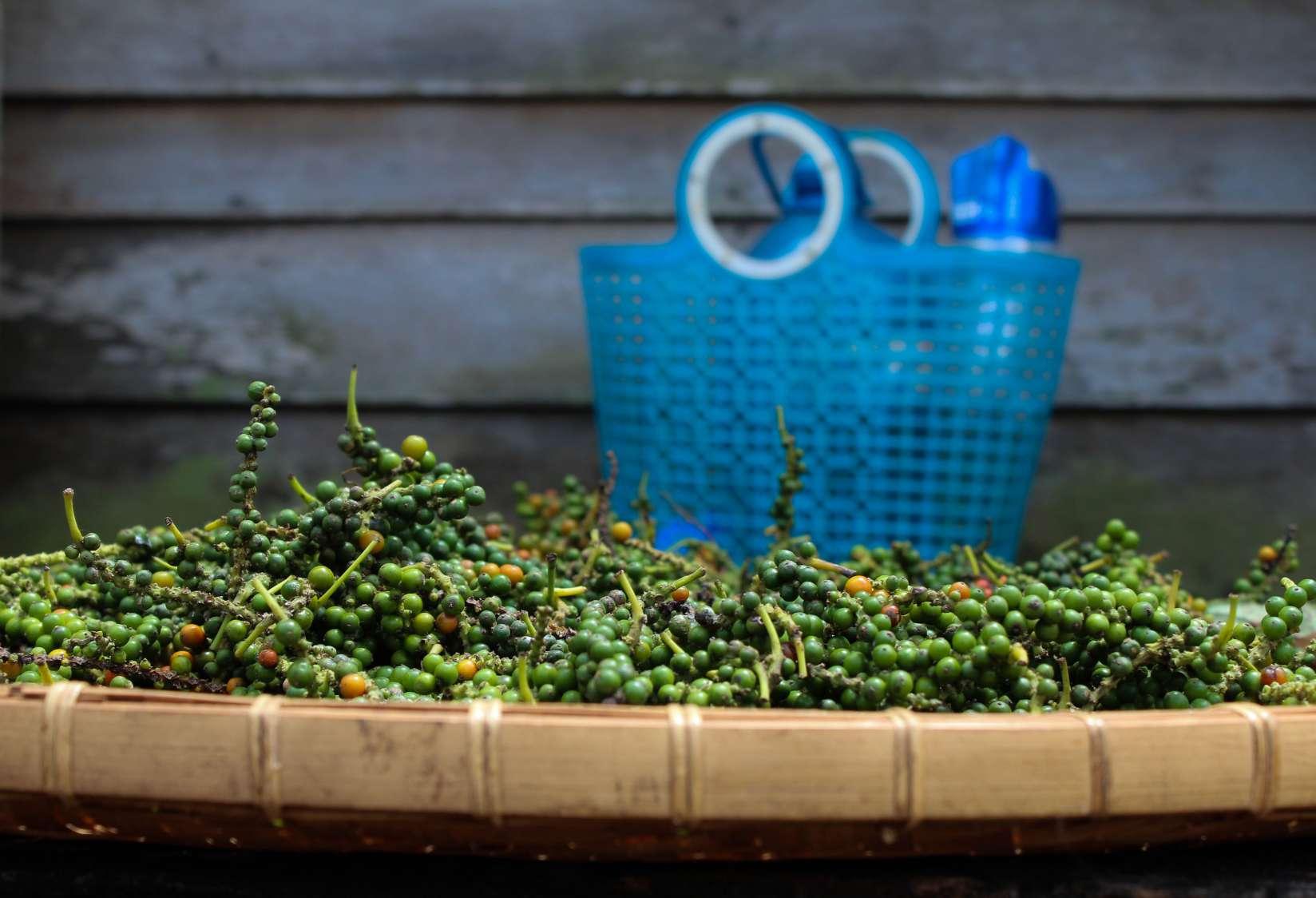



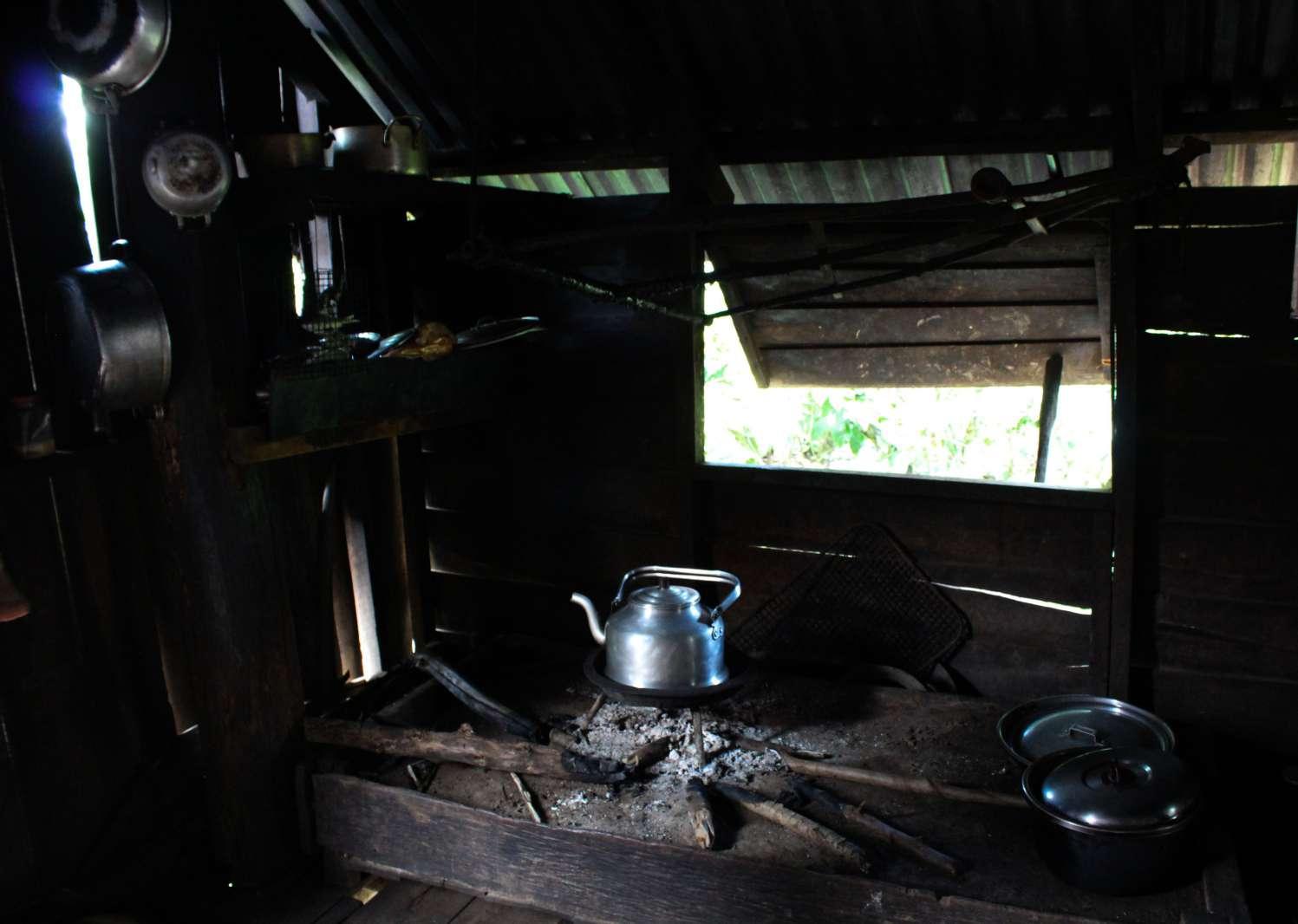

they all long for something.
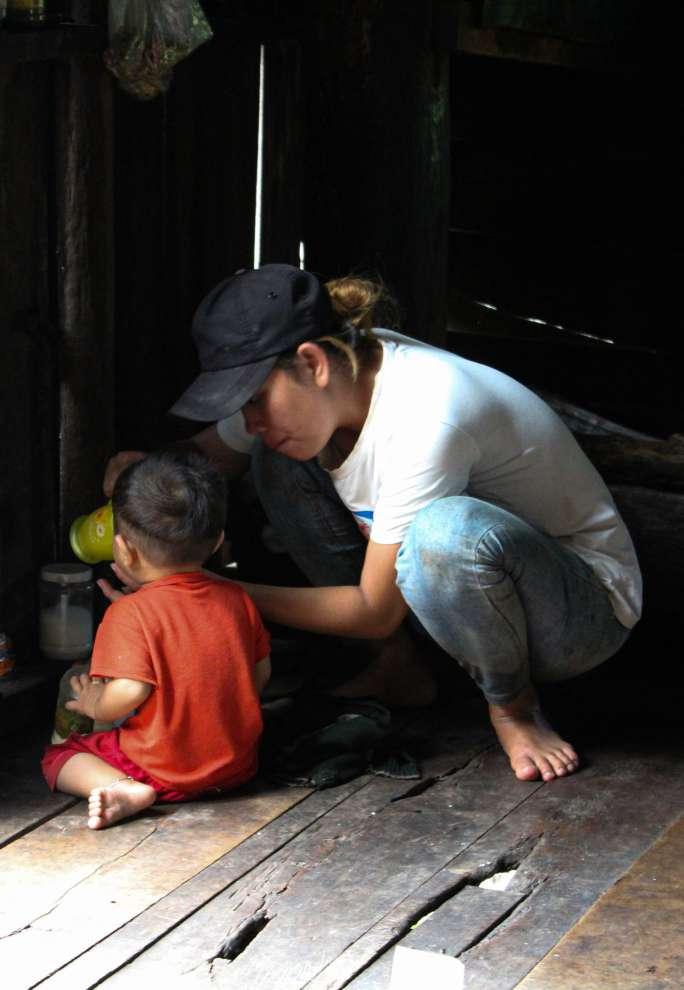



Lào Cai em đẹp tuyệt vời
Đồng xanh sánh với phố phường tươi vui
Đặc sản có khắp muôn nơi
Du lịch cảnh đẹp nối liền bốn phương
Đền thờ Hưng Đạo Đại Vương
Đôi Cô, Đền Mẫu thập phương tìm về
Lào Cai phong cảnh hữu tình

Con người hiếu khách đến từng bản thôn
Bậc cao niên truyền cháu con Múa Tày chuông nhạc loong coong chuyển mình
Xuân về hoa nở đồng quê Mừng Xuân – Mừng Đảng quê hương anh hùng.
Mai Thị Kim Hồng , from her poem “Gọi Mời.”
A map of Sapa during 1920 Source: Lavallée, Théophile (1804-1867). Fonction indéterminée http://gallica.bnf.fr/ark:/12148/btv1b53065284n/
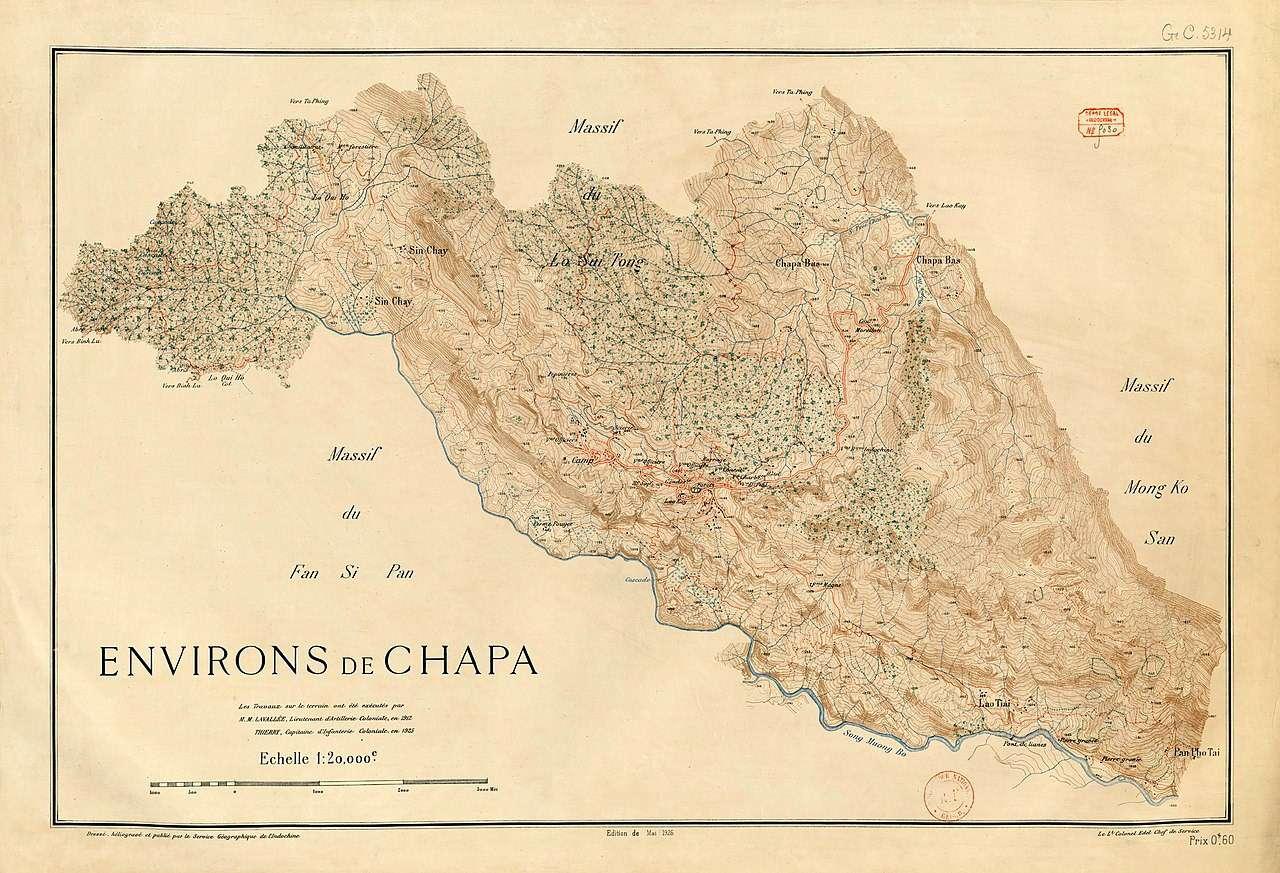
Sapa Town lies at the West of Lao Cai province as part of the Tay Bac Bo region in Vietnam. The area is known mostly for its picturesque rice terrain hills as well as its tribal village culture. 6 main tribes inhabit the area: Kinh, H'Mông, Dao đỏ, Tày, Giáy, Xá Phó. Geographically, Sapa’s average elevation is around 1500m to 1800m above the sea level. It is also home to Fansipan mountain (dubbed the “rooftop of Southeast Asia”) at 3143m above sea level. The region is mainly mountainous; many farmers decide to build farm crops on the hills or on the ground in the valley formed by two adjacent mountain ranges.
In 1897, the French government decided to investigate the tribal population in Northern Vietnam. During their investigation, they discovered the region that is now known as “Sapa.” In 1905, the French government decided to gather information in the region and began to build mountain resorts and tourist sites in the area. The name “Sapa” came from the French pronunciation of the city, written as “Chapa.” Within Sapa are smaller villages called Lao Chải, San Sả Hồ, Sử Pán, Suối Thầu, Tả Giàng Phình, etc. All of these names are derived from the traditional H’Mong language.
In 1947, Sapa was embroiled in several revolutions against the French rule, as well as in 1979 (after the Liberation of the South) where they had to fight against the invading Chinese forces in the nearby border. Many of what the French built had been destroyed. In 1990, Sapa underwent a reconstruction period and the central town was reinstated into a tourist town. Until this day, the Central Sapa region is one of Vietnam’s hottest tourist hotspots.
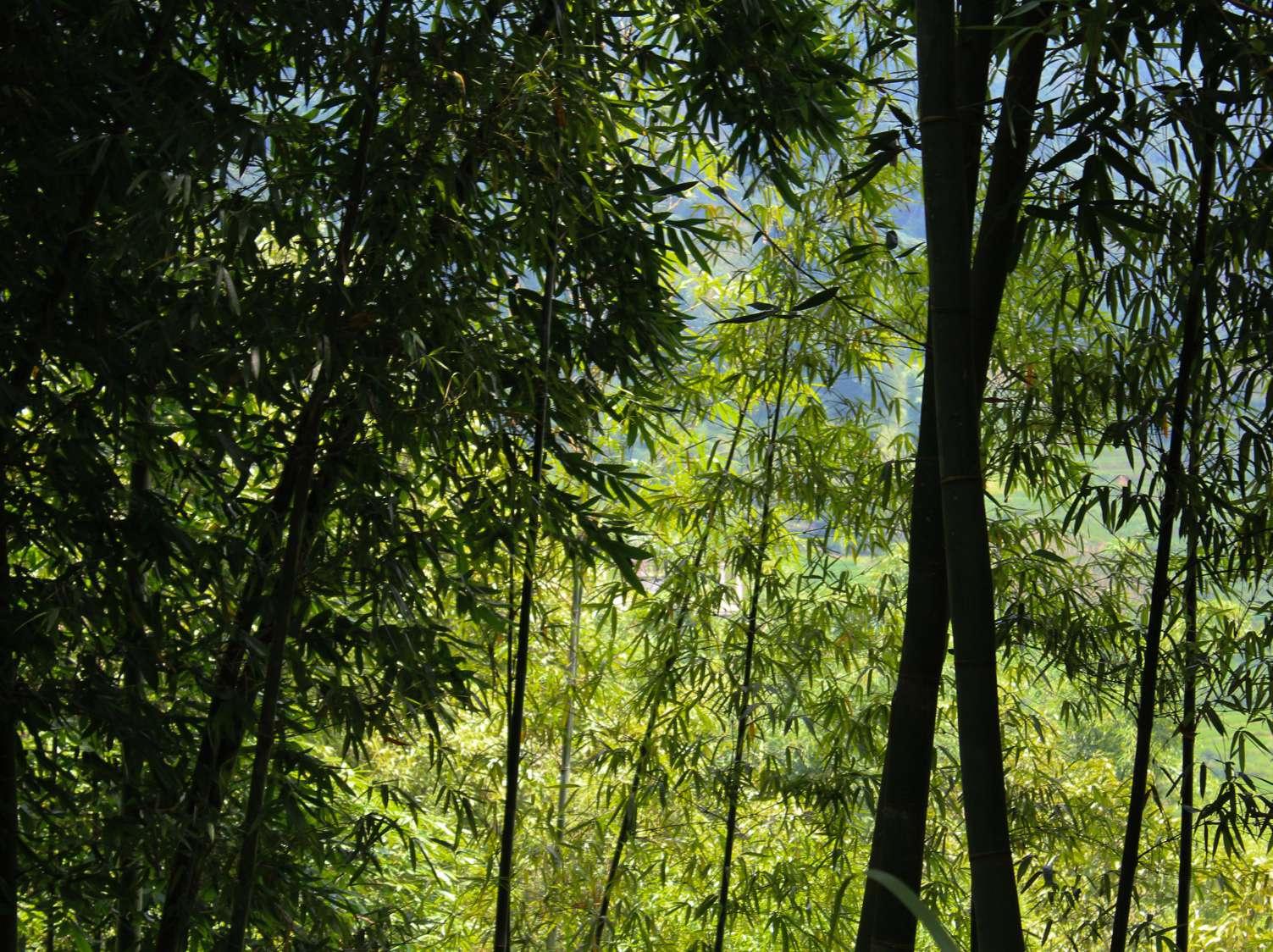
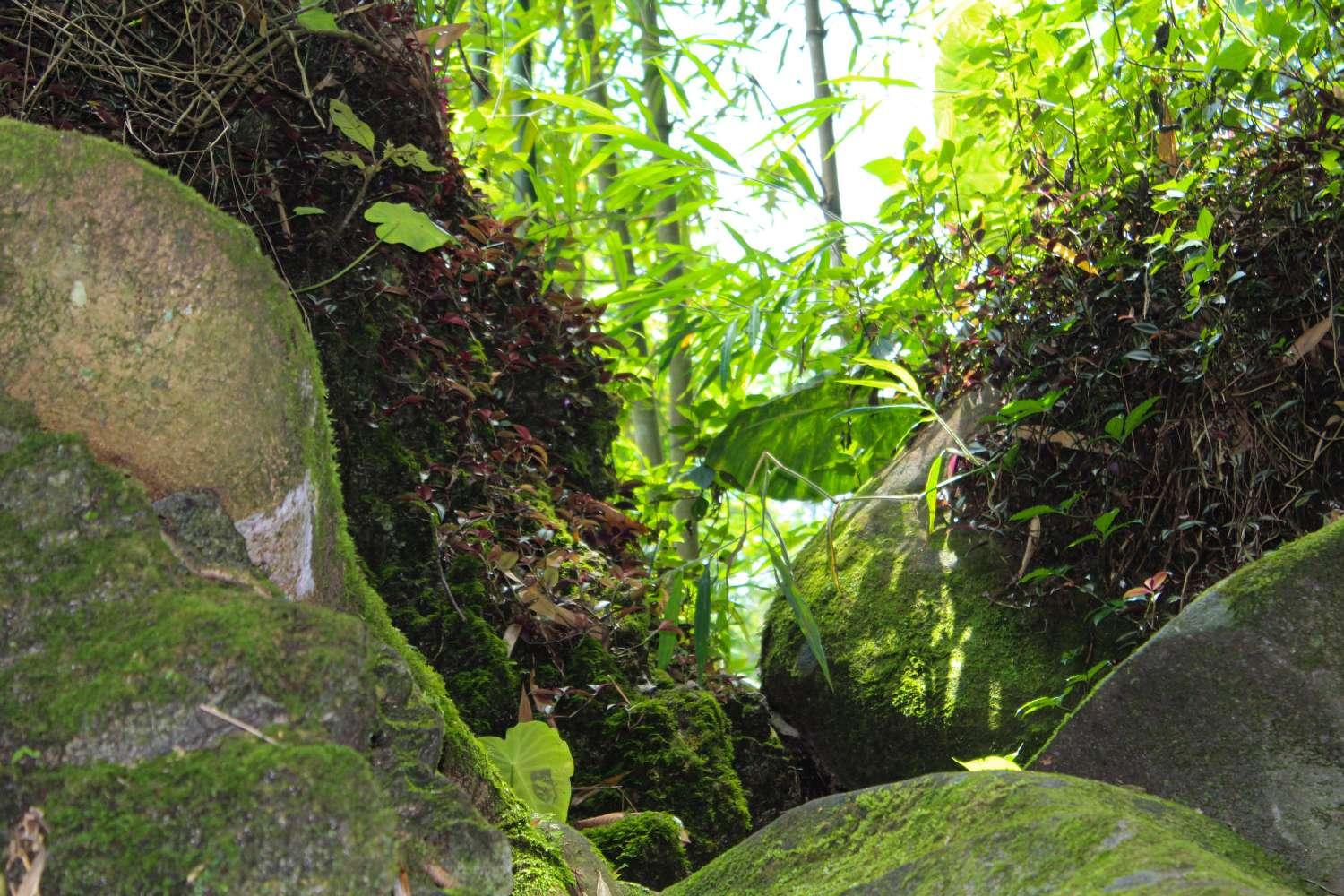



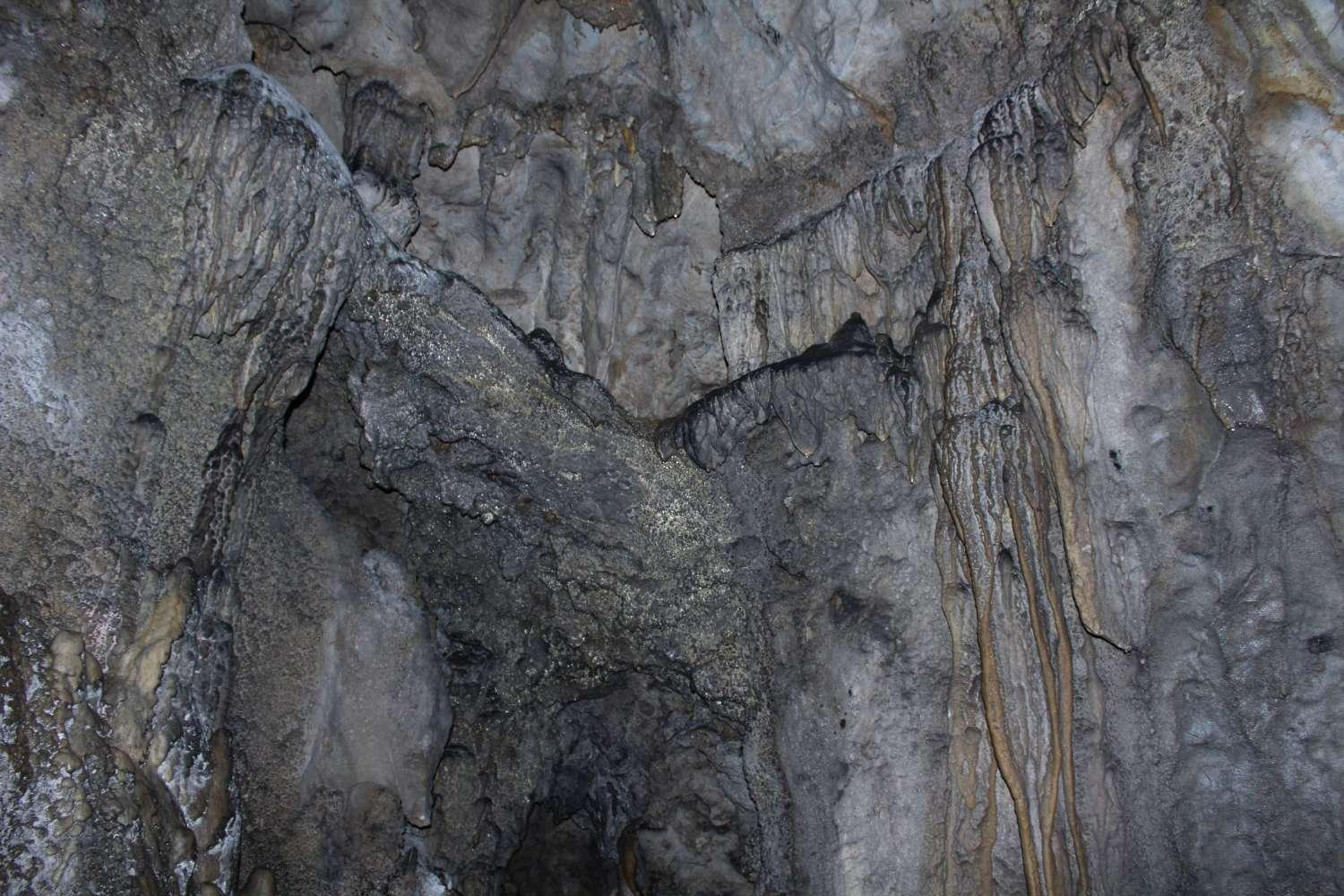


I stumbled upon this scene while walking through Ta Phin; I was heading back to the direction of the main town from Suoi Thau. The boy in the picture had just returned home from school when he sat in the middle of the doorway to wait for his parents to return from the plot of land they own a bit further away from their house.
What I see within this image is a stark portrait of life here in Sapa, in the highlands. The gaze of the boy in the photo represents a kind of naivety, longingness. What the picture shows is also a rudimentary representation of the conditions of living within Sapa: the tradition al dried orange corn, the embroidered umbrella, etc. It was also a tradition for the people here to use wood for fire and heat; a hint of that is shown too. The deterioration of the walls of the house combined with the wear and tear on the door signals a change in time. It seemingly is a dichotomy between the young generation that the boy is in versus the timelessness nature of the world he is living in.


Several kids bath under the flowing stream of water from a nearby pond. They do not have any worries, the carefree of peace of childhood can be ever so precious...






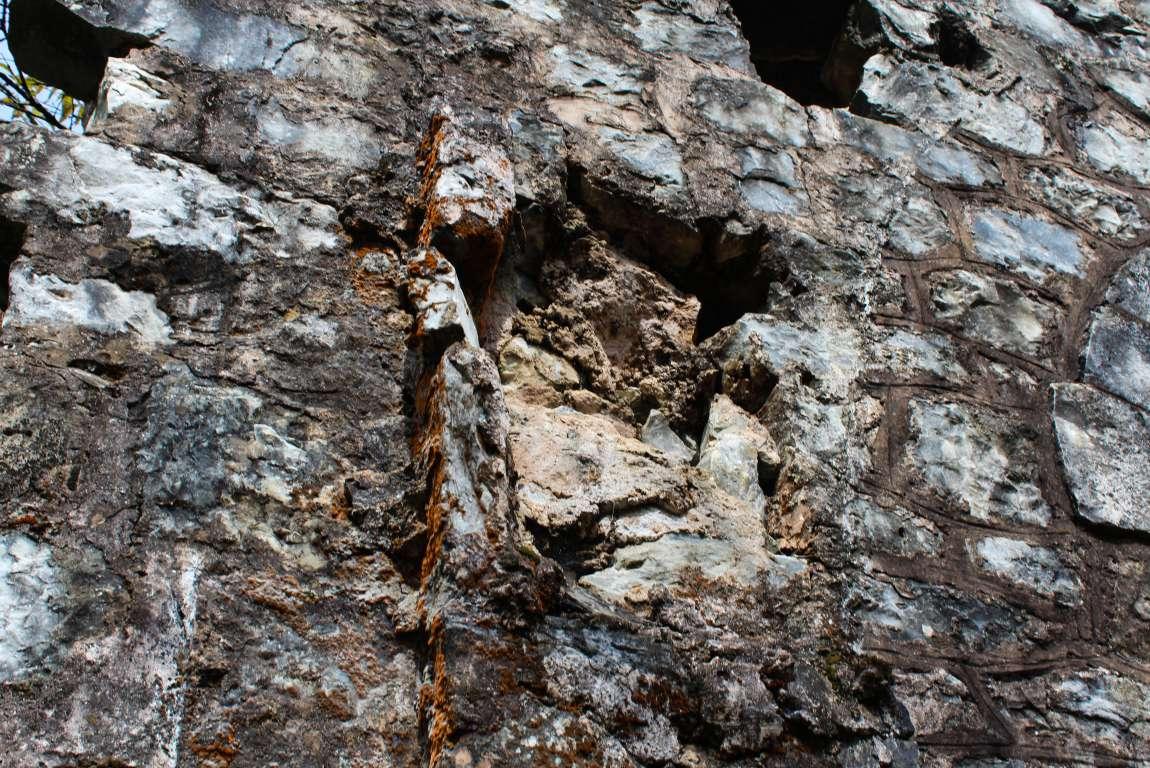
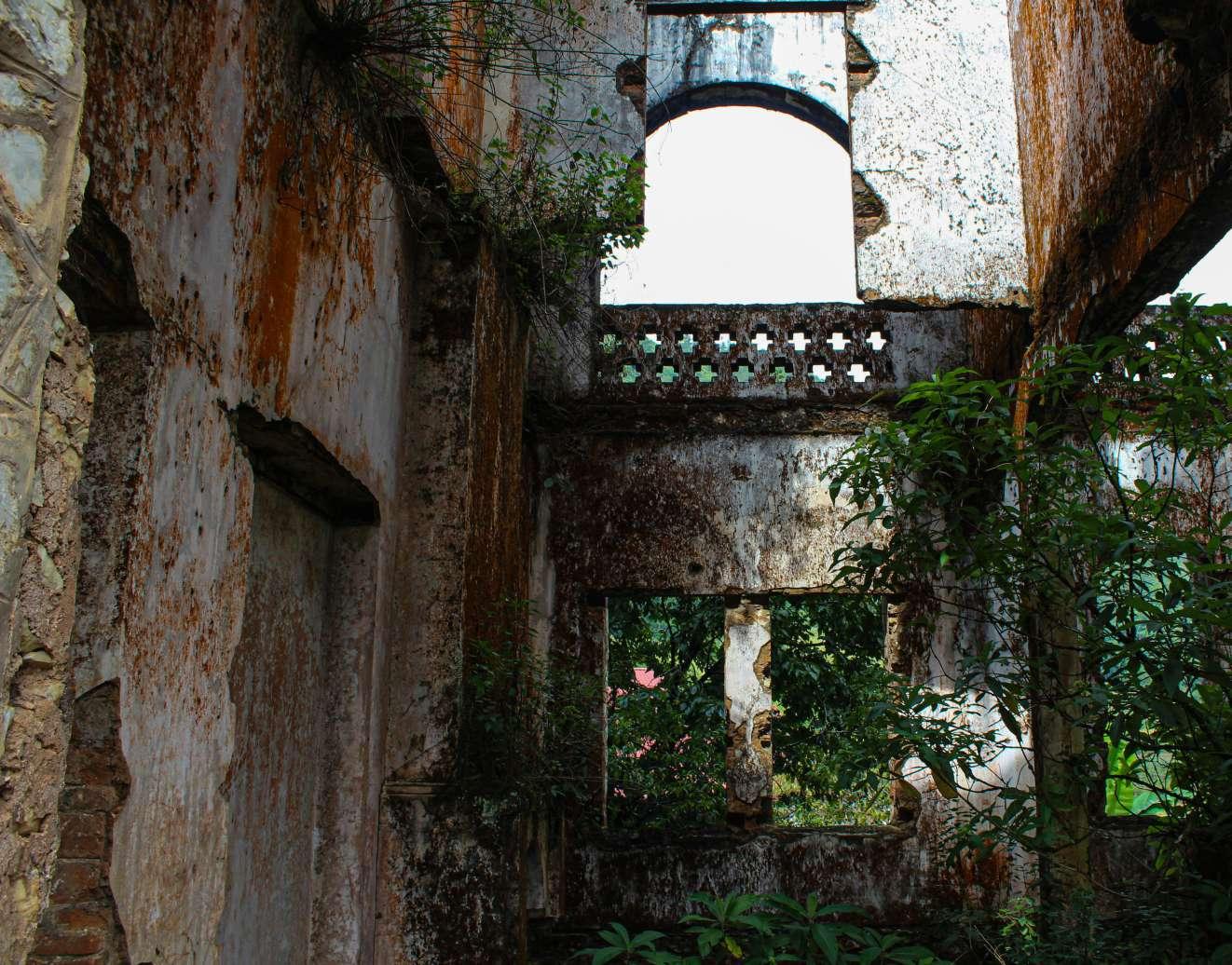


After a long work day, a farmer sits atop his hill and breathes.

The plants are ripe; they are ready any day now.

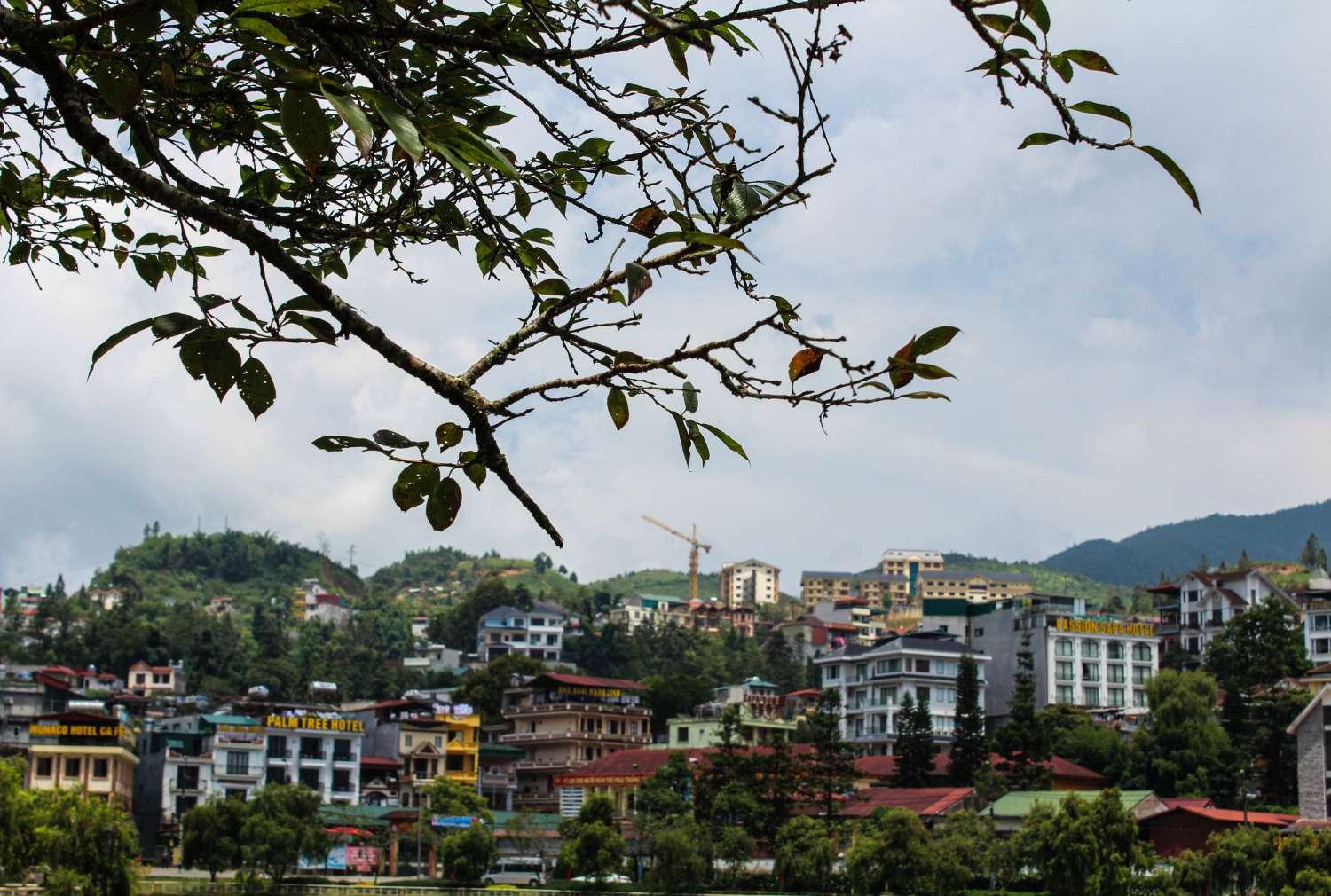


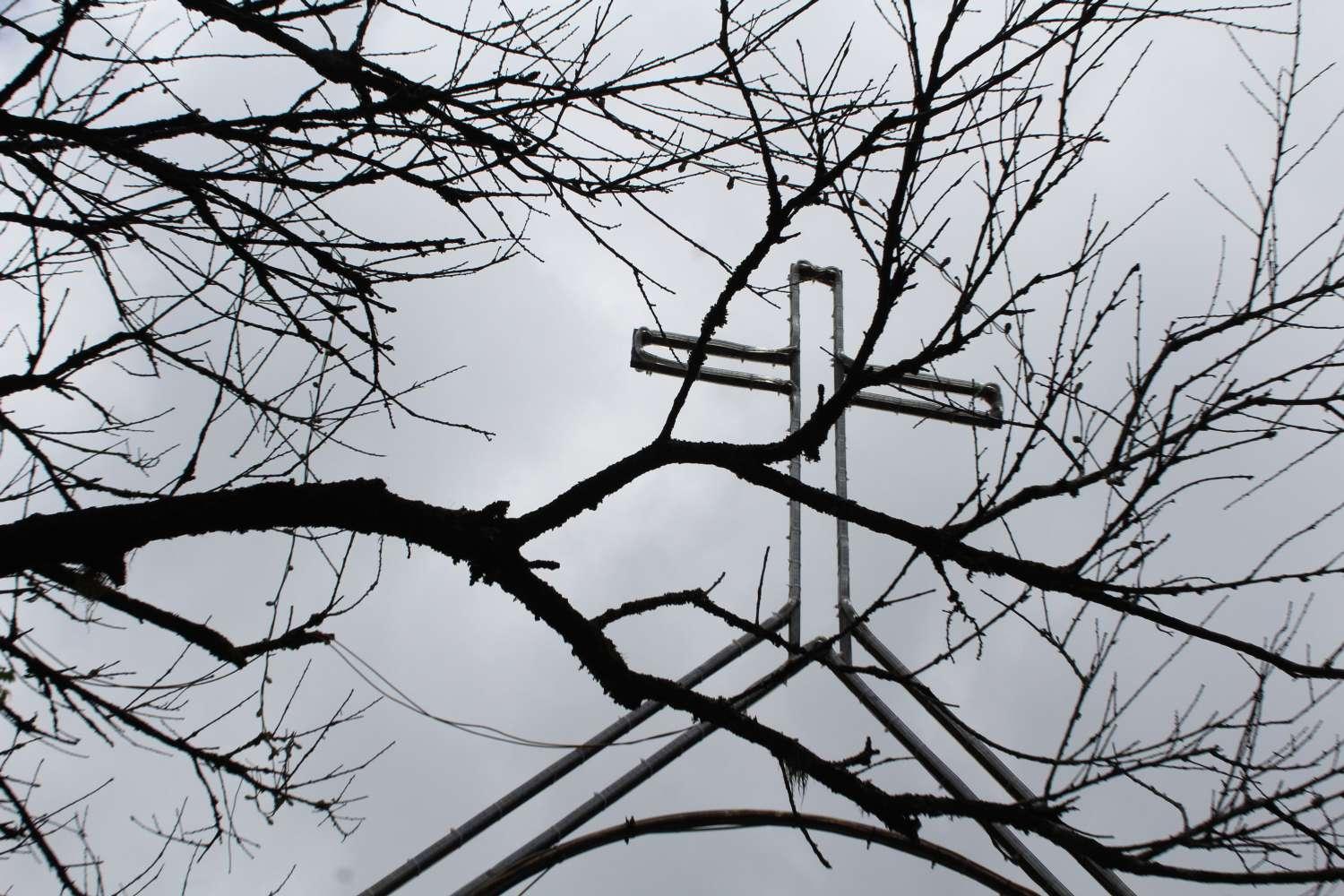

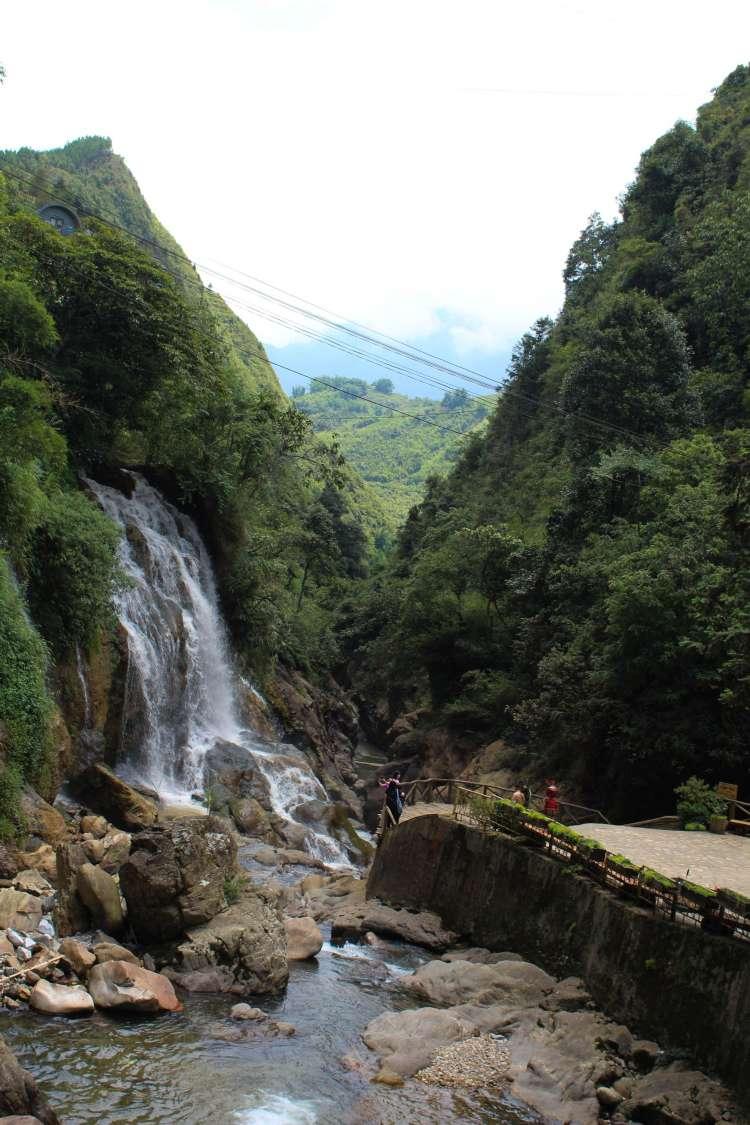

Early in the afternoon, the people of the market spring into action; a scene comes alive.
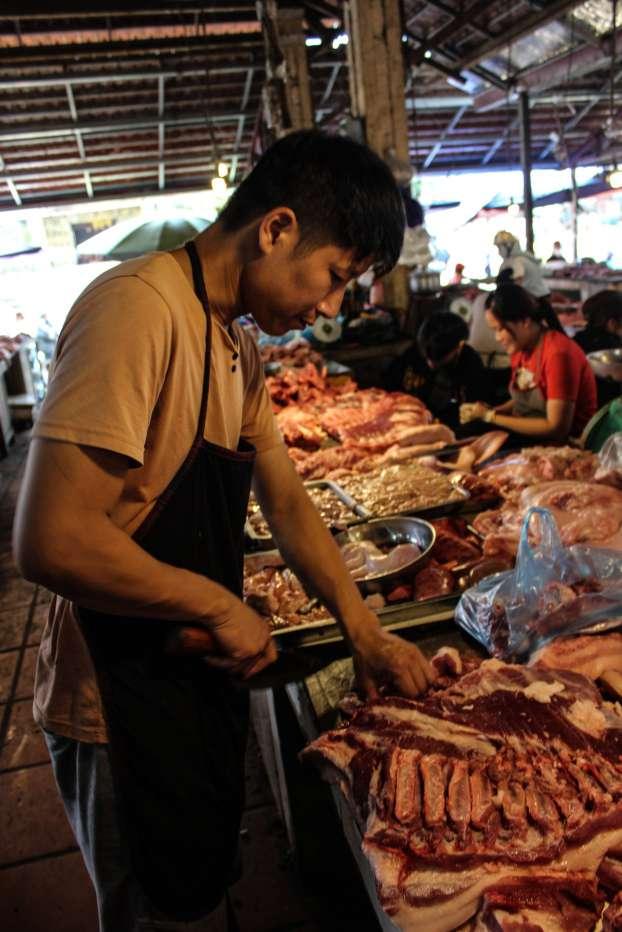



The O Quy Ho Mountain Pass is steep and it takes a skilled driver to navigate the uphill slope but along the way, I realized why I fell in love with Sapa in the first place. Sitting on the back of a moped, you can feel the wind coursing through your hair, breathe in the fresh air, and experience the thrill of the movement, the revving of the engine, and the curvature of the turns.

I saw a scene that jumped right out from the canvas: sloping mountains with clouds covering their peaks overlapping under the backdrop of the bright blue sky with the sun in the distance.

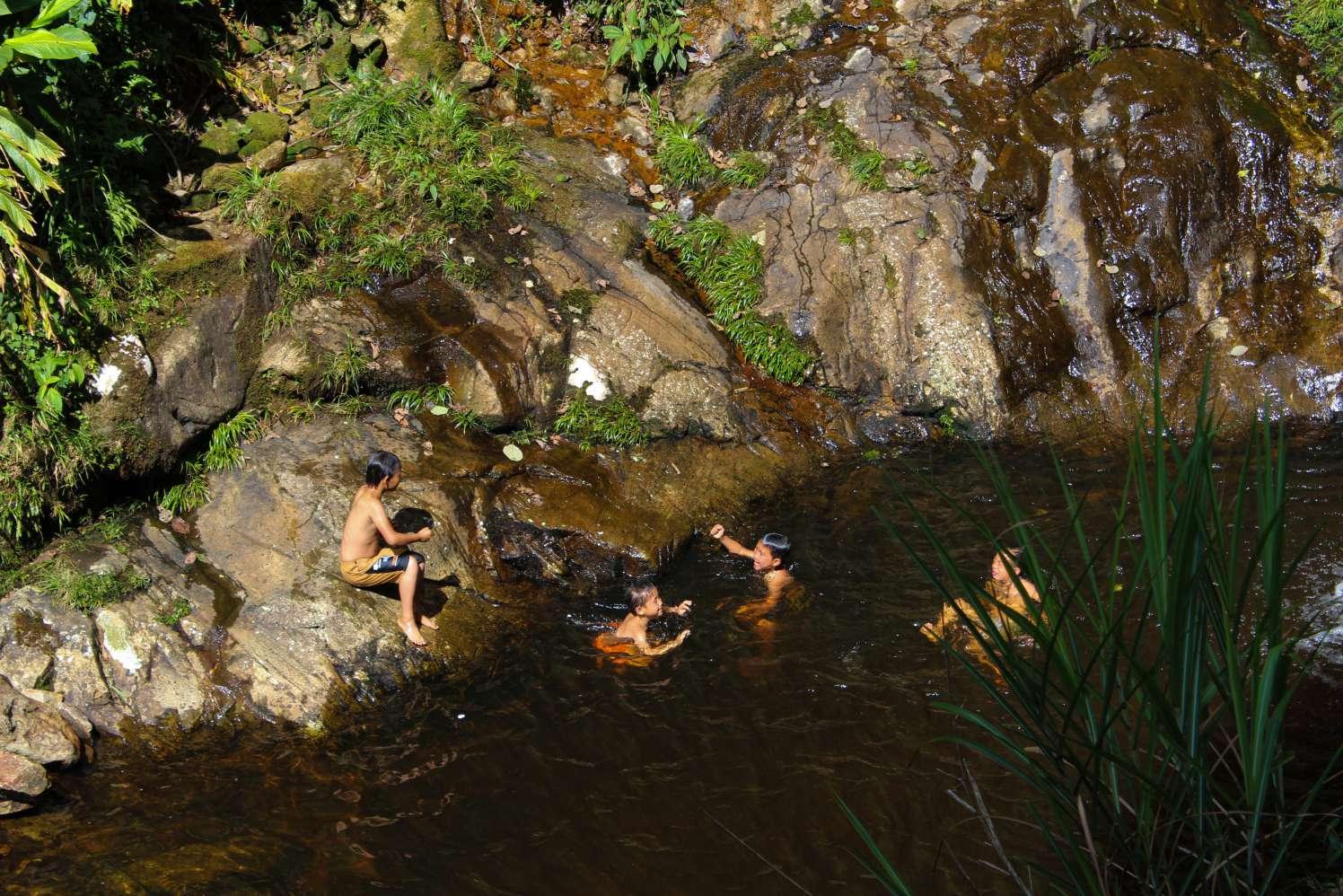

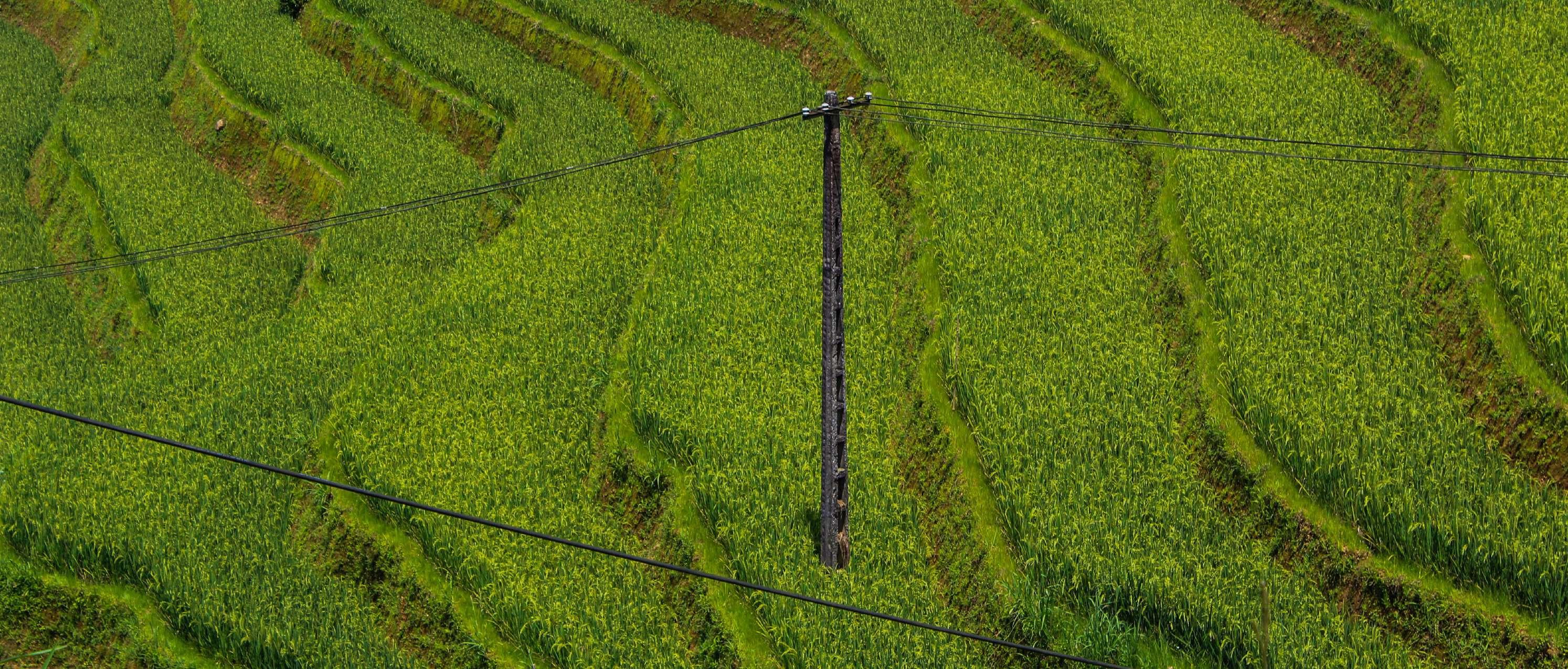


The cement road was incredibly narrow, about the width of a standard doorframe; at points, it was also in credibly steep as it was a twisty road that outlined the contours of the hills themselves.
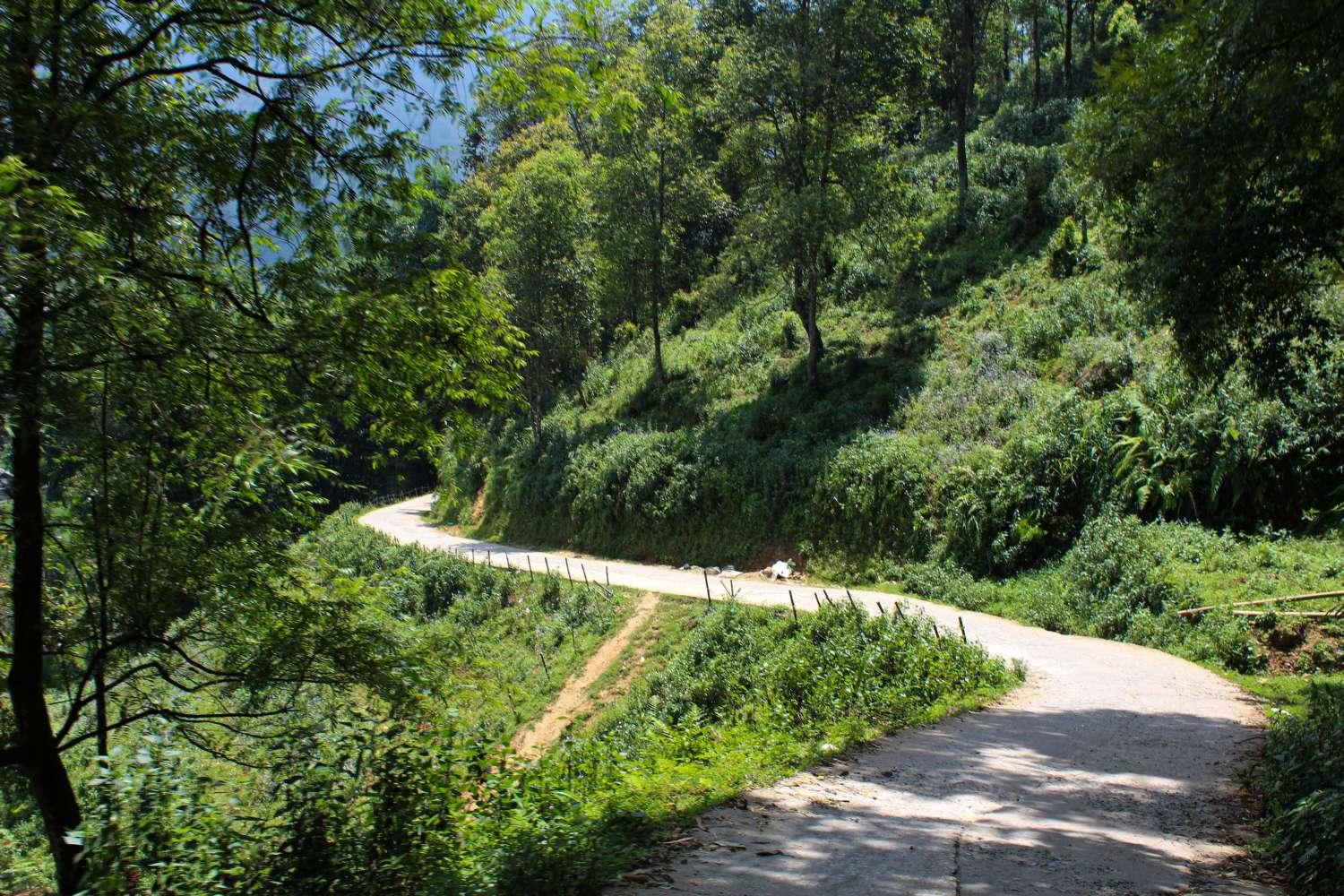
The fields were vast and endless; I stopped briefly to take in the fresh air and the aroma of rice plants and the scent of the flowers and the sap or the milk of the plant that comes with the ripeness of the plant itself.

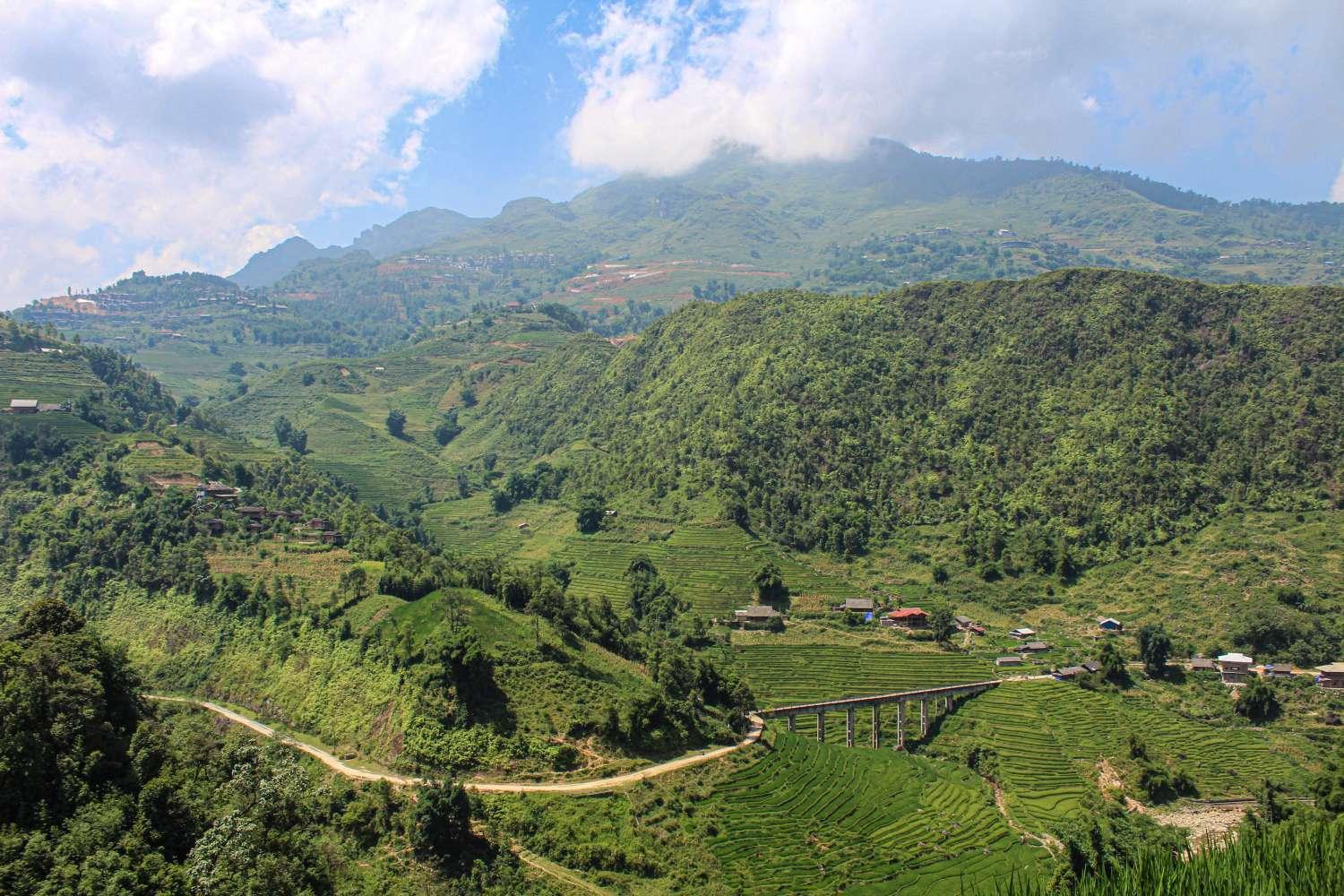


The cable car journey spanned over several valleys and climbed up several tall mountains. Looking down, I was in awe of the country I live in, its landscape, and the powerful force that Nature can really have. I was in awe of the painting, the contours and the strokes of the rice terraces made. I was in awe of the vastness of the forests which covered the hills of Sapa. I was in awe of the clouds which the cable car seemed to just breeze past. I was in awe of the wind, the raindrops, and the sky.




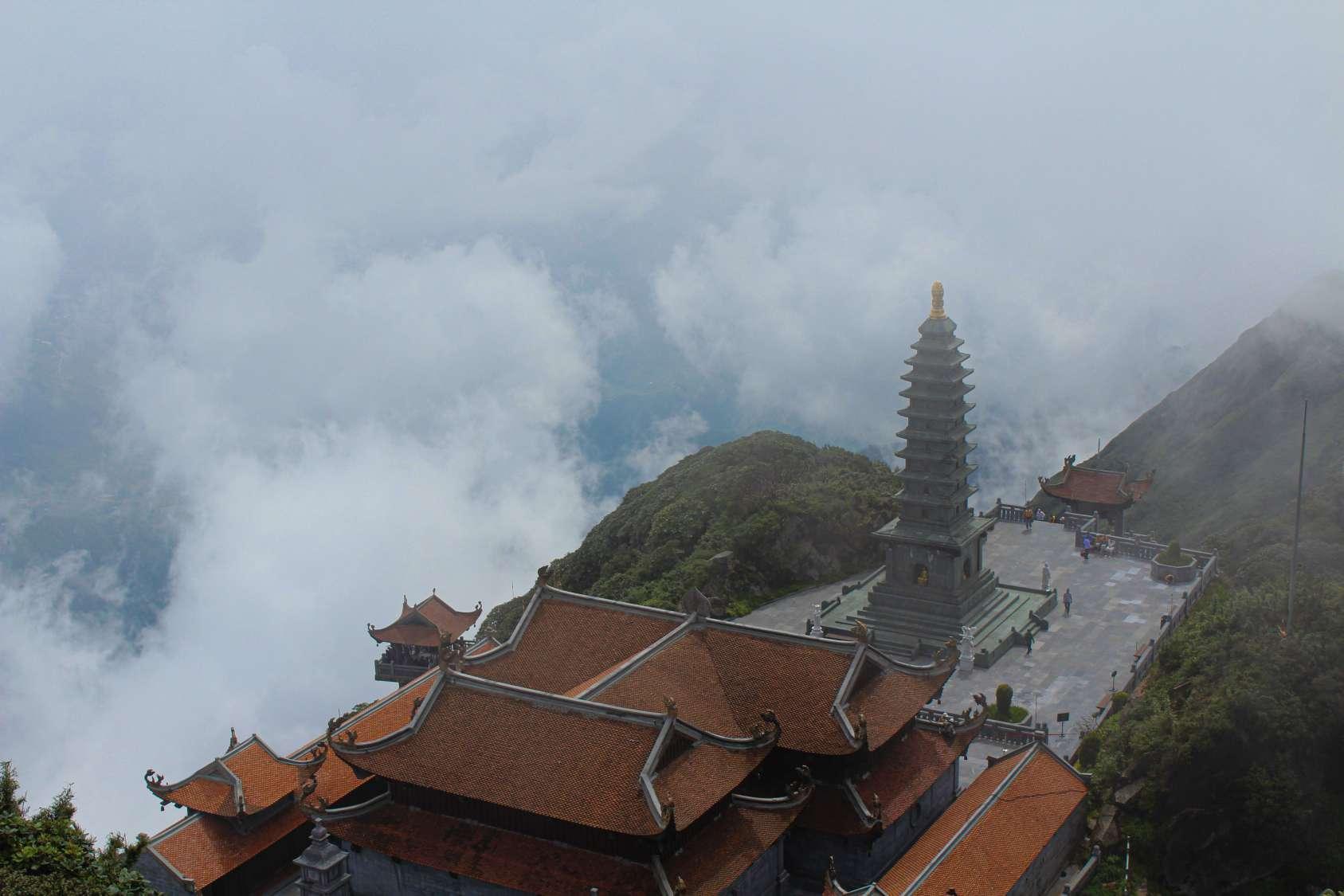

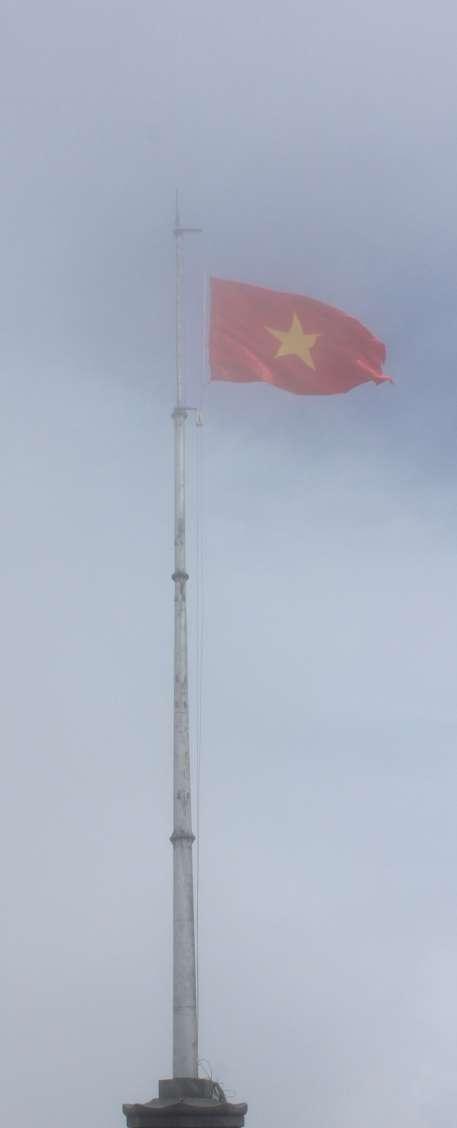

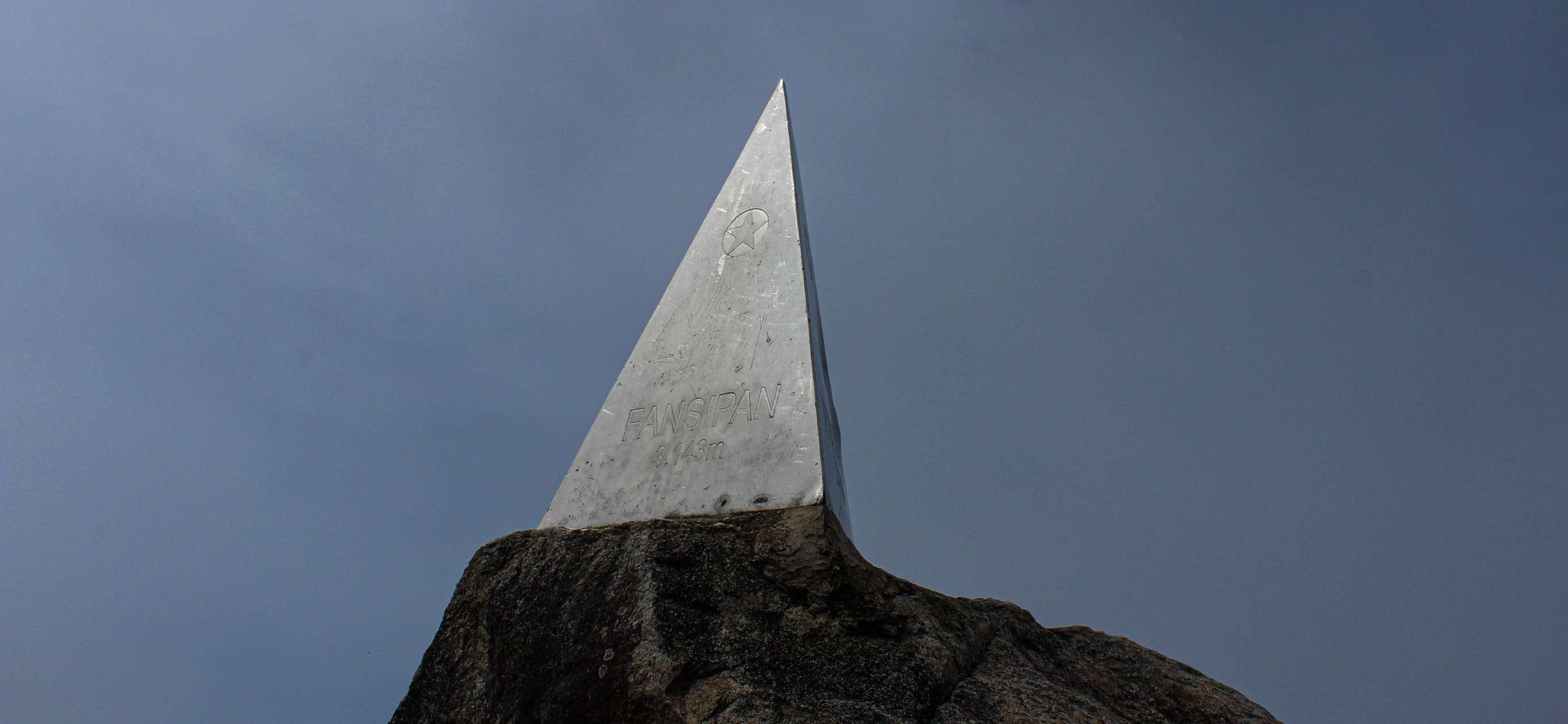
The rooftop of Southeast Asia. A metal triangular prism marked the top of the mountain at 3143m above sea level. I could only see clouds surrounding the platform upon which the prism was based. The wind was louder than the other tourists who were there on the platform. The flag of Vietnam was rocking with the wind. For the first time, I could say I reached the top of a mountain!




The Bac Ha Market only convenes on Sundays from 5.00AM to 2.00PM in Bac Ha province in Lao Cai. Vendors from near and far away meet here to socialize and to exchange foods, animals, clothes, and other goods. It is one of the last traditional tribal markets in Vietnam belonging to the traditional people that inhabit this area.

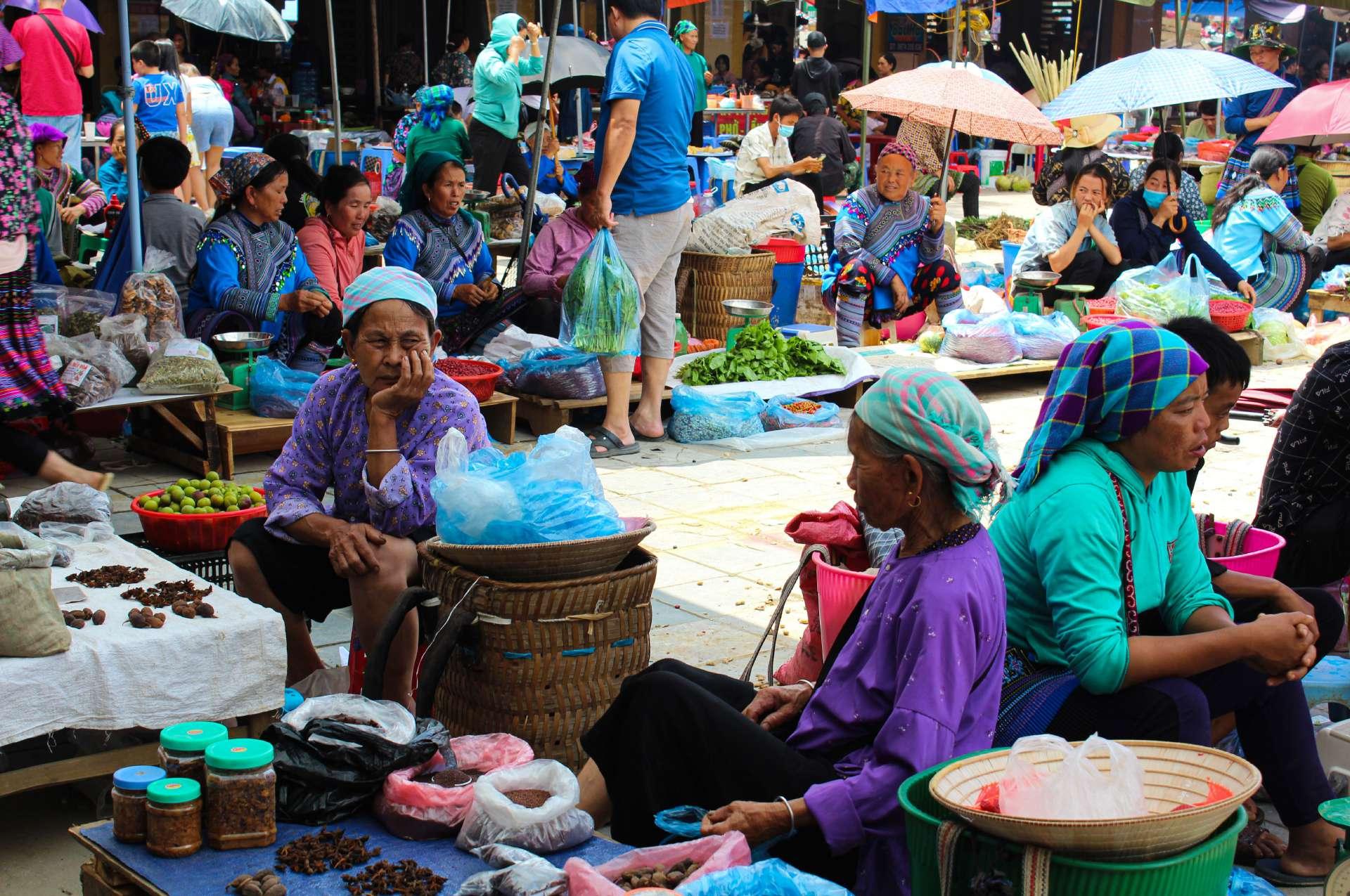



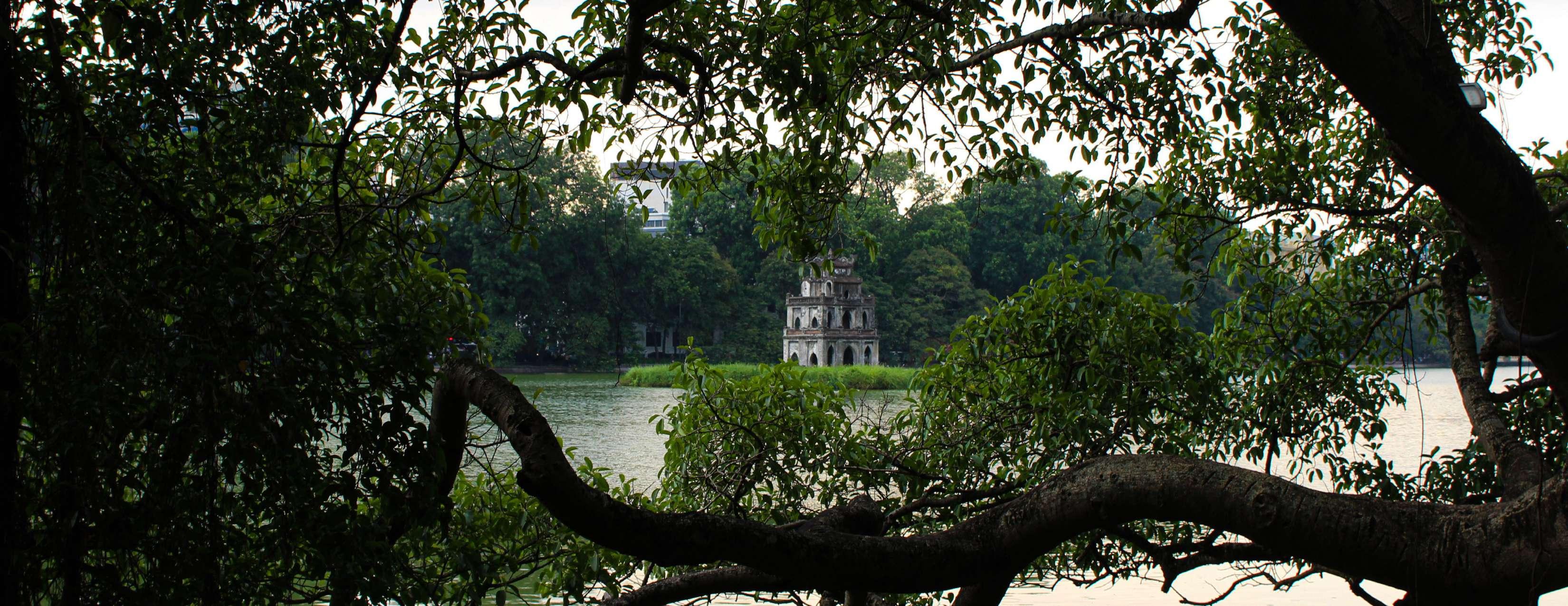

Có những ngày bản thân chênh vênh đáng sợ, la cà khắp các chống cà phê, gọi một ly cà phê thật đắng, ngắm nhìn dòng người qua lại tấp nập chỉ để kiếm tìm một cảm giác an yên.

Hanoi’s Old Quarter - Source: https://en.nhandan.vn/culture/heritage/item/3282702-exhibition-features-the-history-of-hanoi%E2%80%99s-old-quarter.html

The name Hanoi means between two rivers which sums up the region’s geographical location well. The region around today’s Hanoi was often the center hub of historical Chinese conquerors. Ly Thai To, the first ruler of Vietnam, chose the site of Hanoi (then called Thang Long) to be the capital. It has remained that way ever since. Under French rule, Hanoi became the capital of French Indochina. The French sought to expand their influence and Hanoi’s proximity to the Chinese border was of particular interest to the French. In the Battle of Dien Bien Phu in 1954 the French surrendered control of Hanoi back to the Northern Vietnamese government. After 1975 and the Liberation of the South, Hanoi was officially designated capital of the country.
Hanoi is the historic capital of Vietnam. Much of the historical relics of past rulers remain in the city. Walking around Hanoi’s city center, you will fall in love with the Hanoi Old Quarter which are streets lined up with houses and structures built during the French rule. Each of the streets had a name which signified what the street would sell: for example, Hàng Da would sell anything leather since “da” is leather in Vietnamese. Nested in the middle of the city is the historic St. Joseph’s Cathedral near Nha Chung Street. Further into the center, you will see the Ngoc Son pagoda positioned in the middle of the ancient Hoan Kiem Lake. Hoan Kiem lake plays an important role especially in Vietnamese mythology. The tale surrounds Le Loi, a great warrior defending Vietnam from the Ming Dynasty of China, and a powerful sword bequeathed to Le Loi by the Dragon King to defend the country. After the wars, the sword had to be returned to the Dragon King. A golden turtle god Kim Qui received the sword on the lake and was never to be seen again. The name “Hoan Kiem” means the Lake of the Restored Sword.
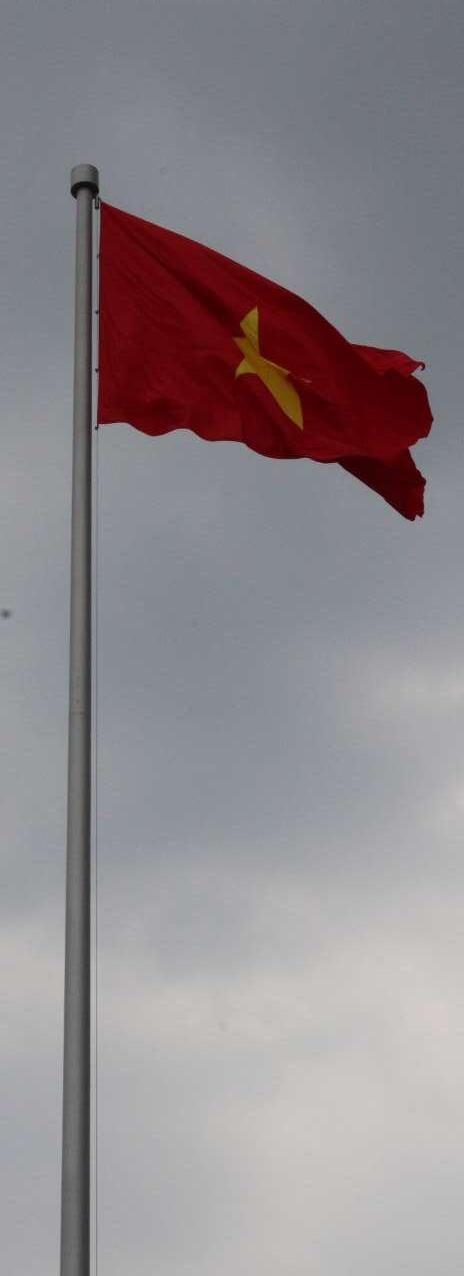
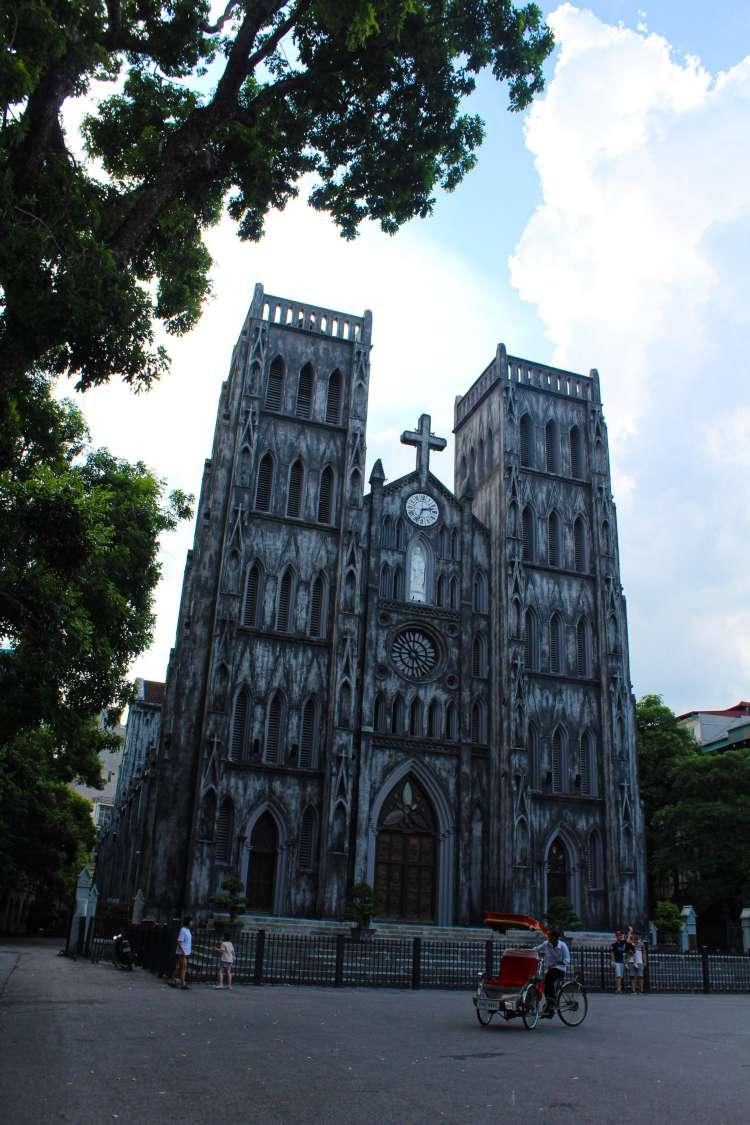

You can hear the bells of the Cathedral echo through the streets of central Hanoi. In the middle of the Old Quarter, this cathedral is a favorite for locals and tourists alike. You can find restaurants, cafes, tricycles hanging around the main square here.





The Old Quarter is known for streets like these: structures built hundreds of years ago lining up the two sides of the street with the front of the building renovated in to restaurants, “Nhau” places, and stores. Hang Bia street has one of the most bustling nightlife scene in Hanoi. People from around the city site on plastic chairs on the street and eat their hearts out.



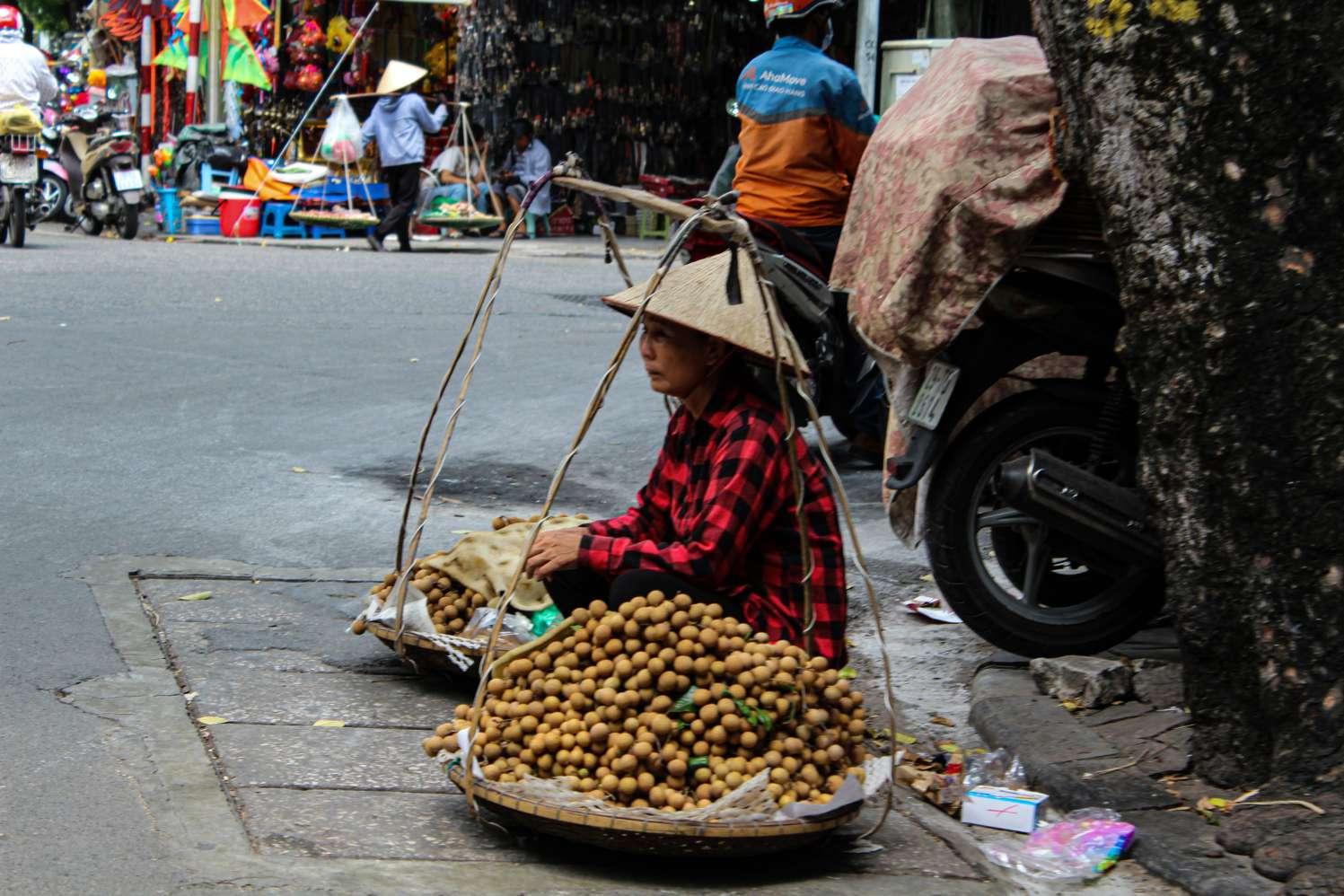





This is the Long Bien bridge. It is undoubtedly one of Hanoi’s most historic site. This bridge, built by the French between 1898 to 1902, is the first ever steel bridge that crossed over the Hong River. The bridge it self is 2290m long and is designed for a railway to operate in between the two road segments. It was originally meant for bicycles and pedestrians.

The Long Bien bridge has witnessed some of the biggest moments of the Vietnamese wars against the French rule and the American Rule. In 1945, when Uncle Ho read the Declaration of Independence at Ba Dinh Square, the bridge was filled with people walking from the other side of the river to the square. In 1954, when the capital was liberated, the bridge witnessed moments of celebration on the streets of Hanoi.



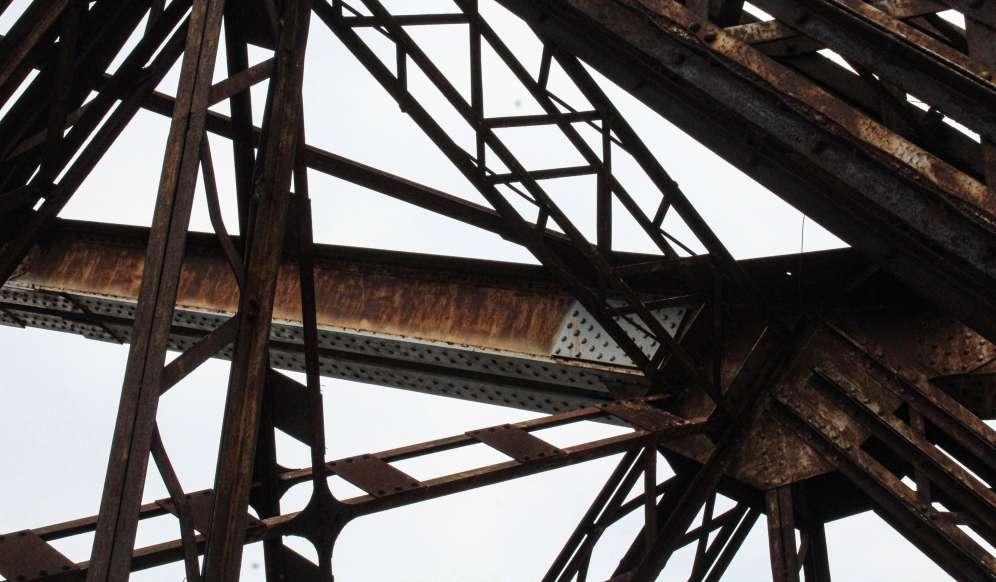

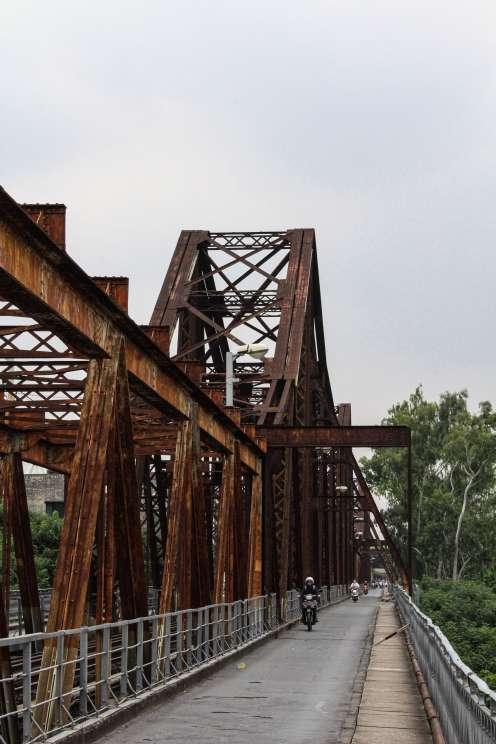
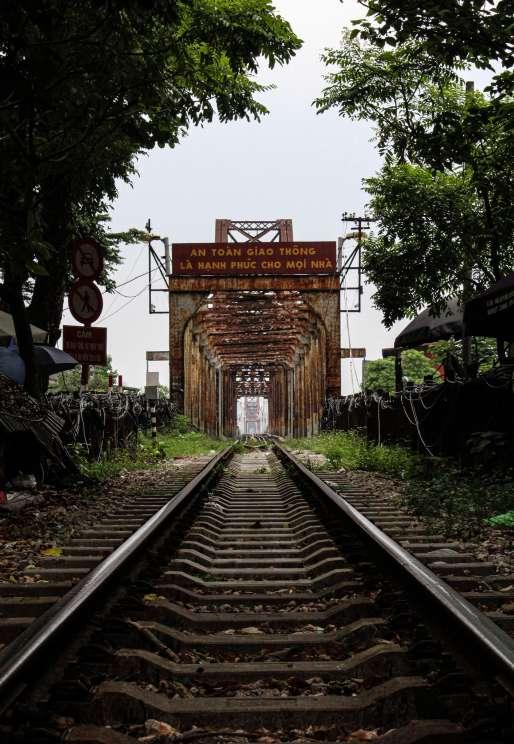





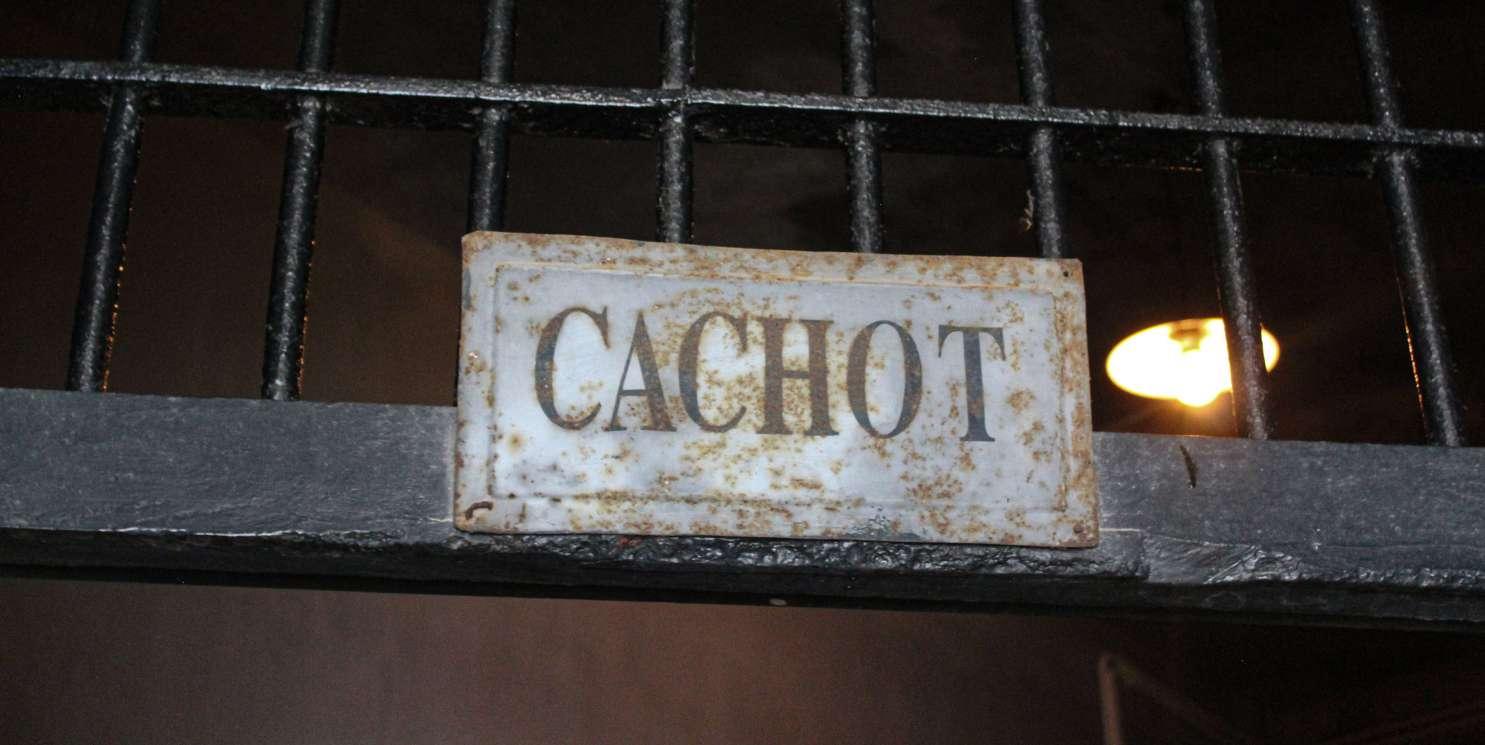



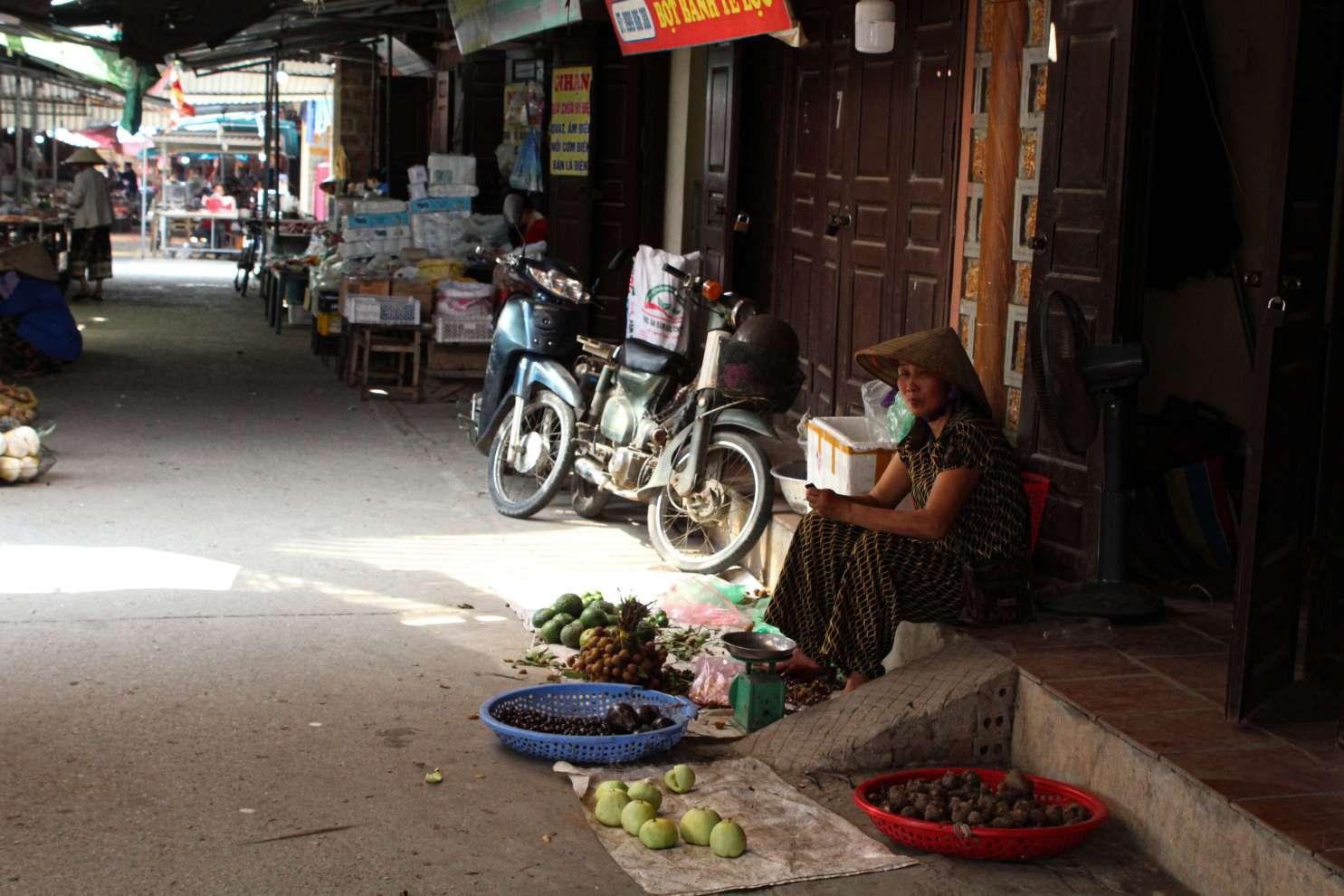

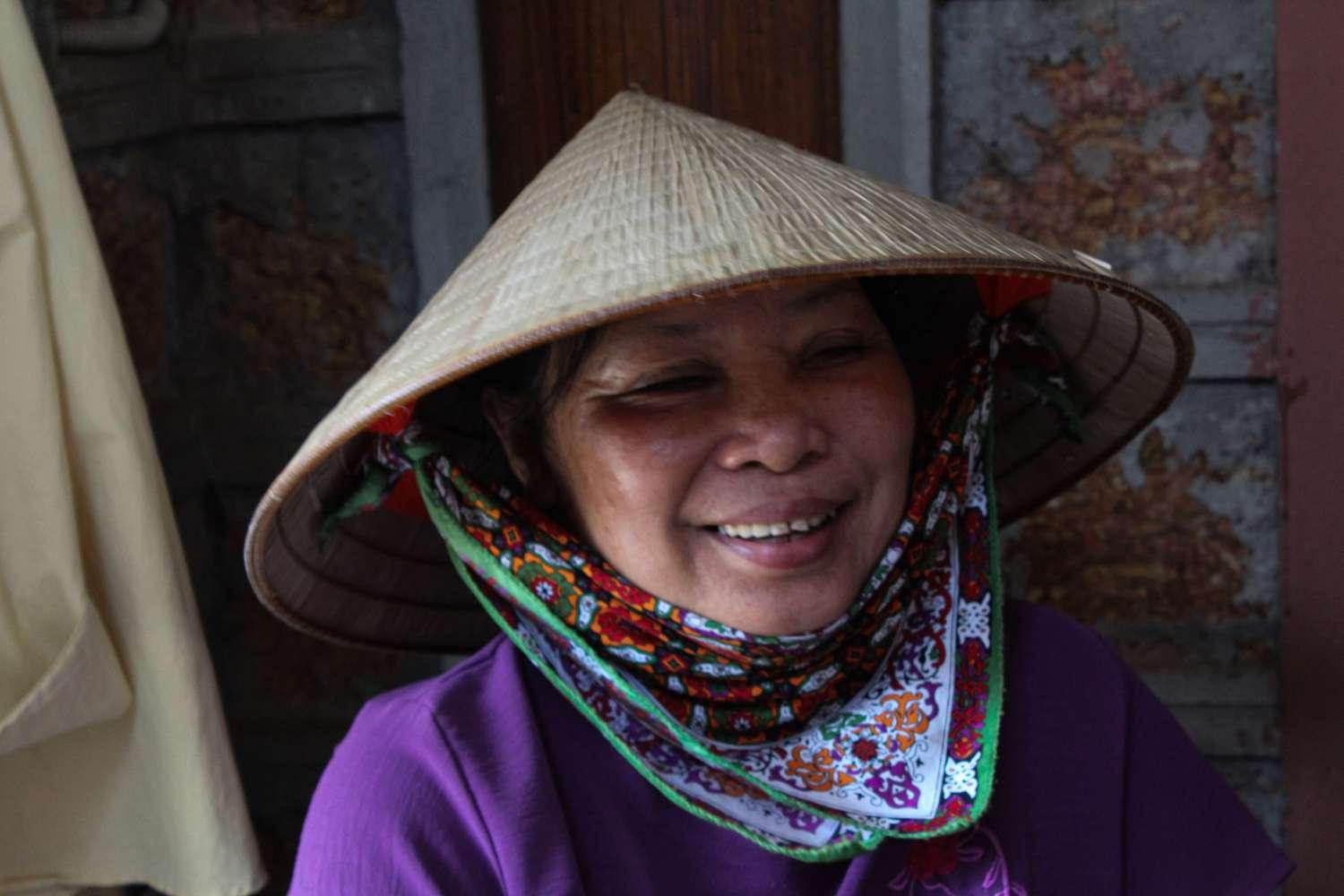


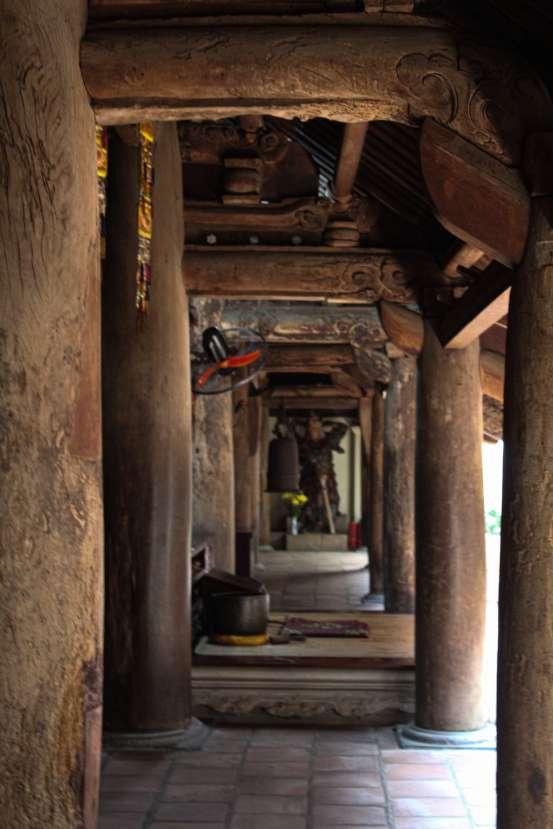

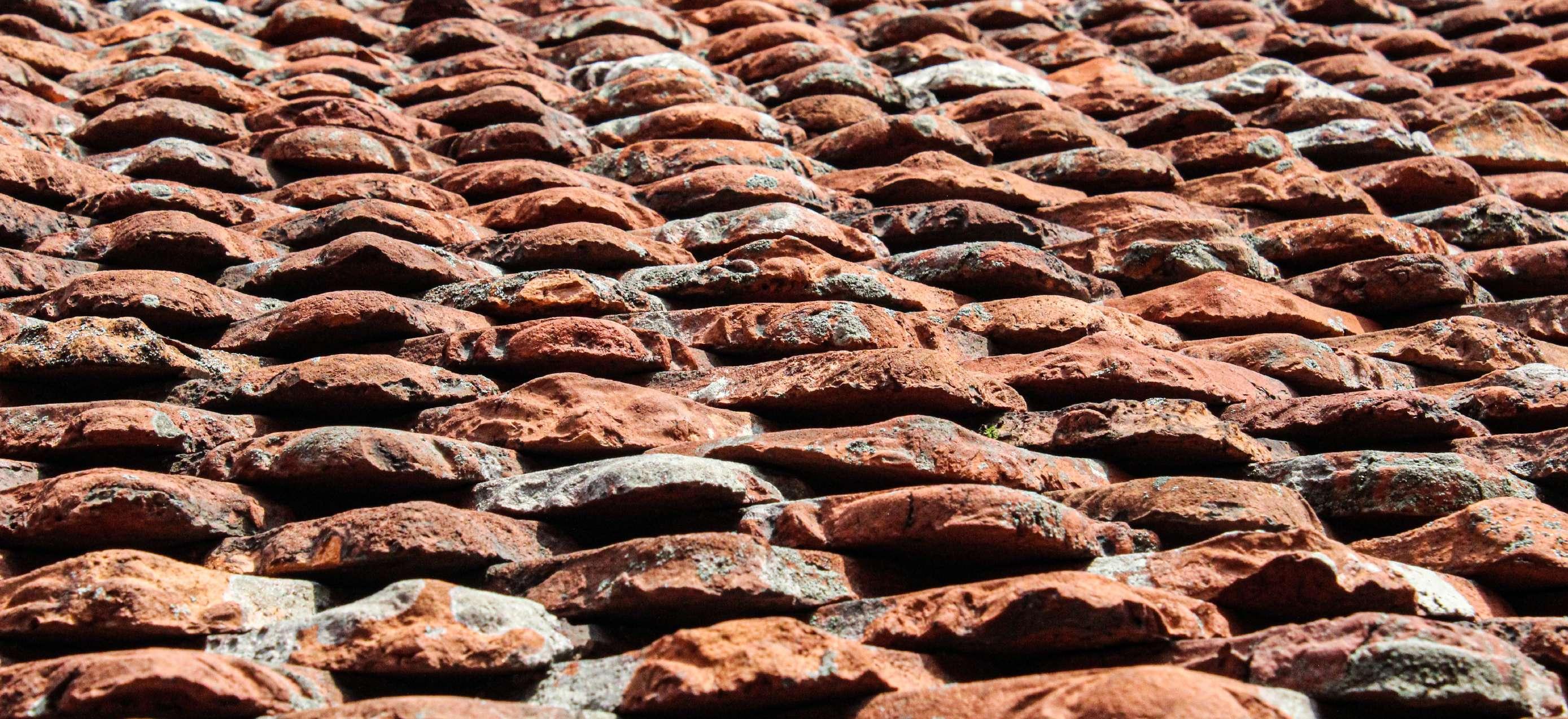







Sài Gòn về đêm quyến rũ và huyền ảo nhờ ánh đèn lung linh sắc màu. Nhịp sống sôi động về đêm của Sài Gòn bắt đầu. Một Sài Gòn nhộn nhịp như hớp hồn kẻ sa chân lạc bước.

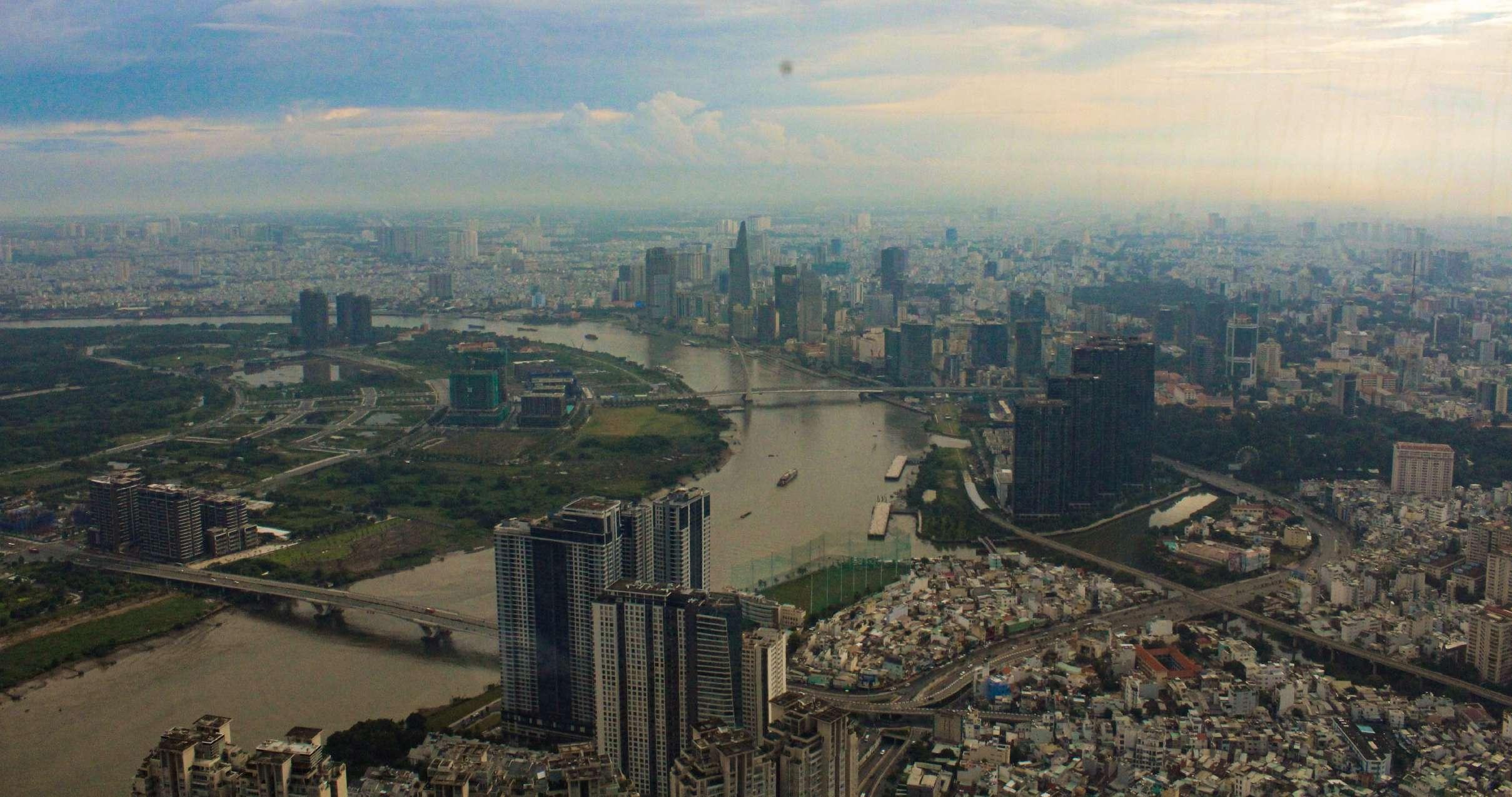
Sài Gòn chợt nắng chợt mưa
Ta về mang cả tình chưa ngỏ lời
Tiếc chi mà dạ rối bời
Ngập ngừng chi… Nước sông rời bờ xa
Gió lùa quặn thắt tim ta
Cây cầu nghiêng ngả… Bóng xa thật rồi
Mây trôi! Mây có bồi hồi?
Còn ta ngồi đó…Hồn rồi… đi đâu?
Hồi suy tưởng xiết nông sâu
Lòng đan trăm nẻo chân cầu nước trôi…
Thắm Trịnh
This poem describes a rainy Saigon, a romantic Saigon filled with memories and nostalgia. The author describes the flow of emotions with the stream of the river running straight through Saigon. The poem describes the timelessness feel of Saigon through an emotional lens.






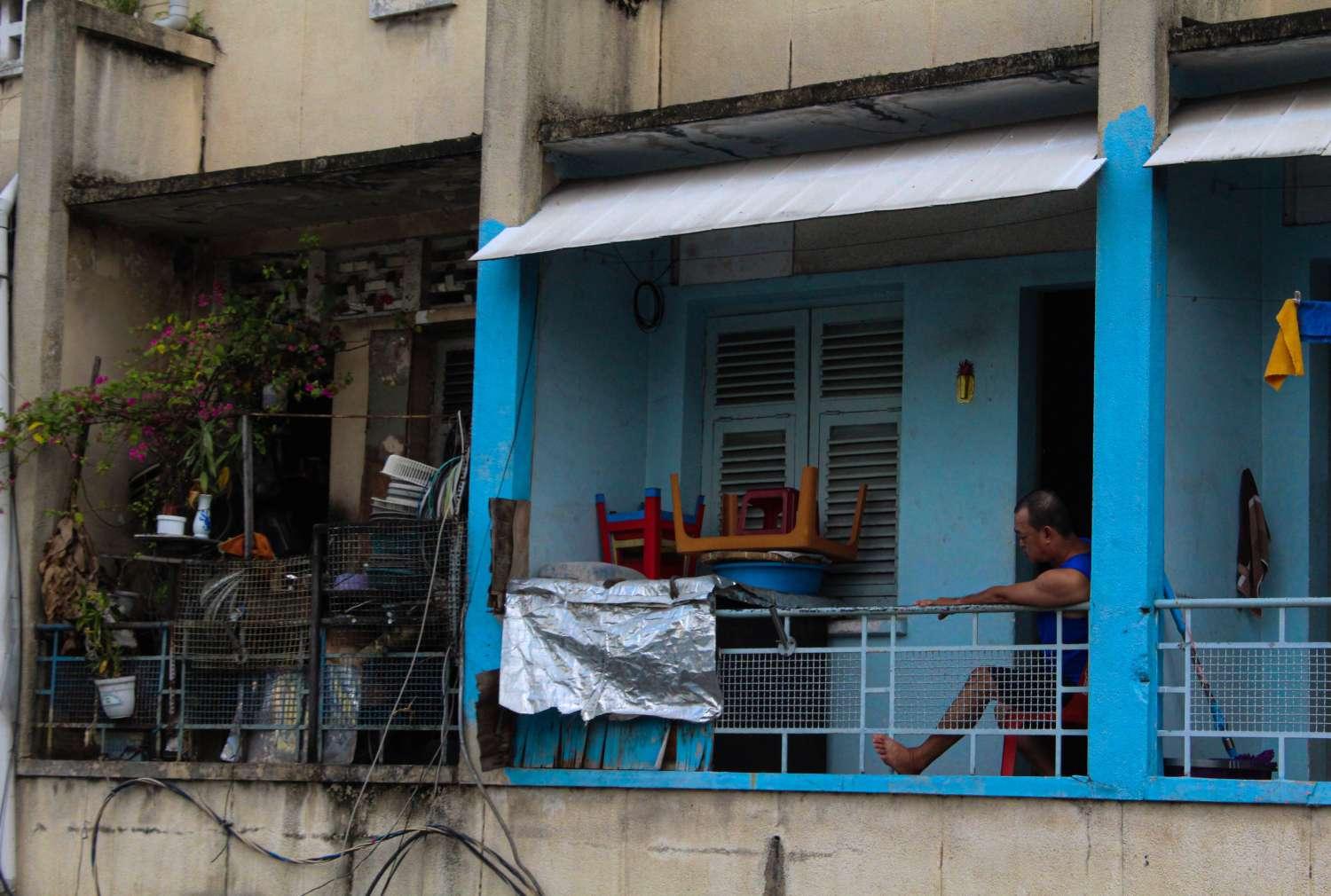
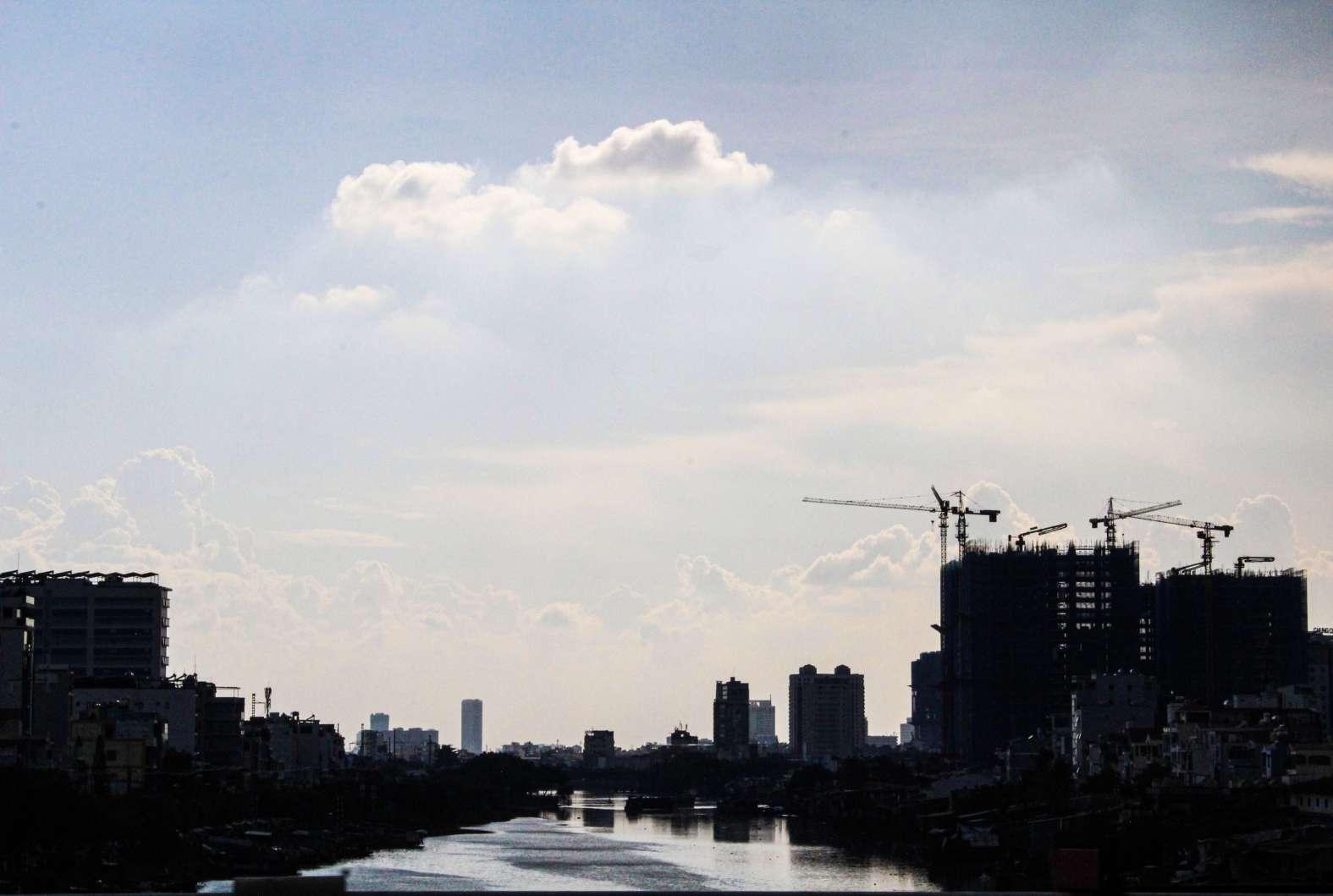
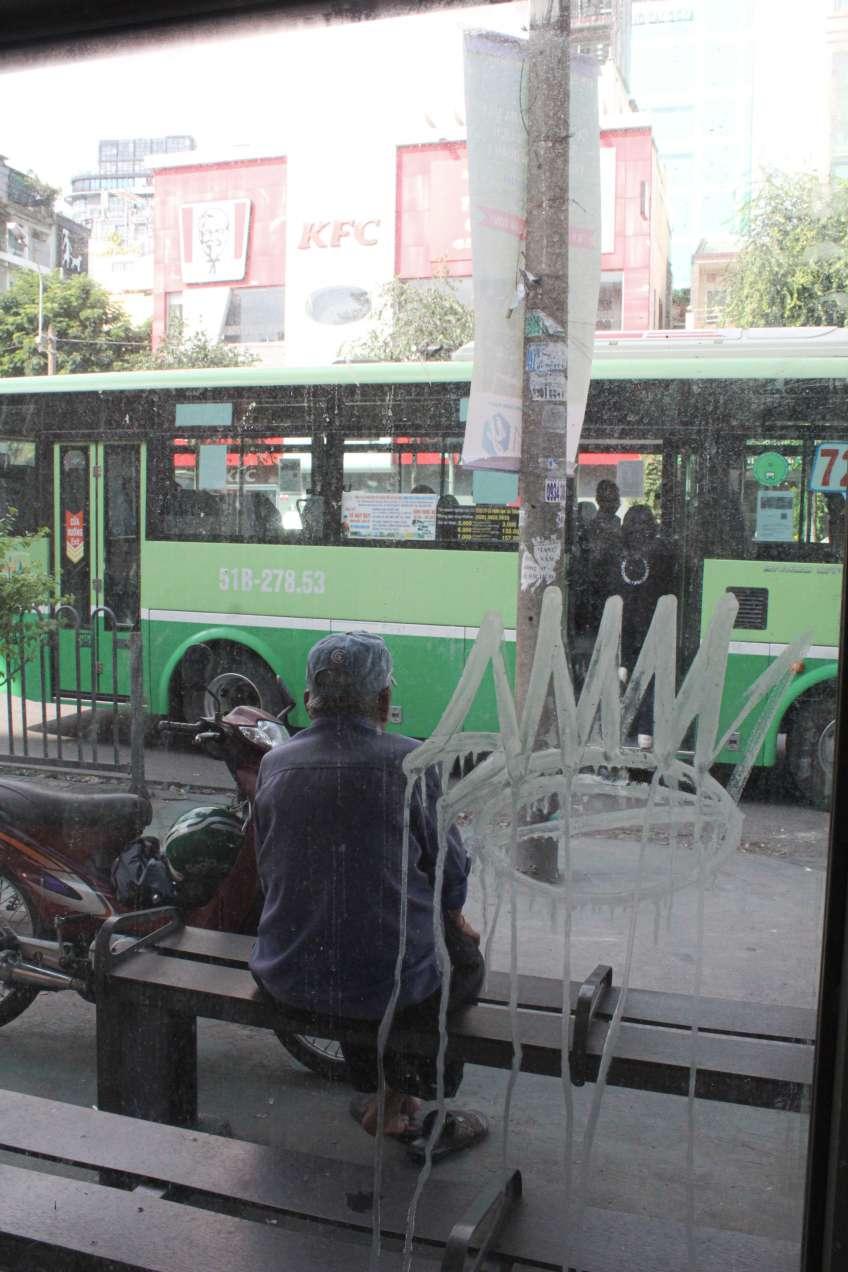



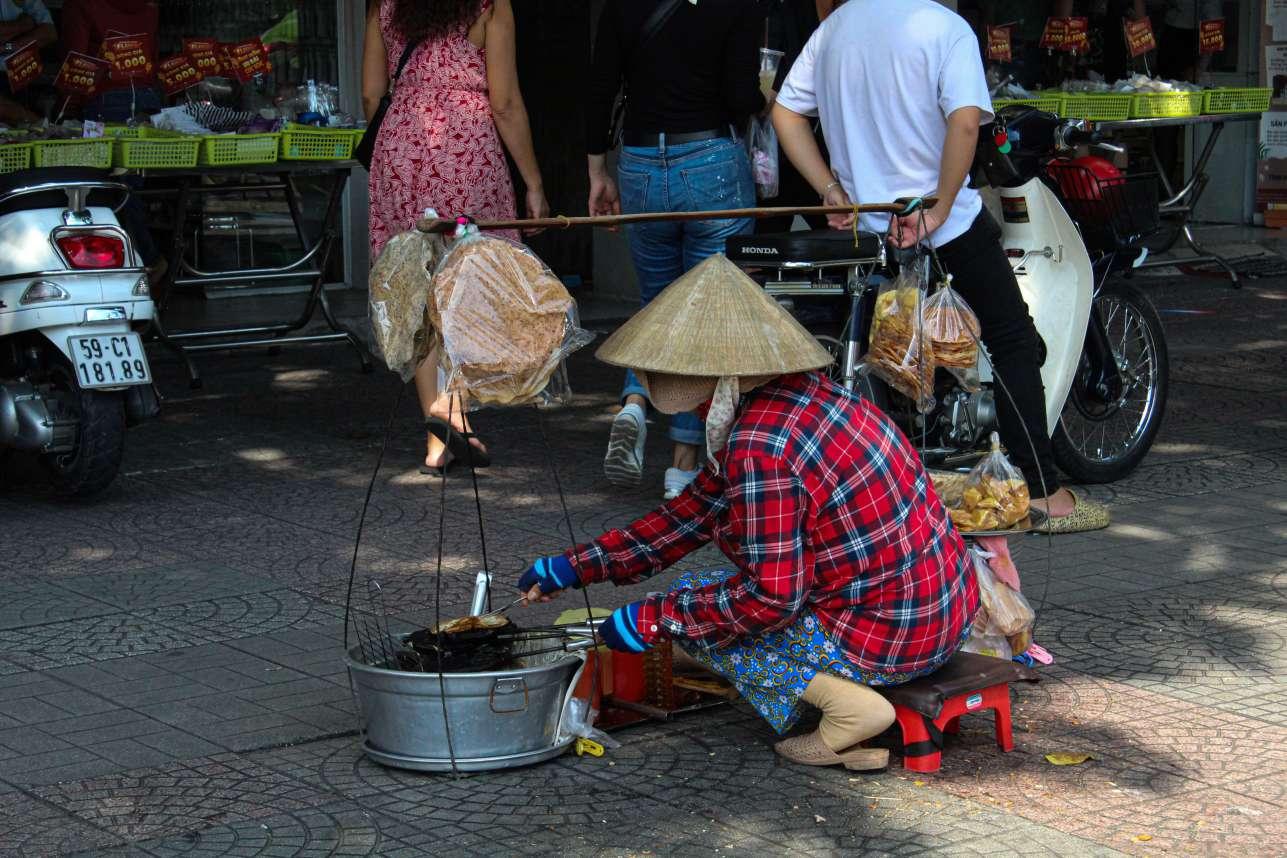


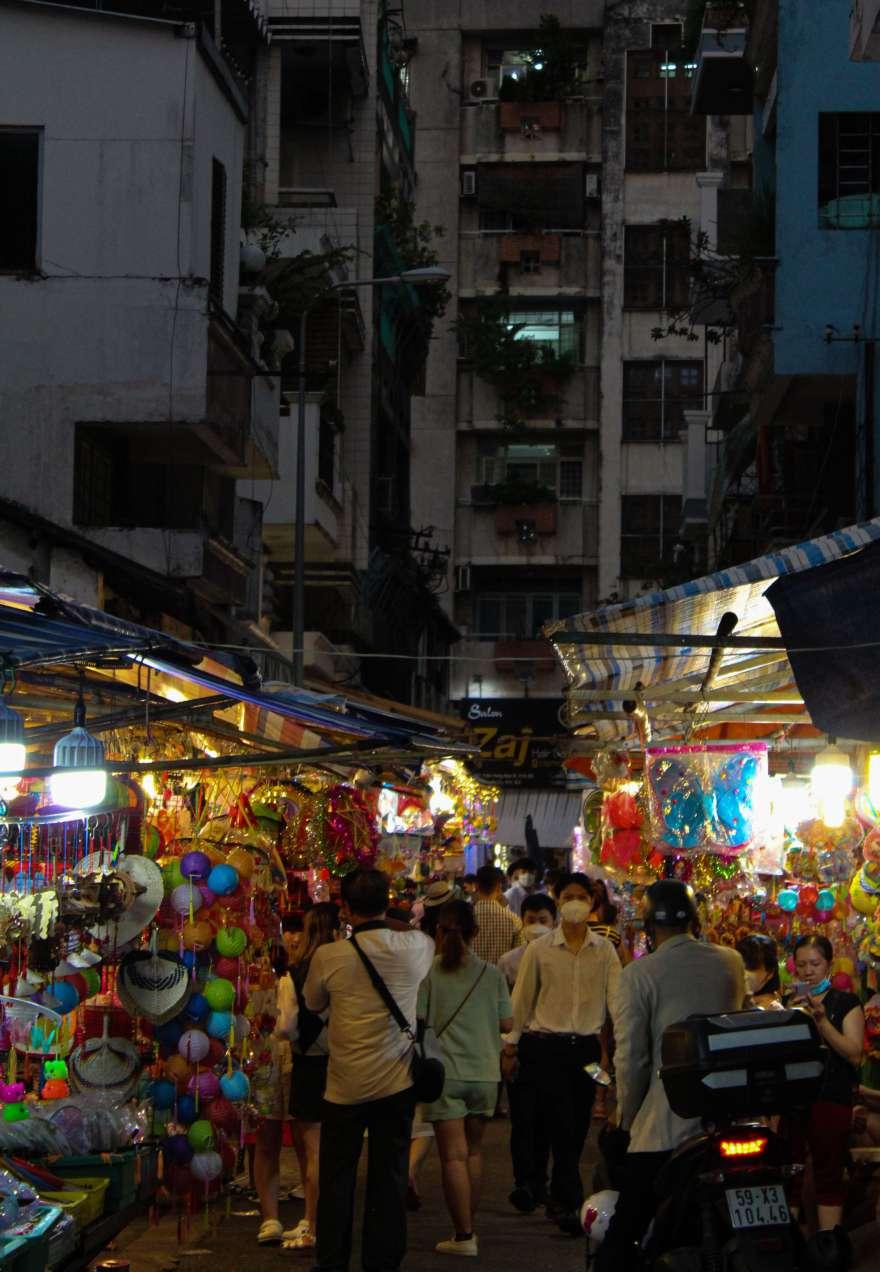




Ben Thanh market is one of the oldest markets in Vietnam. The version that still exists today was built in 1912. The market was built before the French invaded Gia Dinh (the region was called that back then). Originally, the market was next to the Ben Nghe river and was used to greet and provide services to wandering guests and merchants.

Entering the North Door of the market, the first thing I noticed was flashing colors red, blue, green, white, purple, pink, yellow, orange, you name it. As I walked further into the market I was greeted with more bright colors as well as vendors on the side who enticed me into buying souvenir foods, snacks, dried produce, and sweets at very cheap prices.

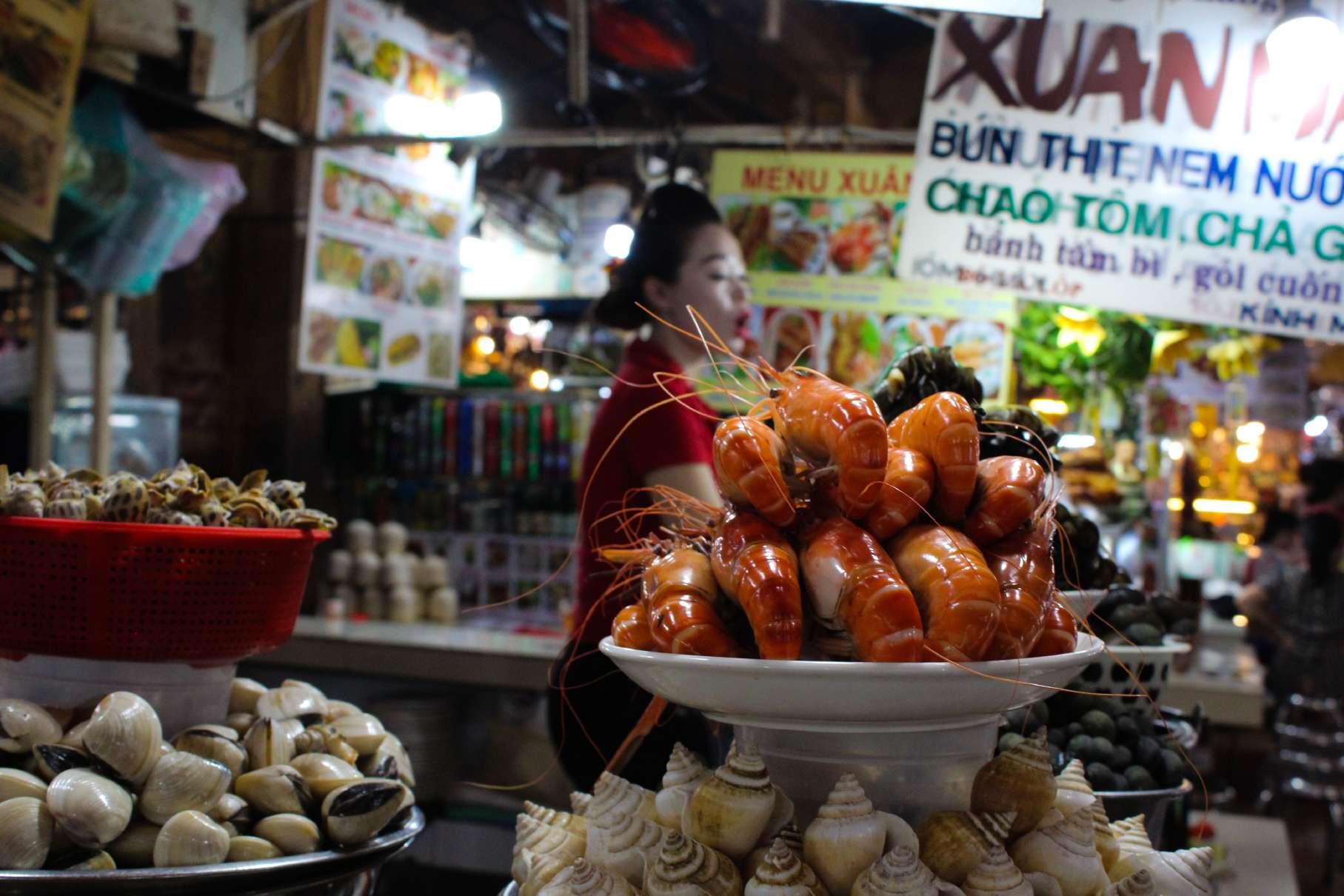

In the food section of the market you can find stalls selling seafood, traditional Chinese dishes, Northern Vietnamese dishes, Southern Vietnamese dishes, smoothies and juices, and so much more. Those mini restaurants are structured like mini cubes where a tiny kitchen would be set up behind a glass panel; you would be served your dish on the other side of that glass panel. Gordon Ramsay cooked at one of the stalls, Xuan Mai, a decade ago; the stall still exists today and the owner still fondly remembers his visit!

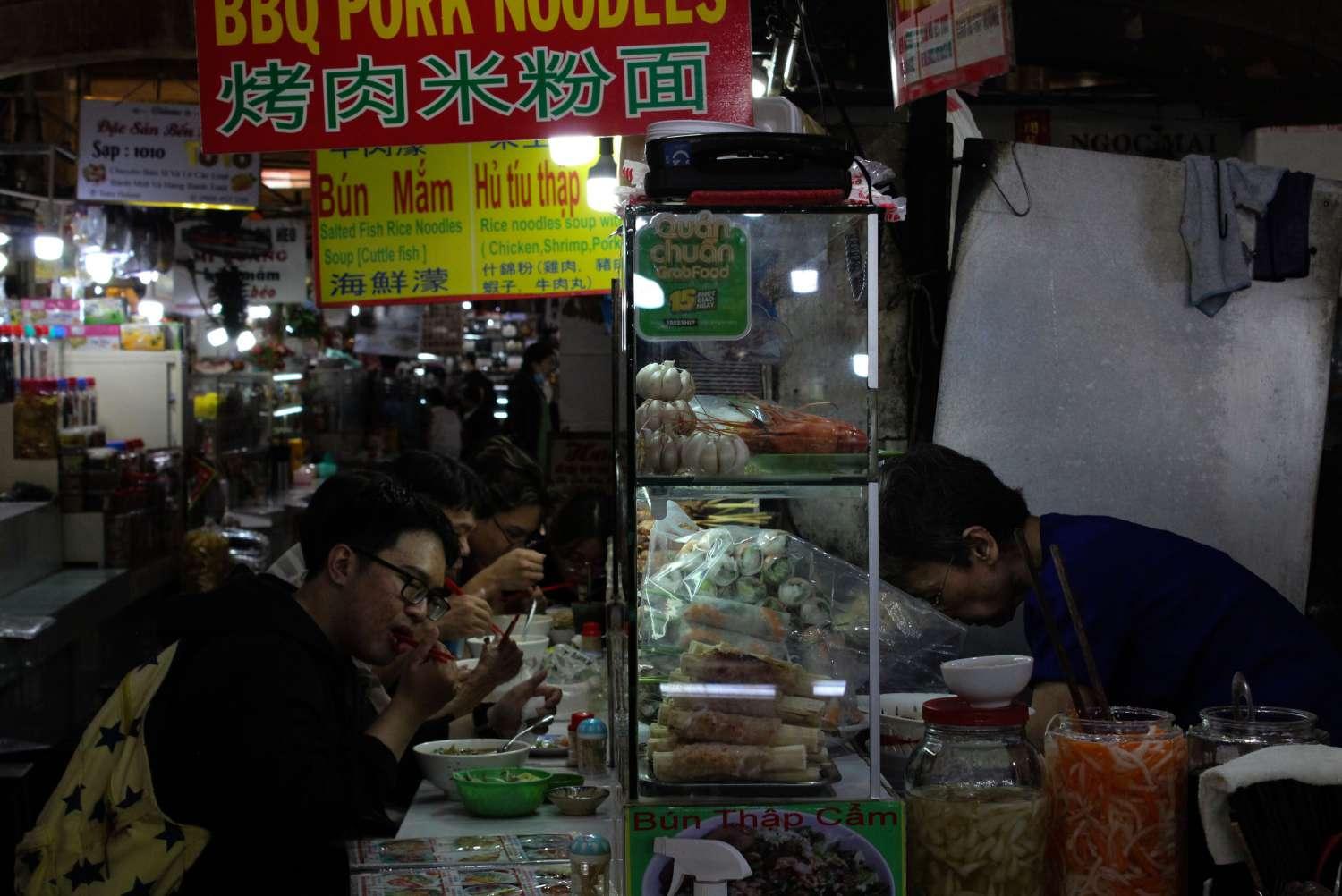

The Saigon Post Office is one of the most famous building works in Saigon, carrying significant historical meaning and evidence of the development of Saigon urban society into Western models of urbanity (more specifically French). The opulent and spectacular virtually symmetrical architecture inside the tall halls of the post office, the ancient clock that remained from the original building that still works today, and different remnants of the original building like the statues outside the post office building or the tiled floors that still exist today are what draws tourists into visit.
It was built between 1888 to 1891 by several French architects. The architecture of the building is a fusion of European and Asian aesthetics; the symmetrical building frame has 2 two-story segments on the sides and a three-story segment in the center with a sloped roof. The entryway is a giant arc lined up with steel painted green, which contrasts with the vastly light yellow interior to create a feel of ur ban space. Since 1891, the Post Office has served Ho Chi Minh City for 131 years.






 Saigon Post Office
Saigon Post Office
One and a half months, 6 cities, over 3,850km, my summer adventure comes to an end. It started ever since I landed at Tan Son Nhat International Airport at the beginning of June. Within several days I was packing my bags for my first trip to Phu Quoc, where I learnt about the rise of the Phu Quoc tourism industry and a case study of its impact: the Ham NInh Pier Bridge. Afterwards, it was a memorable overnight train journey to Quy Nhon where I reunited with my extended family and had the chance to learn more about the relics of wartime through an inter view with a surviving soldier.
After a brief break back in Saigon where I paid a visit to the Saigon Post Office, I was off again to Buon Me Thuot where I visited the Buon Me Thuot Exile House and spent several days going to different villages and learnt more about stilt house culture in the Central Vietnamese region. Finally, to end it all off was a two-week excursion up the North of Vietnam to Sapa and Hanoi. At Sapa, I had the opportunity to teach English classes at a local vocational center, embark on a multi-day mop-ed excursion, visit the top of Fansipan mountain, and walk through the rice terraces with locals.
Returning to Hanoi, I visited the Duong Lam ancient village, the Bat Trang pottery town, and went on a Hanoi food tour on a tricycle. I landed back in Saigon just several weeks ago and ended off my journey to explore the Vietnamese Narrative with a day trip at Ben Thanh Market.
Throughout this trip I learnt about the nature of change in Vietnam and all of its intricate intersections, the balance between tradition and modernity, as well as discovered an image of a wartime Vietnam through the eyes of people who lived through it. Through this experiential travel experience, I developed a greater sense of appreciation for my home, its history, its beauty, as well as its potential to become something bigger. Thank you for following me along my summer journey.

 Sapa, Lao Cai
Sapa, Lao Cai